Costa Rica Food Guide: 30+ Things To Eat In Costa Rica & Where And When To Eat Them
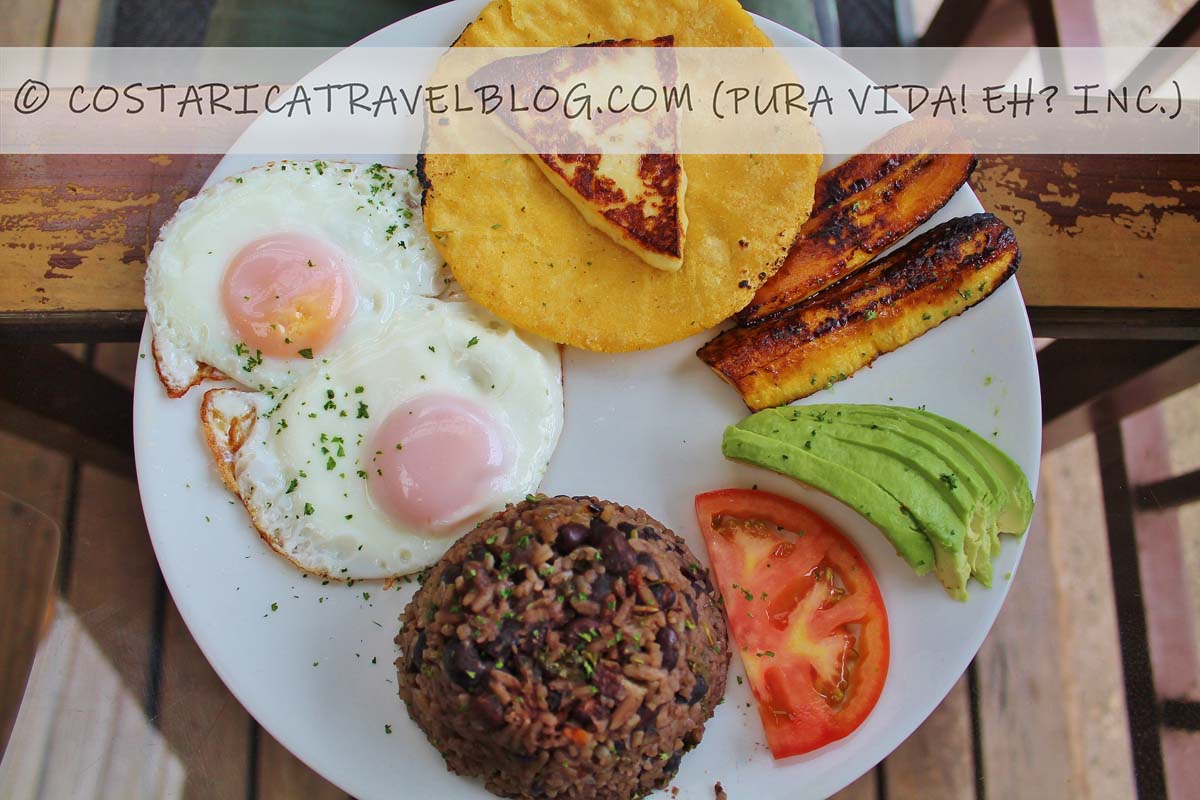
Last updated on May 10th, 2022 at 05:55 pm GMT-6 (Costa Rica time)

Written by Nikki Solano
Nikki is the CEO of Pura Vida! eh? Inc. (Costa Rica Discounts), and the author of the guidebooks Moon Costa Rica (2019, 2021, 2023, and 2025 editions) and Moon Best of Costa Rica (2022 edition) from Moon Travel Guides. Together with her Costa Rican husband, Ricky, she operates the Costa Rica Travel Blog, created the online community DIY Costa Rica, built the Costa Rica Destination Tool, oversees the brand-new (summer 2023) Costa Rica Travel Shop, and designed the Costa Rica Trip Planning 101 E-Course. Also, Nikki wrote the Costa Rica cover feature for Wanderlust Magazine's sustainability-focused Travel Green List issue, showcased Costa Rica destinations and experiences on Rick Steves' Monday Night Travel show and podcast/radio show, and served as the Costa Rica Destination Editor for Essentialist, a luxury travel brand. Want to show your appreciation for her free article below? Thank Nikki here. ❤️️
Get the Costa Rica info you need by browsing our article's TABLE OF CONTENTS:
- Who’s hungry for some Costa Rican food?
- Arroz con leche (rice pudding)
- Arroz con pollo, carne, cerdo, pescado, or vegetales (rice with chicken, beef, pork, fish, or vegetables)
- Cacao (chocolate)
- Casado (rice and beans with other side dishes)
- Ceviche (raw fish soup)
- Chicharrones (fried pork rinds)
- Chifrijo (chicharrones and beans mix)
- Chorreadas (sweet corn pancakes)
- Churros (fried dough pastry) and churros rellenos
- Coconut rice and beans
- Copos and churchills (shaved-ice sundaes)
- Empanadas (fried turnovers)
- Ensalada (salad), including ensalada verde, ensalada Rusa, ensalada repollo, and ensalada de pasta
- Enyucado (fried and stuffed yuca roll)
- Flan de coco (coconut flan)
- Gallo pinto (rice and beans mix)
- Helado (ice cream)
- Olla de carne (beef soup / stew)
- Pan (bread), including pan dulce, pan bon, pan casero, and budin (bread pudding)
- Patis (Jamaican-style turnovers)
- Picadillo (diced mixed vegetables)
- Pico de gallo (tomato, onion, and lime-based salsa)
- Pozol (white corn and pork soup)
- Queso (cheese), including queso blanco / casero, queso frito, and queso palmito
- Rondon (fish soup)
- Sopa negra (black bean soup)
- Sweet snacks including costillas, cocadas, and cajetas de coco
- Tamales (tamals), including regular tamales, tamal de maicena, and tamal asado
- Tres leches (three-milk cake)
- Tortillas, including tortillas de harina, tortillas de maiz, and tortillas rellenas
- Vigoron (chicharrones, cabbage, and yuca mix)
- Costa Rican foods to save on Pinterest
Who’s hungry for some Costa Rican food?
To many travelers, eating Costa Rican food is a bit like jumping off the edge of a cliff into a dark and unfamiliar pool of water hundreds of meters below. If you’ve never done it before, you’re probably half excited, half terrified, and wholeheartedly curious. Though your first time may be unnerving, hang in there; the experience is well worth the plunge. As part of our Costa Rica food guide, the article below details more than 30 of the best things to eat in Costa Rica, including traditional meals, delicious desserts, and popular snacks. Are you up for the culinary adventure?
If you’re a vegetarian, vegan, or gluten-free traveler, don’t miss our related blog posts:
Vegetarian And Vegan Dining In Costa Rica
Gluten-Free Dining In Costa Rica
Listed in alphabetical order below are our recommendations for some of the best things to eat in Costa Rica. Buen provecho! (Bon appetit!)

Continue reading below to view our meal recommendations 
Happy dining, amigos!
Arroz con leche (rice pudding)
A typical Costa Rican dessert
Arroz con leche (rice with milk) is a popular Costa Rican dessert that’s both delectable and affordable. It’s typically comprised of cooked white rice, cow’s milk, evaporated milk, sugar, vanilla, and spices, including cinnamon, nutmeg, and clavo de olor (cloves). Raisins are sometimes added.
This dish tastes slightly different from place to place in Costa Rica. Some Ticas (Costa Rican women) prepare arroz con leche with super-soft rice and extra milk which creates a creamy, almost soup-like dessert. My favorite helping of arroz con leche had slightly undercooked rice and a below-average amount of milk. Though the batch was somewhat dry, it allowed the spices to stand out and made for a delightfully flavorful dish.
Where to try arroz con leche in Costa Rica
Several typical Costa Rican restaurants (called sodas) list arroz con leche on their dessert menu. Some will automatically serve a small, complimentary bowl of the treat immediately following lunch or dinner served at their establishment. If you’re a local, don’t turn away door-to-door salespeople selling cups of the stuff in a portable cooler. It’s some of the best arroz con leche I’ve ever tasted.
How to pronounce arroz con leche
AH-ROSE / CAHN / LAY-CHAY
- Arroz: 2 syllables / equal emphasis on both syllables
- Con: 1 syllable
- Leche: 2 syllables / equal emphasis on both syllables
Arroz con pollo, carne, cerdo, pescado, or vegetales (rice with chicken, beef, pork, fish, or vegetables)
What is arroz? A typical Costa Rican lunch or dinner.
Some of the most popular things to eat in Costa Rica are rice dishes. Various types of meat, fish, and vegetables can be ordered to accompany the starchy carbohydrate. Menus usually list these plates as arroz con pollo (rice with chicken), arroz con carne (rice with beef), arroz con cerdo (rice with pork), arroz con pescado (rice with fish), or arroz con vegetales (rice with vegetables).
If you order one of these dishes, you’ll receive a plate of rice mixed with a source of protein (or a helping of vegetables), such as chicken, beef, pork, or fish. Oil or butter, as well as achiote (“annatto”, which gives the rice a yellow color and a hint of flavor), is added to the preparation. A few side dishes, which vary from day to day and across establishments, accompany the rice and meat, fish, or vegetable blend.
If you’d rather not have meat, fish, or vegetables cut finely and mixed in with rice, or if you’d rather eat meat, fish, or vegetables with a side of plain white rice (without achiote), don’t order a dish that begins with “arroz con“. Instead, order a casado (see below for more information about casados) or a plate of meat, fish, or vegetables on its own. (See the bottom of this post for more information about meat, fish, and vegetable plates.)
Where to try arroz con pollo, carne, cerdo, pescado, or vegetales in Costa Rica
Most restaurants in Costa Rica that cook Costa Rican cuisine can prepare “arroz con…“ dishes. More specifically, you’re guaranteed to get one of these authentic Costa Rican meals at an affordable price at a soda restaurant. I have yet to come across a soda in Costa Rica that doesn’t offer them.
How to pronounce arroz con pollo
AH-ROSE / CAHN / POY-YOH
- Arroz: 2 syllables / equal emphasis on both syllables
- Con: 1 syllable
- Pollo: 2 syllables / equal emphasis on both syllables
How to pronounce arroz con carne
AH-ROSE / CAHN / CAHR-NAY
- Arroz: 2 syllables / equal emphasis on both syllables
- Con: 1 syllable
- Carne: 2 syllables / equal emphasis on both syllables
How to pronounce arroz con cerdo
AH-ROSE / CAHN / SAIR-DOH
- Arroz: 2 syllables / equal emphasis on both syllables
- Con: 1 syllable
- Cerdo: 2 syllables / equal emphasis on both syllables
How to pronounce arroz con pescado
AH-ROSE / CAHN / PAYS-CAH-DOH
- Arroz: 2 syllables / equal emphasis on both syllables
- Con: 1 syllable
- Pescado: 3 syllables / light emphasis on the second syllable
How to pronounce arroz con vegetales
AH-ROSE / CAHN / BAY-HAY-TAH-LAYS
- Arroz: 2 syllables / equal emphasis on both syllables
- Con: 1 syllable
- Vegetales: 4 syllables / equal emphasis on all syllables
Cacao (chocolate)
What is cacao? A typical Costa Rican dessert.
Mmmm chocolate. If you’re like most people who enjoy indulging in chocolatey snacks, you’ll love eating chocolate produced right here in Costa Rica. Do you know that you can taste cacao—the foundation of chocolate—in Costa Rica? If you take a chocolate tour, you can learn for yourself that white, fibrous, slimy cacao seeds look and taste nothing like store-bought chocolate.
Where to try cacao in Costa Rica
The best way to taste raw, unprocessed cacao is to participate in a chocolate tour. Several destinations in Costa Rica offer them, including La Fortuna, Monteverde, Puerto Viejo de Talamanca, Puerto Jimenez, rake Bay, and Brasilito, to name a few. If you want to eat chocolate (i.e., the processed end form of cacao), you can pick up chocolate bars made in Costa Rica from a variety of grocery stores, cafes, souvenir shops, and chocolate tour offices.
How to pronounce cacao
CAH-CAHO
- Cacao: 2 syllables / equal emphasis on both syllables
Casado (rice and beans with other side dishes)
What is casado? A typical Costa Rican lunch or dinner.
Want to dine like a Tico? Doing so is easy; simply order a casado. Literally, casado means “married,” and the translation is fitting because the popular Costa Rican dish serves rice and beans beside each other on a plate. If you want to include meat, fish, or vegetables with your meal, you can order casado con pollo (casado with chicken), casado con carne (casado with beef), casado con cerdo (casado with pork), casado con pescado (casado with fish), or casado vegetariano (vegetarian casado).
Casados are always accompanied by two, three, or four side dishes, which vary from day to day and across establishments. Popular casado side dish options include ensaladas (salads, such as green salad, pasta salad, and Russian salad—more on these below), vegetales mixtas (mixed vegetables), aguacate (avocado), pure de papas (mashed potatoes), platanos fritos (fried plantains), nacho chips, French fries, hard-boiled eggs, and tortillas.
Unlike gallo pinto, which sees rice and beans mixed together on a plate and served for breakfast (see the gallo pinto section below for more information), casados always deliver white rice and either red or black beans separately on a plate for lunch or dinner.
Where to try casado in Costa Rica
All Costa Rican restaurants that serve Costa Rican cuisine—from authentic soda restaurants to more touristy establishments—offer the option to order casado.
How to pronounce casado
CAH-SAH-DOH
- Casado: 3 syllables / light emphasis on the second syllable
Ceviche (raw fish soup)
What is ceviche? A typical Costa Rican lunch, dinner, or snack.
Do you love acidic eats? If so, don’t leave Costa Rica without trying ceviche, a tangy dish comprised of diced raw fish marinated in lemon, then tossed with spices and vegetables.
Where to try ceviche in Costa Rica
Ceviche is fairly easy to find in Costa Rica. Nearly all types of restaurants sell it, including small soda restaurants and larger, fancier establishments. If you stroll around popular Costa Rican beaches, there’s a good chance you’ll come across beach vendors selling ceviche from carts on the sand. If you order ceviche from a restaurant, expect to receive it in a bowl or an elongated dish. If you buy it from the beach, you’ll eat it straight out of a plastic cup.
How to pronounce ceviche
SAY-BEE-CHAY
- Ceviche: 3 syllables / light emphasis on the second syllable
Chicharrones (fried pork rinds)
What are chicharrones? A typical Costa Rican lunch, dinner, or snack.
Chicharrones—fried pork rinds—are the favorite meal or snack of many Costa Rican meat-lovers. After cooking in a vat of oil and their own fat, chicharrones, which can be soft or crunchy to eat depending on which part of the pig is cooked, become flavorful finger foods. Though some restaurants sell chicharrones as appetizers, others offer them as full lunch or dinner meals, typically served with cooked green bananas or yuca on the side.
Where to try chicharrones in Costa Rica
Chicharrones are so popular in Costa Rica that some restaurants specialize in preparing them. Look for these types of establishments, which are called “chicharroneras,” in touristy and non-touristy towns around the country. They usually provide the highest quality chicharrones that you can get in Costa Rica.
How to pronounce chicharrones
CHEE-CHAHR-ROH-NAYS
- Chicharrones: 4 syllables / equal emphasis on both syllables
Chifrijo (chicharrones and beans mix)
What is chifrijo? A typical Costa Rican snack.
Do you love chicharrones (more info on those above) and frijoles (beans)? If so, chifrijo—a snack that combines two of your favorite loves in one dish—should be on your list of must-try Costa Rican foods.
Chifrijo, which is usually sold in restaurants as an appetizer, is a chunky salsa that’s typically eaten with nacho chips. Besides chicharrones and beans, most preparations also include cabbage, tomato or pico de gallo (see below for more information about pico de gallo), and a slice or two of fresh avocado.
Where to try chifrijo in Costa Rica
Chifrijo is the signature dish of Costa Rica’s capital city, San Jose. Though a handful of restaurants elsewhere in Costa Rica sell it, to have your pick of chifrijo preparations across restaurants (or to eat the very best in the country), order it during time spent in the capital.
How to pronounce chifrijo
CHEE-FREE-HOH
- Chifrijo: 3 syllables / light emphasis on the second syllable
Chorreadas (sweet corn pancakes)
What are chorreadas? A typical Costa Rican breakfast.
Chorreadas are Costa Rica’s take on breakfast pancakes. They’re significantly denser than light and fluffy flapjacks, however, and they taste a lot like corn. They’re also slightly sweet; no maple syrup required.
Where to try chorreadas in Costa Rica
Though chorreadas don’t appear on most Costa Rican restaurant menus, soda restaurants that are open in the morning or that specialize in breakfast dishes tend to have them. We usually spot chorreadas at authentic Costa Rican dining establishments with buffet bars, so look for buffets if you long to try this traditional Costa Rican breakfast item.
How to pronounce chorreadas
CHOHR-RAY-AH-DAHS
- Chorreadas: 4 syllables / equal emphasis on both syllables
Churros (fried dough pastry) and churros rellenos
What are churros? A typical Costa Rican dessert.
Churros are to die for, figuratively speaking. They’re sweet, doughy, and delicious, not to mention one of our guilty pleasures. Similar in taste to a variety of circus and fair foods in Canada and the US, such as funnel cakes, elephant ears, and beaver tales, these fried doughnut sticks coated in granulated sugar are a must-try treat. Some varieties known as churros rellenos (filled churros) are even richer: they come stuffed with extra sweet fillings like dulce de leche (similar to caramel).
Where to try churros in Costa Rica
It’s easy to find churros at popular Costa Rican gatherings, including fiestas civicas (civic festivals), fairs, and family events. As a foreigner, you may find it tricky to get your hands on some, however. Most restaurants don’t sell churros, but a few street vendors in town centers do.
How to pronounce churros
CHUR-ROHS
- Churros: 2 syllables / equal emphasis on both syllables
How to pronounce churros rellenos
CHUR-ROHS / RAY-YAY-NOHS
- Churros: 2 syllables / equal emphasis on both syllables
- Rellenos: 3 syllables / light emphasis on the second syllable
Coconut rice and beans
What are coconut rice and beans? A typical Costa Rican lunch or dinner.
Coconut rice and beans are similar to gallo pinto (more information about gallo pinto below) in that the meal delivers a mix of white rice and either red or black beans. However, the biggest difference between the two dishes is their flavor. If you guessed that coconut rice and beans has a hint of coconut, give yourself a pat on the back. The coconut flavor comes from cooking the rice in coconut milk (black pepper is also added to give the meal a kick).
Another significant difference between gallo pinto and coconut rice and beans (sometimes called “Caribbean rice and beans” or “Caribe rice and beans”) is the time of day they’re consumed. Though gallo pinto is served for breakfast, coconut rice and beans can be ordered as lunch or dinner meals.
Where to try coconut rice and beans in Costa Rica
Coconut rice and beans are one of several flavorful Costa Rican dishes that stem from the Caribbean. Though there are Caribbean-style restaurants spread out around that country that serve Caribbean meals (coconut rice and beans included), you’ll find the dish nearly everywhere you go on the Caribbean side of the country, especially if you plan to visit a southern Caribbean destination between Cahuita and Manzanillo.
Copos and churchills (shaved-ice sundaes)
What are copos and churchills? Typical Costa Rican desserts.
If you have a sweet tooth, get ready to drool over Costa Rican copos and churchills. Essentially the same dessert, albeit with one minor change, copos and churchills are the treat you’ll want in your hand on a hot, sticky, tropical day at a Costa Rican beach.
Ice cream (usually vanilla in flavor, or sometimes chocolate, strawberry, or Neapolitan in flavor) and shaved ice form the base of both desserts. The two ingredients are scooped into a cup and doused with condensed milk, powdered milk, and syrup. Usually red, Kola-brand syrup is used in Costa Rica (which resembles watered-down Grenadine), but we’ve seen copos and churchills prepared with syrups in a variety of colors and flavors, so the sky’s the limit to what you can get.
Churchills are copos that include a scoop of mixed fruit. They’re named after a gentleman who regularly ordered the customization and happened to resemble Winston Churchill.
Regardless of whether you order a copo or a churchill, you’ll receive the dessert in a plastic cup with a plastic spoon and a plastic straw. Some vendors also include a marshmallow for decoration and a wafer roll to help you slurp the dessert’s melted contents.
Where to try copos and churchills in Costa Rica
Copos are one of the most popular items that street vendors, park vendors, and beach vendors sell in Costa Rica. Most towns have at least one vendor, though you may need to ask a local where to find him or her on the day of your visit; they tend to move around.
Churchills are a Puntarenas specialty. The best place to try one of these twists on traditional copos is along the waterfront boardwalk known as the Paseo de los Turistas, near the tip of the central Pacific port city of Puntarenas. Street vendors and restaurants that line the promenade create the treat. You’ll also find a row of roadside vendors along Highway 23 between the turnoff to Puntarenas (Highway 17) and the Caldera port (at Highway 27). For more information about Costa Rica’s highways, don’t miss our related blog post: Costa Rica Highway Conditions By Route.
How to pronounce copos
COH-POHS
- Copos: 2 syllables / equal emphasis on both syllables
“Churchill” is an English word pronounced like Winston Churchill.
Empanadas (fried turnovers)
What are empanadas? A typical Costa Rican lunch, dinner, snack, or dessert.
Empanadas are half-moon-shaped corn patties. They’re either baked or fried and are usually stuffed with cheese, meat, vegetables, or beans if served as a savory snack. If served as a dessert, they contain sweet and syrupy fruit blends.
Though empanadas are typically small in size and can be ordered as an appetizer, lunch or dinner orders usually provide more than one empanada and a handful of side dishes.
Where to try empanadas in Costa Rica
Empanadas are hit and miss at Costa Rican restaurants around the country. Several establishments list the food item on their menu and several others do not. Ask to review a restaurant’s menu prior to entering the establishment if your purpose for dining out is to try empanadas.
How to pronounce empanadas
EHM-PAH-NAH-DAHS
- Empanadas: 4 syllables / equal emphasis on all syllables
Ensalada (salad), including ensalada verde, ensalada Rusa, ensalada repollo, and ensalada de pasta
What is ensalada? A typical Costa Rican side dish.
This suggestion may seem like it’s not worth trying since you’re probably used to eating ensalada verde (literally “green salad,” better known as “garden salad”) at home. But Costa Rica serves several other kinds of salad as side dishes that you may wish to try, like bright-purple ensalada Rusa, a potato, beet, and hard-boiled egg blend, and ensalada repollo, a vinegar-based cabbage salad. Types of ensalada de pasta (pasta salad) are available too. They’re usually made with small shell pasta and tuna.
Where to try ensalada verde, ensalada Rusa, ensalada repollo, and ensalada de pasta in Costa Rica
Many authentic soda restaurants, especially sodas that have buffet bars, serve ensaladas. Salad selection varies from day to day and across establishments.
How to pronounce ensalada verde
EHN-SAH-LAH-DAH / BAIR-DAY
- Ensalada: 4 syllables / equal emphasis on all syllables
- Verde: 2 syllables / equal emphasis on both syllables
How to pronounce ensalada Rusa
EHN-SAH-LAH-DAH / ROO-SAH
- Ensalada: 4 syllables / equal emphasis on all syllables
- Rusa: 2 syllables / equal emphasis on both syllables
How to pronounce ensalada repollo
EHN-SAH-LAH-DAH / RAY-POY-YOH
- Ensalada: 4 syllables / equal emphasis on all syllables
- Repollo: 3 syllables / light emphasis on the second syllable
How to pronounce ensalada de pasta
EHN-SAH-LAH-DAH / DAY / PAH-STAH
- Ensalada: 4 syllables / equal emphasis on all syllables
- De: 1 syllable
- Pasta: 2 syllables / equal emphasis on both syllables
Enyucado (fried and stuffed yuca roll)
What is enyucado? A typical Costa Rican snack.
Not unlike empanadas (more information on empanadas above) enyucados are small, stuffed finger foods that are typically baked or fried. They differ from empanadas in shape and fillings, however. Enyucados look like rolls, and are usually stuffed with ground beef (they can also be stuffed with cheese, beans, vegetables, or tuna). The primary ingredient in their preparation is yuca, which gives enyucados they’re name and starchy composition.
Note that enyucados in Costa Rica are significantly different than enyucados prepared elsewhere in the world, which resemble cake.
Where to try enyucados in Costa Rica
Enyucados are tough to find in Costa Rica. Your best chance of trying one is at a typical soda restaurant, though the majority of sodas in Costa Rica don’t prepare them. To save you wasted time wandering around from restaurant to restaurant, ask a local in the city you plan to visit whether he or she knows of a place in town that sells the dish.
How to pronounce enyucado
EHN-YOO-CAH-DOH
- Enyucado: 4 syllables / equal emphasis on all syllables
Flan de coco (coconut flan)
What is flan de coco? A typical Costa Rican dessert.
Flan de coco is one of the most popular desserts consumed by locals in Costa Rica. If you’ve ever tried flan in your home country, you know to expect a smooth, gelatinous dessert. If you order flan de coco in Costa Rica, you’ll receive the same: a slice of smooth, gelatinous, coconut-flavored flan, topped with a layer of sweet caramelized sugar.
Where to try flan de coco in Costa Rica
As a favorite among Ticos, you’ll have great luck finding flan de coco at many restaurants in Costa Rica, including soda restaurants and touristy establishments. Some restaurant menus list the item simply as “flan.” Though coconut is the most common flavor of flan served in Costa Rica, be sure to have the restaurant confirm that it’s flan de coco you’ll receive, not flan of a different type.
How to pronounce flan
FLAHN
- Flan: 2 syllables
Want to make Costa Rican flan de coco yourself? Check out our instructions and photos in the related blog post:
Gallo pinto (rice and beans mix)
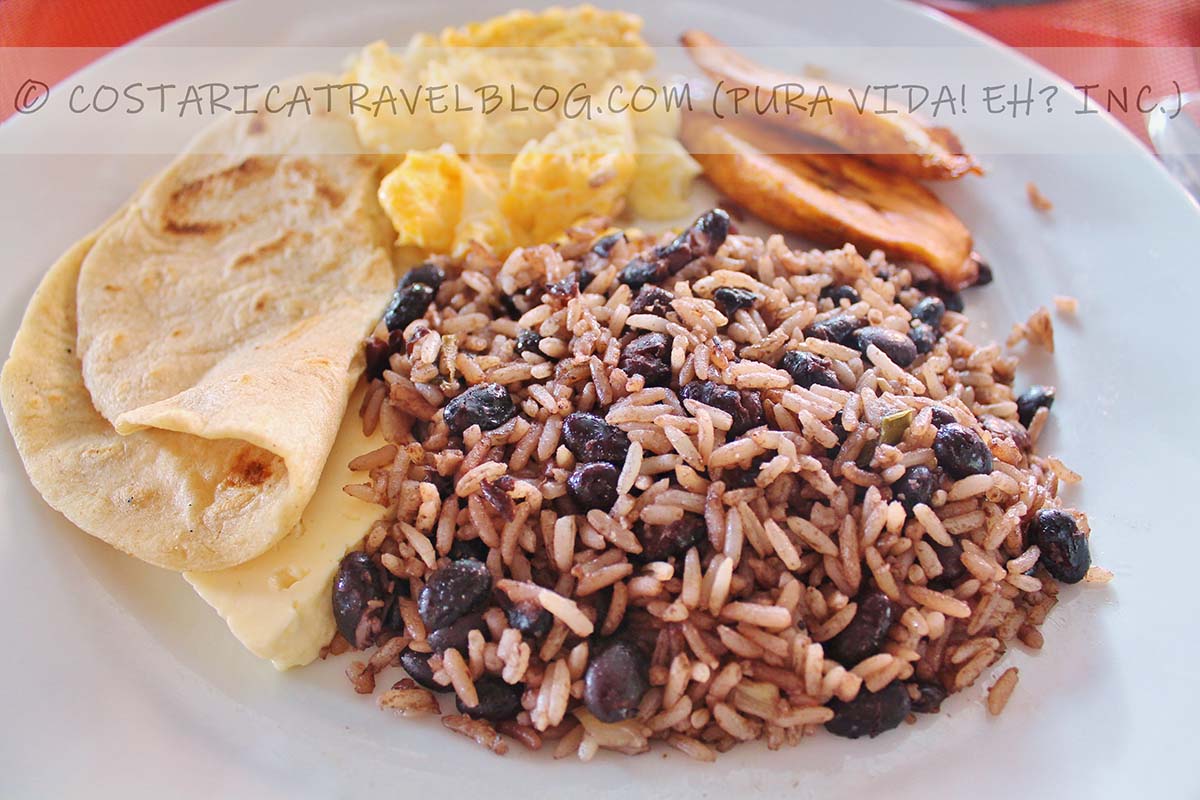
Gallo pinto; traditional Costa Rican breakfast 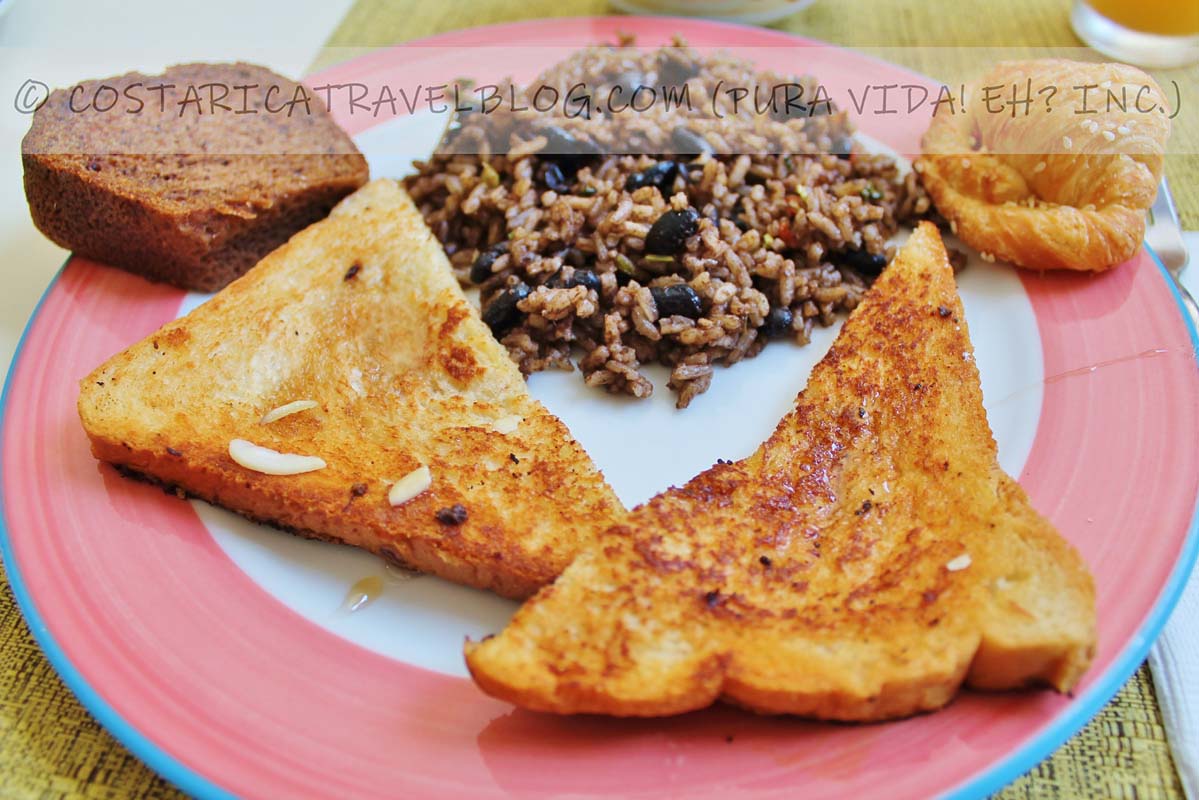
Gallo pinto; traditional Costa Rican breakfast 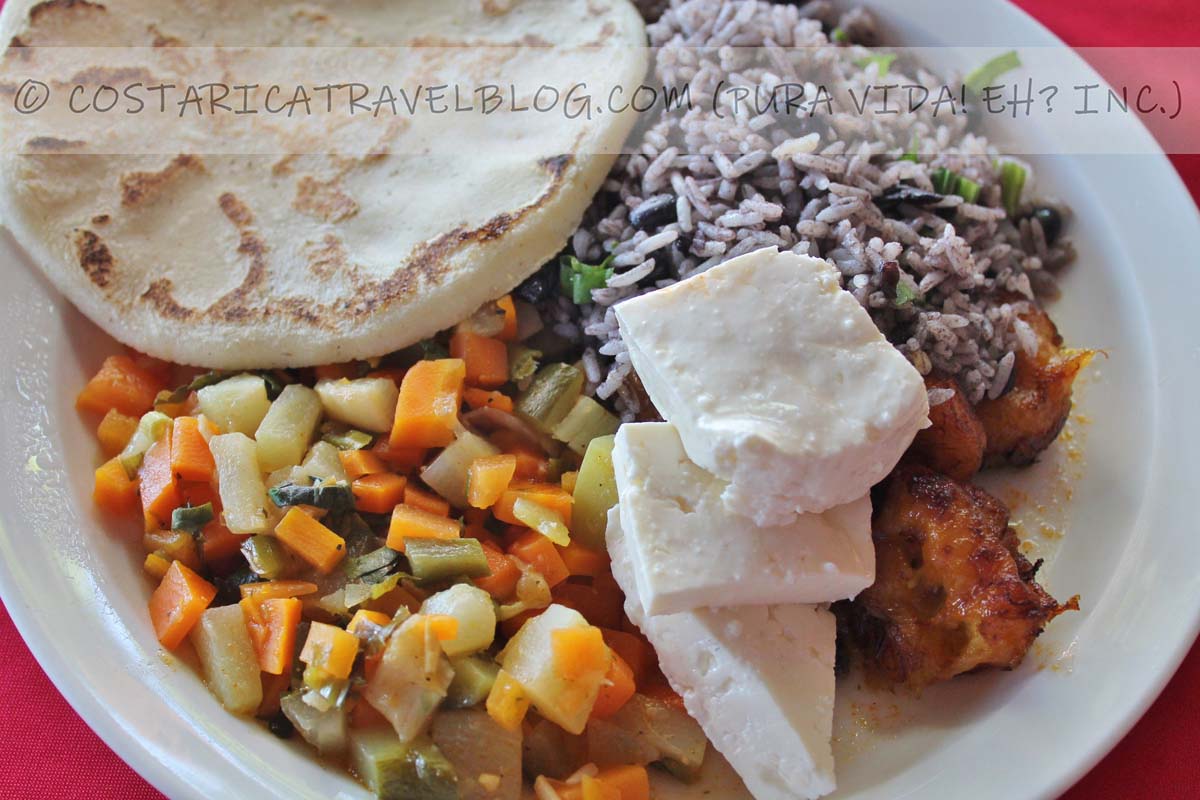
Gallo pinto; traditional Costa Rican breakfast 
Gallo pinto; traditional Costa Rican breakfast 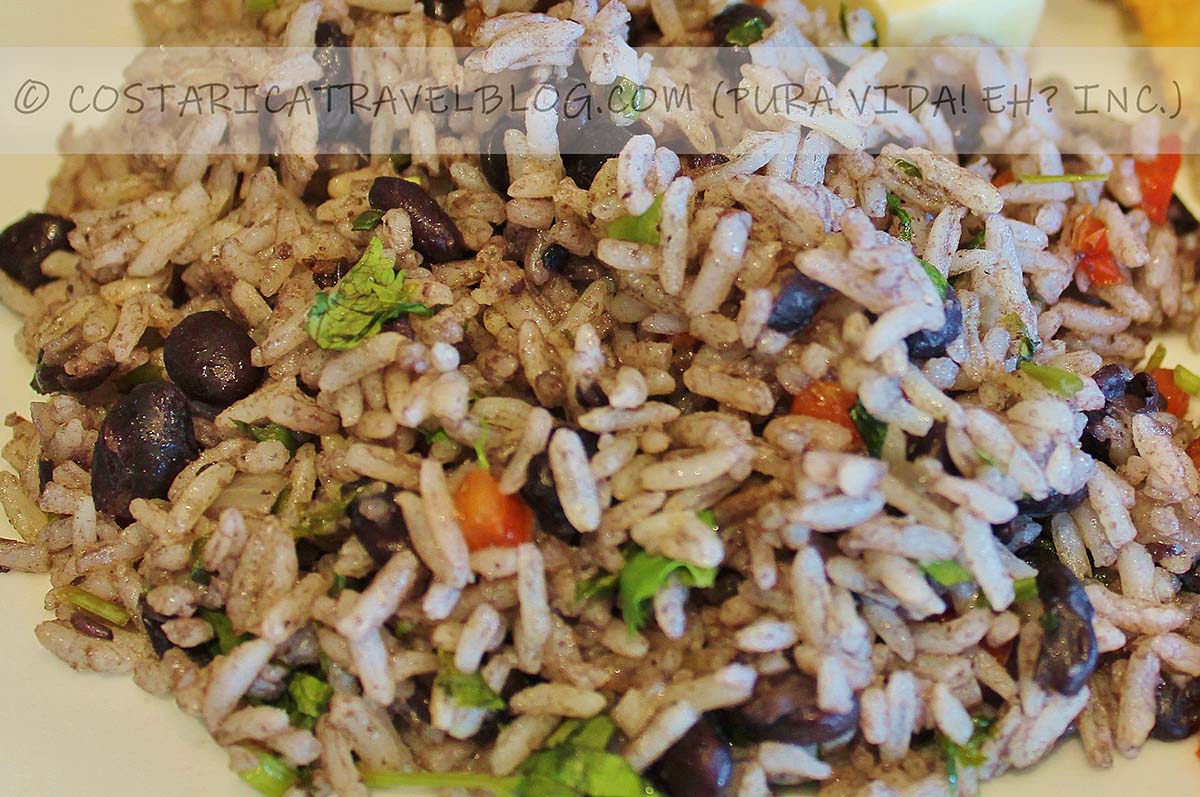
Gallo pinto; traditional Costa Rican breakfast 
Gallo pinto; traditional Costa Rican breakfast 
Gallo pinto; traditional Costa Rican breakfast 
Gallo pinto; traditional Costa Rican breakfast 
Gallo pinto; traditional Costa Rican breakfast
What is gallo pinto? A typical Costa Rican breakfast.
Arguably the most Costa Rican of all things you can eat in Costa Rica is gallo pinto. This staple breakfast dish is eaten by Ticos (Costa Ricans) daily. You’ll eat it daily too (and perhaps get tired of doing so) if you plan to spend a significant amount of time in the country. If it helps you any, gallo pinto is my favorite Costa Rican food, and I’m not even a big fan of beans.
Gallo pinto is built with two main foods: white rice and black beans (less frequently, red beans are used). It’s a mix of the two foods, together with flavorful additions like salt and Costa Rica’s signature sauce, Salsa Lizano. The end product is a dry dish full of soft (and somewhat bland) rice and beans, supplemented by Lizano‘s tangy (but not spicy) zip. The dish gets its name (which translates to “speckled rooster”) from the beans speckled throughout the dish.
Some servings of gallo pinto also include potent cilantro–a green, parsley-looking herb–which is an acquired taste. Sweet red pepper and onion may also be included.
Where to try gallo pinto in Costa Rica
Perhaps the easier question to answer here is where can’t you try gallo pinto in Costa Rica? To which we would answer, “nowhere!” Every restaurant in Costa Rica that serves Costa Rican cuisine and is open for breakfast has a plate full of gallo pinto with your name on it.
How to pronounce gallo pinto
GUY-YOH / PEEN-TOH
- Gallo: 2 syllables / equal emphasis on both syllables
- Pinto: 2 syllables / equal emphasis on both syllables
Want to make Costa Rican gallo pinto yourself? Check out our instructions and photos in the related blog post:
Helado (ice cream)
What is helado? A typical Costa Rican treat.
Like copos and churchills (see above for more information about both), ice cream is a refreshing treat best enjoyed on a hot day. Here’s a list of some of the (many) flavors of ice cream you can purchase in Costa Rica: vanilla, chocolate, strawberry, caramel, coconut, churchill, chocolate mint, bubblegum, dulce de leche, rum raisin, pistachio, chocolate chips, coffee, banana, cotton candy, cookies and cream, brownie, chocolate almond, mango, and rompope (eggnog). You can also buy frozen yogurt, sorbet, and even gelato in Costa Rica.
Where to try helado in Costa Rica
Helado can be purchased from most restaurants and heladerias (ice cream parlors) in Costa Rica. The most recognizable heladeria, which you can find all over Costa Rica, is POPS. It carries most of the flavors of ice cream listed above.
How to pronounce helado
AYE-LAH-DOH
- Helado: 3 syllables / equal emphasis on both syllables
Olla de carne (beef soup / stew)
What is olla de carne? A typical Costa Rican lunch or dinner.
Olla de carne, which is one of Ricky’s longtime favorite Costa Rican meals, is a soup/stew comprised of a mild, watery broth, bone-in meat, and vegetables. It’s also the chunkiest soup/stew I’ve ever laid my eyes on. The pieces of meat and vegetables you’ll get in the bowl are gigantic, including a whopping chunk of beef, half a corn cob, and half a potato. Smaller pieces of other vegetables (like carrots) are thrown in as well, and a bowl of white rice, which most Ticos toss into the soup/stew, is generally served on the side.
Where to try olla de carne in Costa Rica
Olla de carne is a fairly common lunch or dinner menu item available to order at traditional soda restaurants. If you plan to eat at fancier, more touristy establishments in Costa Rica, stick to steakhouses. These types of restaurants usually serve meat dishes inspired by international cuisines as well as meat-based Costa Rican favorites, like olla de carne.
How to pronounce olla de carne
OH-YAH / DAY / CAHR-NAY
- Olla: 2 syllables / equal emphasis on both syllables
- De: 1 syllable
- Carne: 2 syllables / equal emphasis on both syllables
Pan (bread), including pan dulce, pan bon, pan casero, and budin (bread pudding)
What is pan? A typical Costa Rican snack or dessert.
Costa Ricans love to bake and eat sweet bread. Hence, the popularity of pan dulce (literally, “sweet bread”) and other bread creations that are somewhat sweet-tasting, including pan bon, pan casero, and budin.
Let’s start with a disclaimer. Like most Costa Rican desserts that are full of processed sugar, the delicacies of pan dulce, pan casero, and pan bon aren’t good for you. They’re baked goods prepared with loads of white sugar, white flour, and butter. But they taste soooooo good.
Though similar, there are a few differences between each type of sweet bread. Pan dulce is a plain sweet bread that sometimes has fruit strewn throughout. The photo above depicts a sweet bread my Costa Rican mother-in-law made using cooked chiverre, a pumpkin-like fruit. Pan casero is usually baked as small discs and typically doesn’t have fruit inside. Pan bon is a darker sweet bread that’s usually baked as a loaf and often displays a braid or other pretty design on top. Similar to a fruitcake, pan bon is sweetened with candied fruit and sometimes contains nuts. Budin is a soft and light cake typically served as a dessert. It’s Central America’s take on traditional English bread pudding.
Where to try pan dulce, pan bon, pan casero, and budin in Costa Rica
Most Costa Rican bakeries and cafes in Costa Rica sell their take on pan dulce and pan casero. To try pan bon, you’ll need to head to the Caribbean side of the country. Look for roadside vendors as you approach the port city of Limon. If you don’t come across any, you may have good luck finding one at destinations in the southern Caribbean between Cahuita and Manzanillo. Though budin is prepared year-round and can often be purchased from local panaderias (bakeries), it’s most often enjoyed around the holidays, including Christmas and Semana Santa (Easter). Some hotels will serve it as part of their breakfast buffets during holiday periods.
How to pronounce pan dulce
PAHN / DOOL-SAY
- Pan: 1 syllable
- Dulce: 2 syllables / equal emphasis on both syllables
How to pronounce pan bon
PAHN / BOHN
- Pan: 1 syllable
- Bon: 1 syllable
How to pronounce pan casero
PAHN / CAH-SAIR-OH
- Pan: 1 syllable
- Casero: 3 syllables / light emphasis on the second syllable
How to pronounce budin
BOO-DEEN
- Budin: 2 syllables
Patis (Jamaican-style turnovers)
What are patis? Typical Costa Rican snacks.
If you’re craving Jamaican cuisine in Costa Rica, you’ll find it in patis, or “patties” as they’re also called. These Jamaican-style turnover snacks twin empanadas (see above for more information about empanadas)–they’re half-moon-shaped, either baked or fried, and usually stuffed with meat or fruit.
Where to try patis in Costa Rica
Patis are popular on the Caribbean coast where Jamaican influence takes center stage in Costa Rican cuisine. Restaurants and street vendors in Cahuita and Puerto Viejo de Talamanca sell the savory snacks.
How to pronounce patis
PAH-TEES
- Patis: 2 syllables / equal emphasis on both syllables
Picadillo (diced mixed vegetables)
What is picadillo? A typical Costa Rican side dish.
If you order casado (more on this dish above) or another classic Costa Rican meal, you may receive picadillo as a side dish. Essentially mixed cooked vegetables, picadillo presents an opportunity to try Costa Rican vegetables you may not be familiar with, like chayote and palmito (heart of palm).
Picadillo comes in various forms. Named after the verb picar (to chop), the dish always serves finely-chopped vegetables, but can include one or many vegetable types. If you cannot or will not eat certain vegetables, be sure to ask your restaurant’s waitstaff which vegetables are included in the picadillo of the day.
Where to try picadillo in Costa Rica
Many authentic soda restaurants, especially sodas that have buffet bars, serve picadillo. Remember: picadillo is a side dish; you’ll need to order a main course in order to try it.
How to pronounce picadillo
PEE-CAH-DEE-YOH
- Picadillo: 4 syllables / equal emphasis on all syllables
Pico de gallo (tomato, onion, and lime-based salsa)
What is pico de gallo? A typical Costa Rican side dish.
If you’ve ordered a Costa Rican meal before, you may have noticed a small, metal or plastic cup on the edge of the plate that contains a heap of diced tomato. That’s pico de gallo–a sharp-tasting salsa that’s typically served with dishes that include tortilla chips. Among the diced tomato, and tossed in lime juice, you’ll also find bits of raw onion, jalapenos, and cilantro.
Where to try pico de gallo in Costa Rica
Pico de gallo is a common restaurant find. As a side dish, you won’t see it listed on menus on its own, but you should see it listed as an ingredient/item included with meal options. If the meal you order doesn’t include it, ask the waitstaff to include some with your order anyway. Most restaurants prepare loads of the stuff, so it shouldn’t be a problem for them to give you a small scoop to try.
How to pronounce pico de gallo
PEE-COH / DAY / GUY-YOH
- Pico: 2 syllables / equal emphasis on both syllables
- De: 1 syllable
- Gallo: 2 syllables / equal emphasis on both syllables
Pozol (white corn and pork soup)
What is pozol? A typical Costa Rican lunch or dinner.
Pozol is a hot soup that can help warm chilly days spent around Costa Rica’s Central Valley. It has a slightly creamy, corn-based broth, pork pieces (other meats are sometimes used), and a handful of diced vegetables (onion, peppers, celery, tomato, and potato are the most common).
Where to try pozol in Costa Rica
Pozol doesn’t pop up on many restaurant menus in Costa Rica, so you’ll have to hunt around a bit to try it. I’ve had the best luck finding pozol at establishments around the Central Valley, including in Cartago and Turrialba.
How to pronounce pozol
POH-ZOHL
- Pozol: 2 syllables / equal emphasis on both syllables
Queso (cheese), including queso blanco / casero, queso frito, and queso palmito
What is queso? A typical Costa Rican snack or side dish.
Queso (cheese) in Costa Rica is easy to come by, but you probably won’t recognize it, especially if you’ve got cheddar or mozzarella on your mind.
Most cheese here in Costa Rica is produced as wet, bumpy, white blocks. It’s cut into square, rectangular, or triangular slices and served as a side dish, especially with breakfast plates. This type of cheese is called either queso casero or queso blanco. It’s rather bland and a bit squishy. Sometimes it’s infused with bits of sweet peppers or herbs for decoration and added flavor, as displayed in the third photo above.
Queso frito is the fried version of queso casero / queso blanco. It looks the same, but has brown marks on both sides where it sat in the pan. The cheese loses some of its liquid while it fries, so queso frito is a slightly drier, less squishy cheese.
Queso palmito is different looking. It’s a stringy, white, pliable cheese that’s usually wound into balls.
Where to try queso blanco / casero, queso frito, and queso palmito in Costa Rica
Nearly every restaurant in Costa Rica has queso casero / queso blanco on hand. Most will include a piece or two on your plate, even if you didn’t ask for it. Restaurants can fry it for you if you’d prefer to eat queso frito. Grocery stores around the country sell queso casero / queso blanco in their refrigerators.
Queso palmito is only made in certain areas of the country. You can usually buy this cheese from roadside vendors in the Zarcero area of Costa Rica.
How to pronounce queso blanco
KAY-SOH / BLAHN-COH
- Queso: 2 syllables / equal emphasis on both syllables
- Blanco: 2 syllables / equal emphasis on both syllables
How to pronounce queso casero
KAY-SOH / CAH-SAIR-OH
- Queso: 2 syllables / equal emphasis on both syllables
- Casero: 3 syllables / light emphasis on the second syllable
How to pronounce queso frito
KAY-SOH / FREE-TOH
- Queso: 2 syllables / equal emphasis on both syllables
- Frito: 2 syllables / equal emphasis on both syllables
How to pronounce queso palmito
KAY-SOH / PAHL-MEE-TOH
- Queso: 2 syllables / equal emphasis on both syllables
- Palmito: 3 syllables / light emphasis on the second syllable
Rondon (fish soup)
What is rondon? A typical Costa Rican lunch or dinner.
In keeping with Caribbean tradition in Costa Rica, rondon is a Costa Rican soup that’s full of coconut flavor. Just imagine how delightful a bowl of fresh fish, vegetables, and spices splashed in coconut milk would taste which lounging under a row of palm trees that sway with the tropical breeze.
Where to try rondon in Costa Rica
Rondon is best ordered in the Caribbean. It’s served in restaurants from Limon to Manzanillo (as well as in other Caribbean-style establishments arund the country). Sodas (traditional Costa Rican restaurants) serve the best bowls.
How to pronounce rondon
ROHN-DOHN
- Rondon: 2 syllables / light emphasis on the second syllable
Sopa negra (black bean soup)
What is sopa negra? A typical Costa Rican lunch or dinner.
If you know any Costa Ricans, you know they love to cook with and eat eggs. It isn’t uncommon to find scrambled eggs beside your morning plate of gallo pinto (more on gallo pinto above), a hard-boiled egg served alongside your meal, or some chopped egg in your salad, so it shouldn’t come as any surprise that sopa negra—soup comprised of pureed and whole black beans—has eggs in it. What’s cool, though (if you’re not familiar with the dish), is that traditionally, the eggs are cooked directly in this soup.
Where to try sopa negra in Costa Rica
Lots of soda restaurants (and several non-soda-type restaurants too) sell sopa negra. Like pozol (see the pozol food section above for more information), we enjoy eating this dish around the Central Valley on chilly days. This being said, you can order a bowl just as easily and enjoy it just as well at warm and sunny destinations around Costa Rica.
How to pronounce sopa negra
SOH-PAH / NAY-GRAH
- Sopa: 2 syllables / equal emphasis on both syllables
- Negra: 2 syllables / equal emphasis on both syllables
Sweet snacks including costillas, cocadas, and cajetas de coco
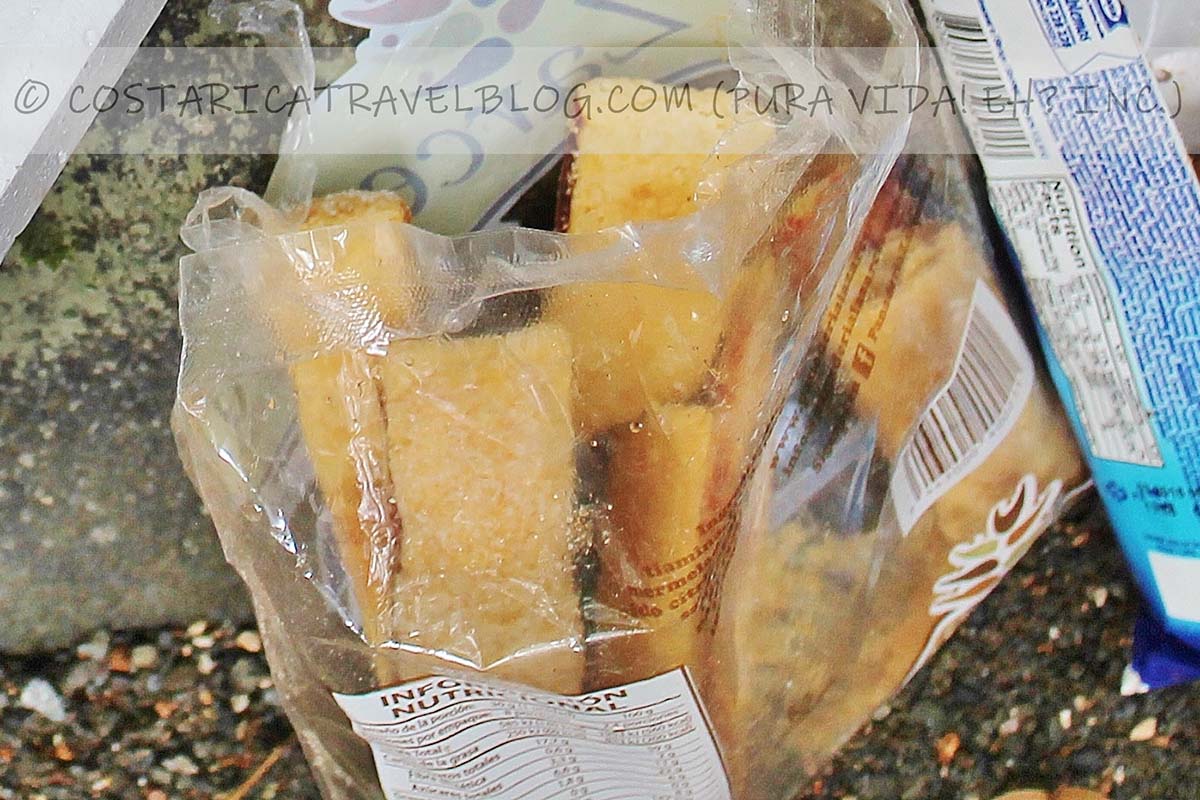
Costillas 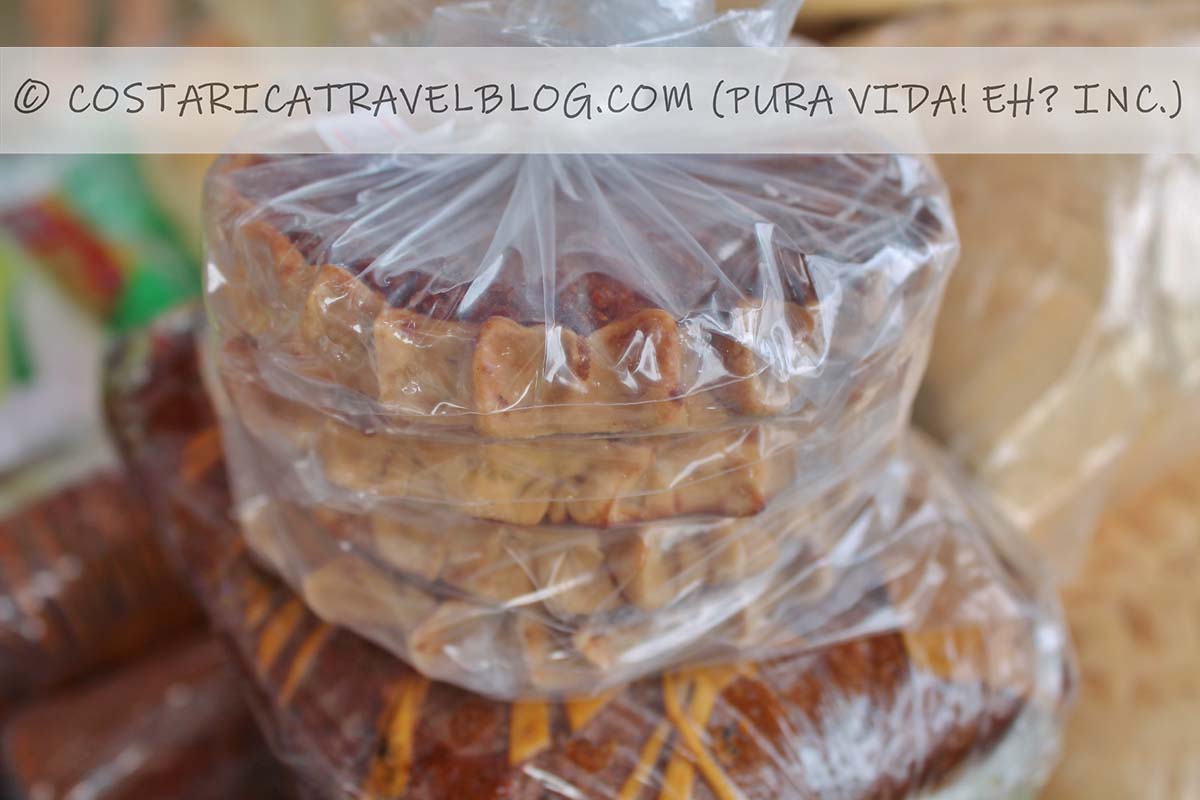
Cocadas for sale at a roadside stall 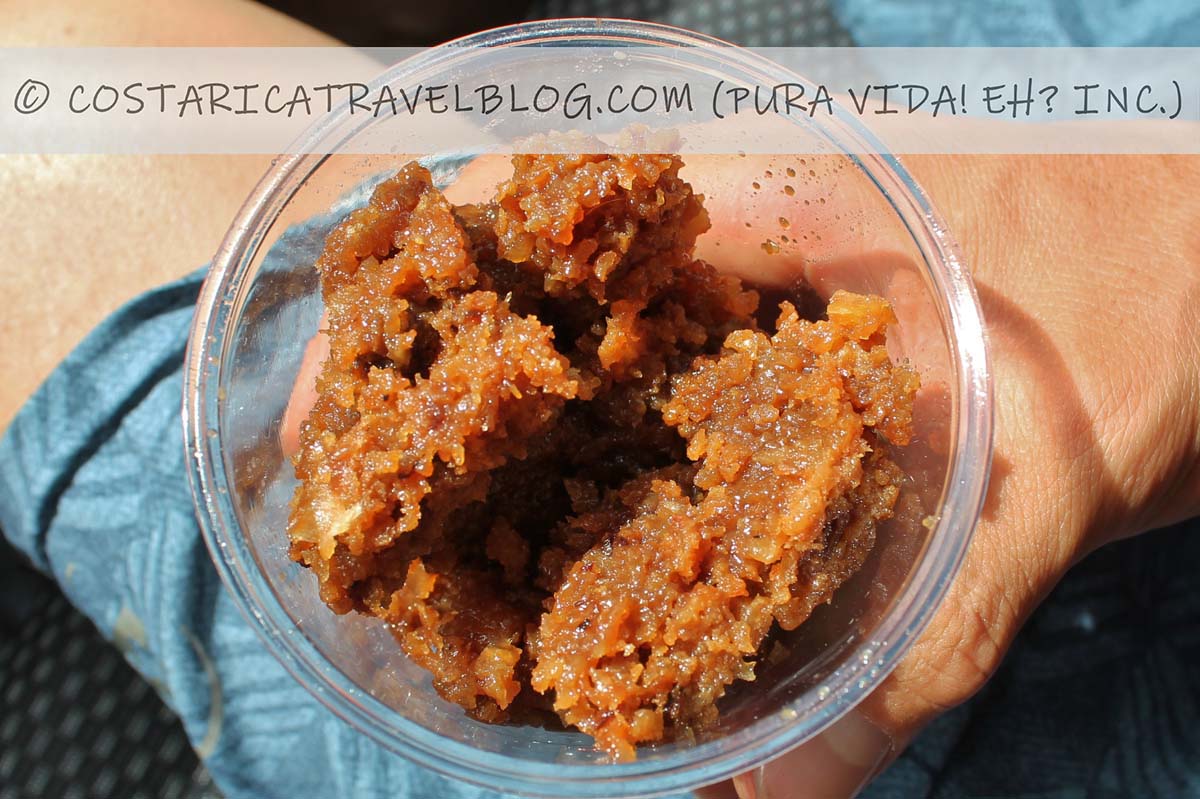
Cajetas de coco
What are costillas, cocadas, and cajetas de coco? Typical Costa Rican snacks.
Though the word “costillas” doesn’t directly translate to “pastries” (instead, the word translates to “ribs”), it’s a name Costa Ricans use to refer to jelly-filled pastry sticks. These crunchy, flaky pastries usually come in guava or pineapple flavor and have granulated sugar sprinkled on top. They’re my favorite sweet snack to pack for a hike or for a visit to a local swimming hole.
Other sugary treats worth trying in Costa Rica are cocadas (coconut tarts) and cajetas de coco (coconut chewy bars).
Where to try costillas, cocadas, and cajetas de coco in Costa Rica
Bags of costillas can be purchased from most grocery stores and pulperias (corner stores) in Costa Rica. They usually come 8-10 in a package.
Fresh-baked costillas and other pastries can be purchased from bakeries in Costa Rica. The bakery chain Musmanni has several stores in Costa Rica and rarely disappoints with its creations.
You’re most likely to find cocadas at food stands in the Caribbean. Cajetas de coco (and cajetas of other flavors) are sold at food stands and pulperias (corner stores) all over Costa Rica.
How to pronounce costillas
COHS-TEE-YAHS
- Costillas: 3 syllables / light emphasis on the second syllable
How to pronounce cocadas
COH-CAH-DAHS
- Cocadas: 3 syllables / light emphasis on the second syllable
How to pronounce cajetas de coco
CAH-HAY-TAHS / DAY / COH-COH
- Cajetas: 3 syllables / light emphasis on the second syllable
- De: 1 syllable
- Coco: 2 syllables / equal emphasis on both syllables
Tamales (tamals), including regular tamales, tamal de maicena, and tamal asado
What are tamales? A typical Costa Rican lunch, dinner, or snack.
Many people don’t know that there are many kinds of tamales you can try in Costa Rica. The most popular are regular, individual tamales, which are most commonly prepared and enjoyed during holiday celebrations. These tamales are soft masa patties that are traditionally cooked in a banana leaf and stuffed with cheese, meat, vegetables, or beans.
Other kinds of tamales, which can be purchased year-round in Costa Rica, include tamal de maicena and tamal asado. These preparations resemble quiche. They’re usually served in bars or slices.
Where to try regular tamales, tamal de maicena, and tamal asado in Costa Rica
Soda restaurants are your best bet for finding any type of Costa Rican tamales. Advertisements for regular tamales appear on restaurant signs and poster boards around Christmas and Easter. Given the amount of work that goes into preparing these kinds of tamales, very few establishments sell them on the regular throughout the year.
Tamal de maicena and tamal asado aren’t offered by most restaurants in Costa Rica but they are prepared throughout the year. We usually find these types of tamales at authentic Costa Rican dining establishments that have buffet bars.
How to pronounce tamales
TAH-MAH-LAYS
- Tamales: 3 syllables / equal emphasis on all syllables
How to pronounce tamal de maicena
TAH-MAHL / DAY / MY-EE-SAY-NAH
- Tamal: 2 syllables / equal emphasis on both syllables
- De: 1 syllable
- Maicena: 4 syllables / equal emphasis on both syllables
How to pronounce tamal asado
TAH-MAHL / AH-SAH-DOH
- Tamal: 2 syllables / equal emphasis on both syllables
- Asado: 3 syllables / light emphasis on the second syllable
Tres leches (three-milk cake)
What is tres leches? A typical Costa Rican dessert.
Are you a fan of creamy desserts? If so, you’ve got to try tres leches in Costa Rica. It’s a sweet, wet, spongy cake drenched in a three-milk trio of regular milk, evaporated milk, and condensed milk. Whipped cream and a bit of cinnamon top off the rich but light dessert.
Where to try tres leches in Costa Rica
You’re in luck! Tres leches is a local favorite and the most common cake sold in Costa Rica. Most restaurants that offer desserts sell it. Nine times out of ten, the cake will be vanilla flavored, but we’ve also stumbled upon a few places in Costa Rica that make tres leches with chocolate cake. Though decadent, go for the vanilla cake if you can. It’s the most authentic version of the dessert, and it allows the flavorful three-milk combo to stand out.
How to pronounce tres leches
TRAYS / LAY-CHAYS
- Tres: 1 syllable
- Leches: 2 syllables / equal emphasis on both syllables
Want to make Costa Rican tres leches cake yourself? Check out our instructions and photos in the related blog post:
Tortillas, including tortillas de harina, tortillas de maiz, and tortillas rellenas
What are tortillas? A typical Costa Rican snack or side dish.
If you plan to eat at several authentic restaurants in Costa Rica, tortillas will sneak up on you time and time again. They’re a side dish that’s added to all kinds of meals, including breakfast, lunch, and dinner orders. If it’s white in color, it’s likely a tortilla de harina, a soft, wheat flour tortilla. If it’s yellow in color, it’s more likely a tortilla de maiz, a soft, corn flour tortilla.
Tortillas can be eaten on their own or with other items. When they’re used to carry other items like meat or vegetables, similar to how flour and corn “wraps” are used in Canada and the US, they’re called “gallos.” Tortillas are best consumed slightly warm and with a bit of butter. Some rich varieties known as tortillas rellenas (filled tortillas) are stuffed with cheese.
Where to try tortillas in Costa Rica
Nearly every restaurant in Costa Rica is stocked with torillas. The very best prepare their own tortillas in-house. Most will include a tortilla on your plate, even if you didn’t ask for it. Grocery stores around the country sell tortillas in the bread aisle.
How to pronounce tortillas de harina
TOHR-TEE-YAHS / DAY / AHR-EE-NAH
- Tortillas: 3 syllables / light emphasis on the second syllable
- De: 1 syllable
- Harina: 3 syllables / light emphasis on the second syllable
How to pronounce tortillas de maiz
TOHR-TEE-YAHS / DAY / MY-EEZ
- Tortillas: 3 syllables / light emphasis on the second syllable
- De: 1 syllable
- Maiz: 2 syllables / light emphasis on the second syllable
How to pronounce tortillas rellenas
TOHR-TEE-YAHS / RAY-YAY-NAHS
- Tortillas: 3 syllables / light emphasis on the second syllable
- Rellenas: 3 syllables / light emphasis on the second syllable
Vigoron (chicharrones, cabbage, and yuca mix)
What is a vigoron? A typical Costa Rican lunch, dinner, or snack.
Want to see chicharrones (more info on those above), pico de gallo (more info on that also above), and the vegetables cabbage and yuca (cassava) combined in one dish? Your wish is our command! Try a vigoron. This street meat compilation is one of the best Costa Rica has to offer.
Where to try vigorones in Costa Rica
Vigorones are a Puntarenas specialty. The best place to try them are along the waterfront boardwalk known as the Paseo de los Turistas, near the tip of the central Pacific port city of Puntarenas. Street vendors and restaurants that line the promenade sell the snack, which is filling enough to be a light lunch or dinner.
How to pronounce vigoron
BEE-GOHR-OHN
- Vigoron: 3 syllables / light emphasis on the third syllable
QUESTION TO COMMENT ON: Which Costa Rican foods are your favorite?
Pura vida!
Costa Rican foods to save on Pinterest

Hey, Costa Rica Travel Blog reader, thank you for visiting and reading our blog! We're truly grateful for your time and preference.
Do you know that your spam-free reading experience is most important to us? Unlike some other Costa Rica blogs, we do not to sell your personal information, and we choose not to display ads, sponsored content, or affiliate marketing on our blog so we can keep your visit as distraction- and junk-free as possible. Because we prioritize your privacy, we don't earn money when you visit us, when you sign up for our e-course, or when you click on our links, which means the time and work we put into this blog—including its 300+ articles—is entirely voluntary! If you find our content valuable, and you'd like to thank us for making the trip-planning process easier and your Costa Rica vacation more enjoyable, please consider making a small donation ($1, $2, $3, or an amount of your choosing) to our blog. Doing so is a great way to pat us on the back if you feel we deserve it. 😊 Pura vida, amigos!

Click on the button above to donate through PayPal. (If you cannot see the PayPal button above, click here.) A PayPal account is not required to make a donation; credit and debit cards are also accepted. PayPal donations are confidential; we never see your payment details.
Love our blog? Check out our other Costa Rica-related projects, too:



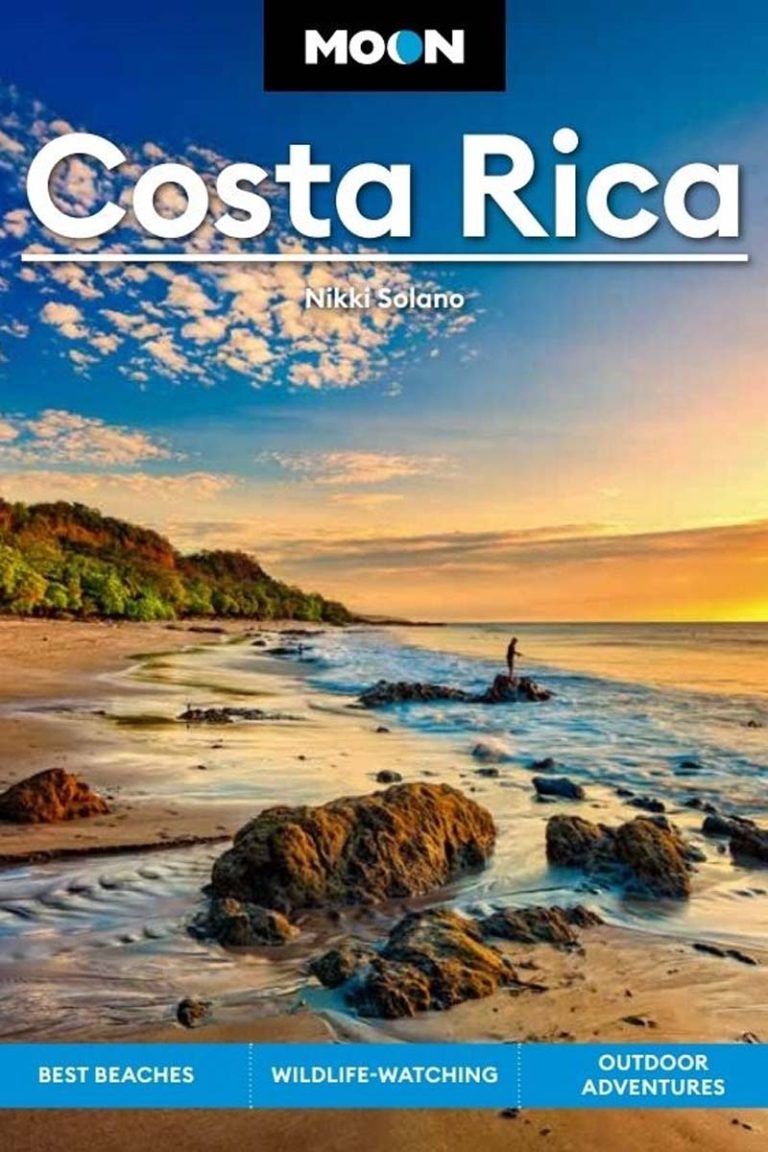
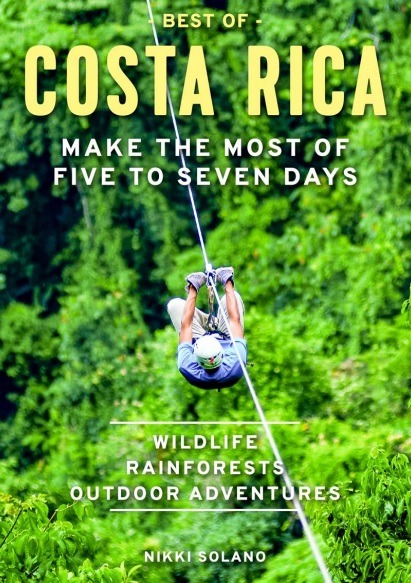

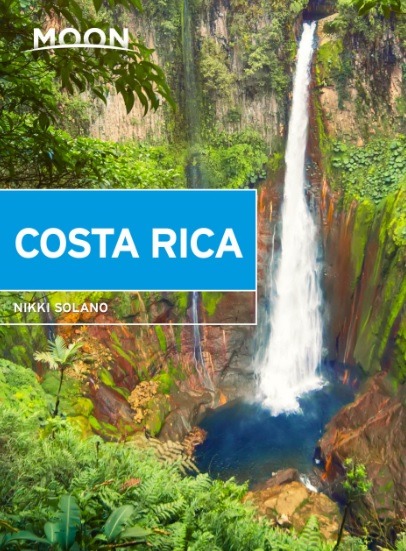

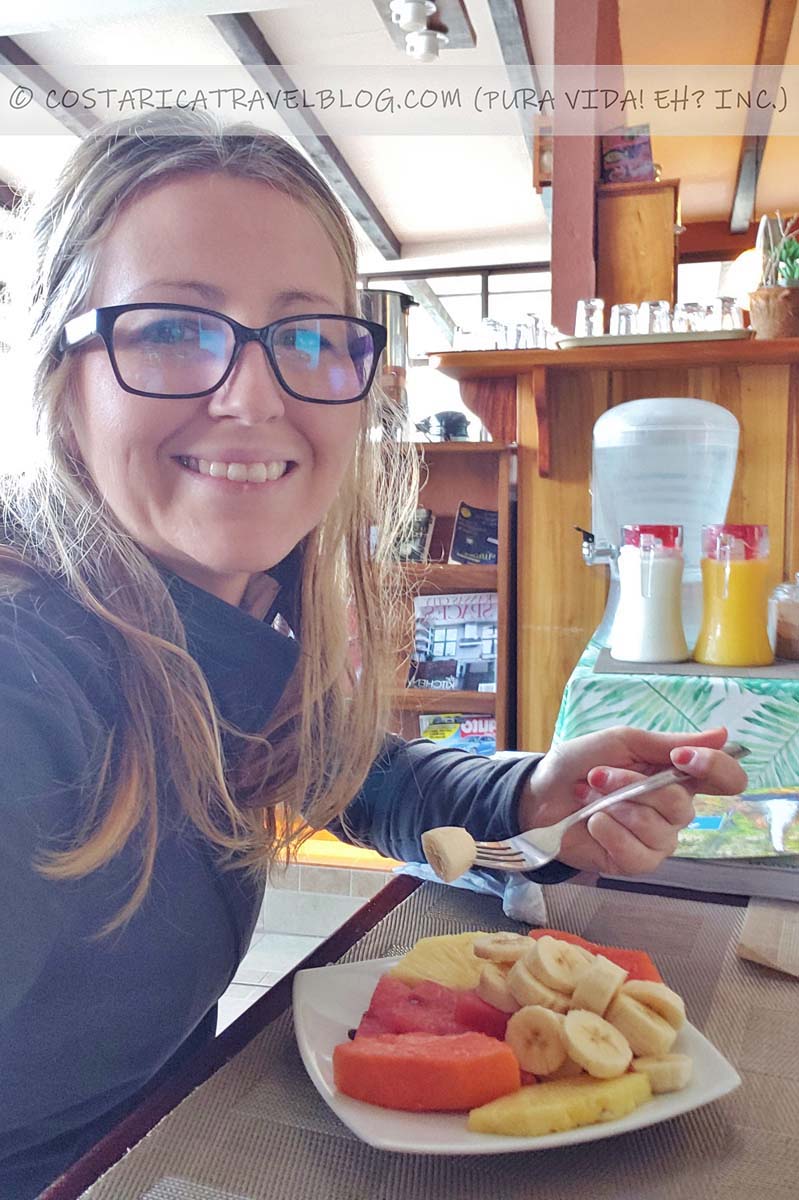


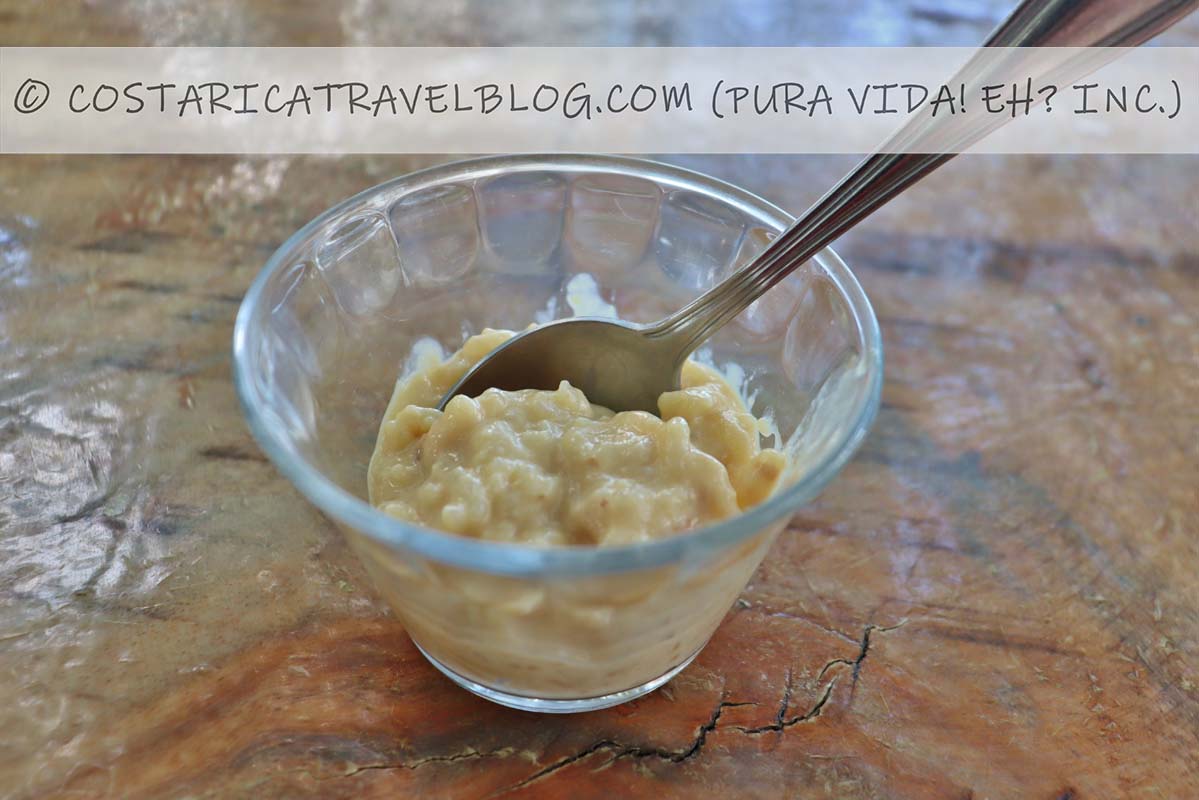
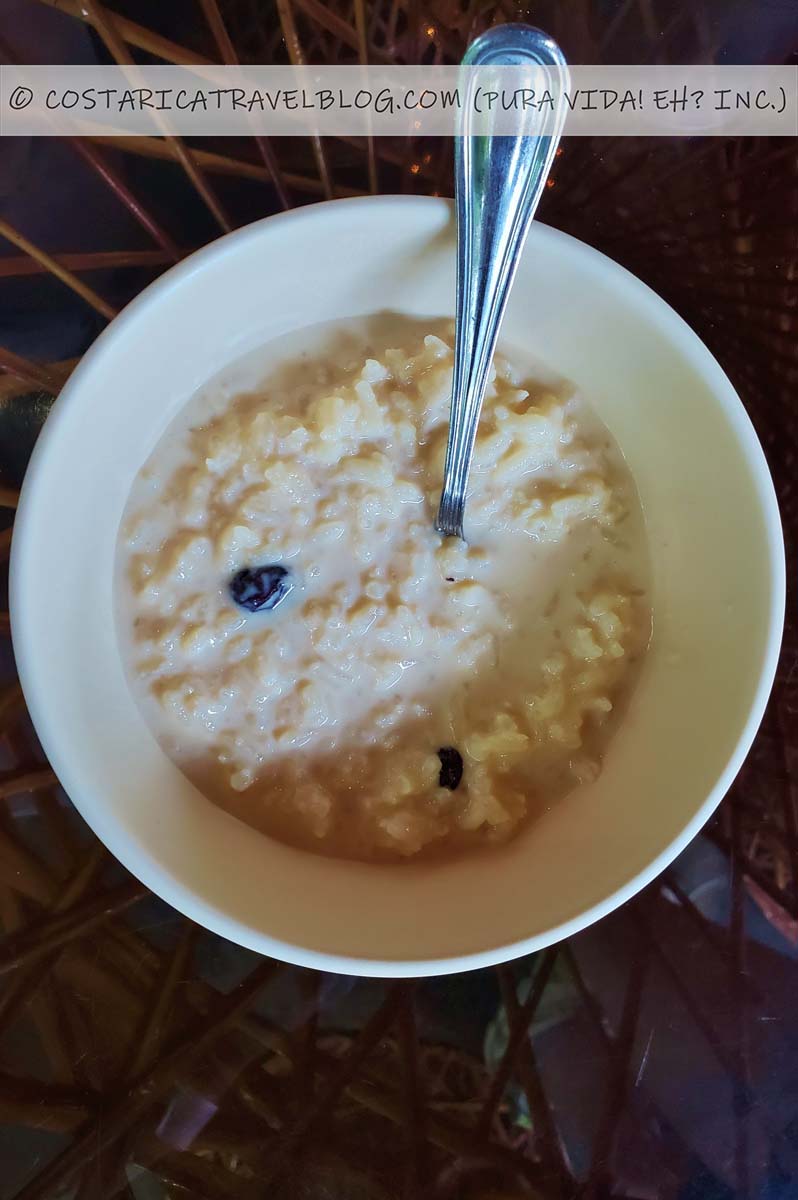

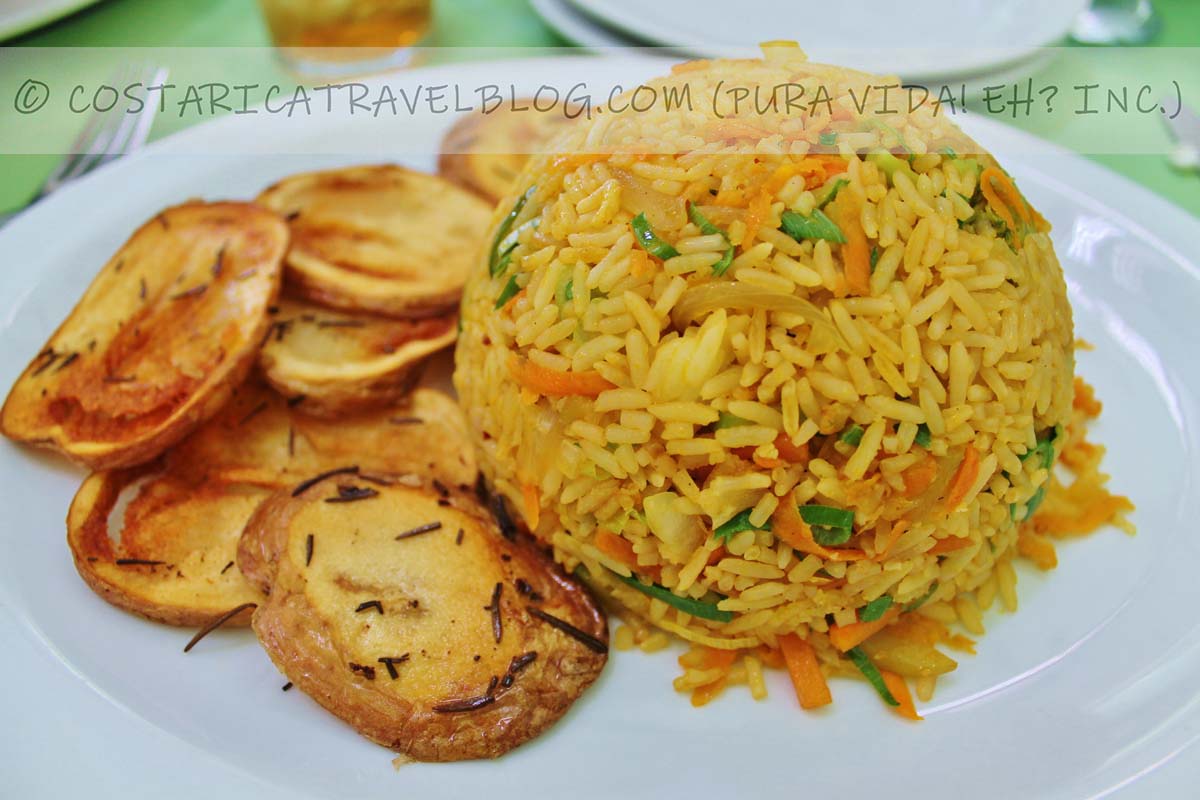
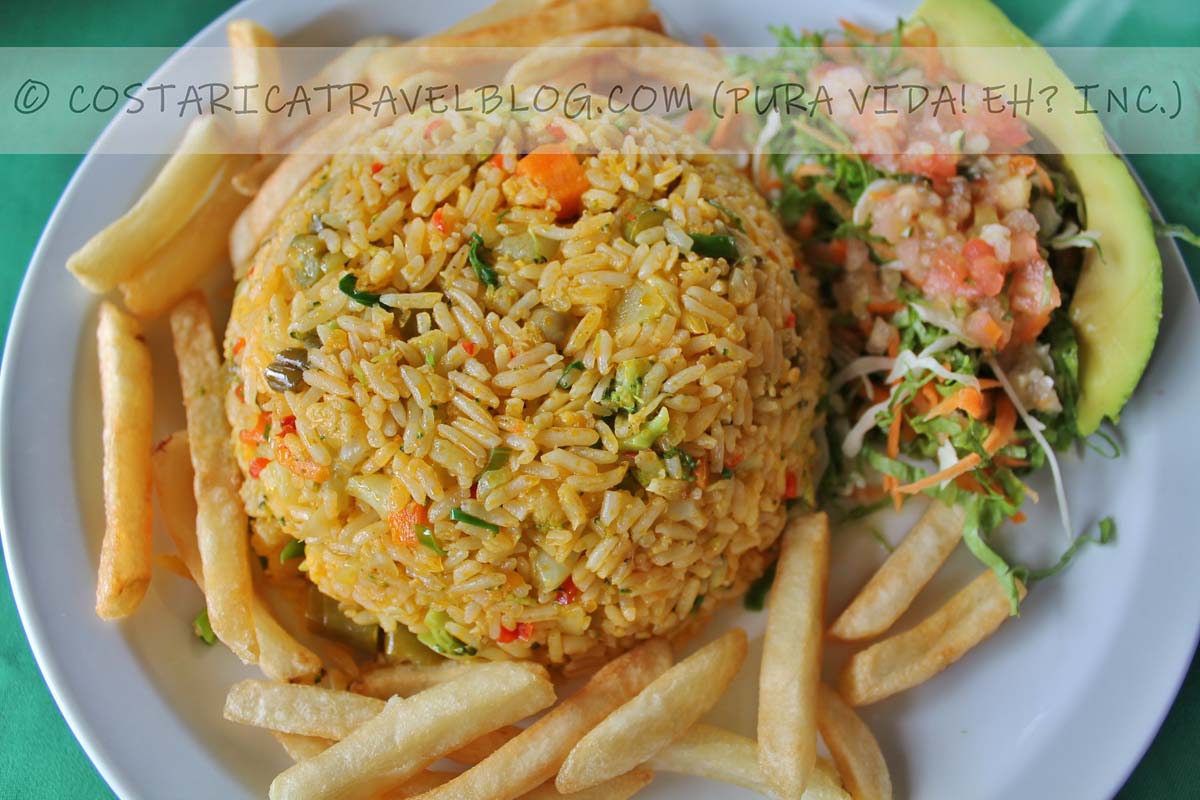
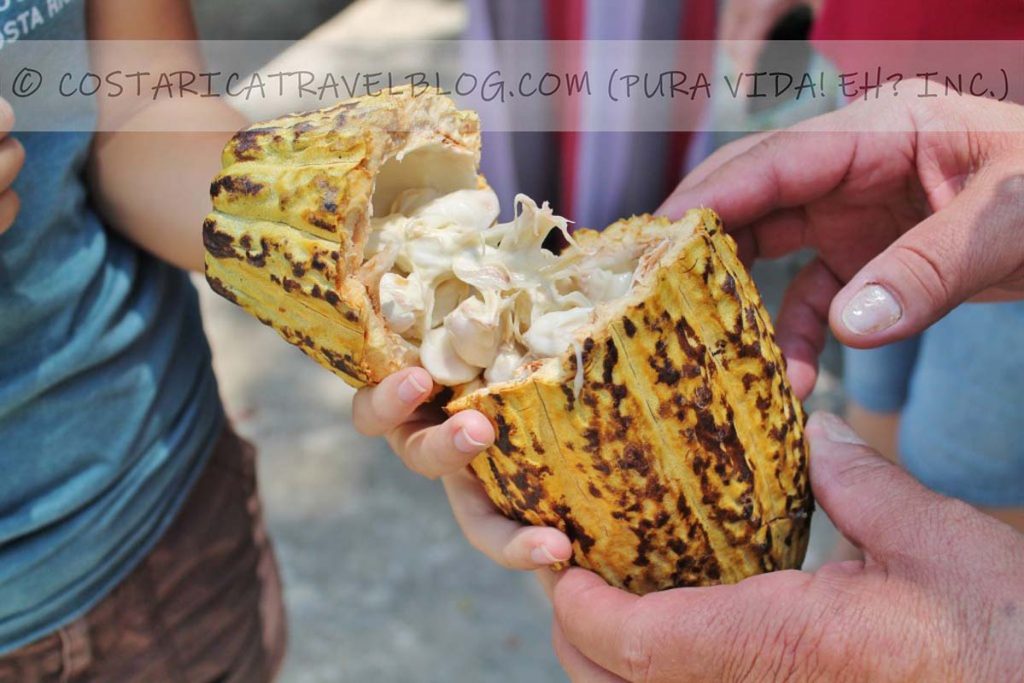
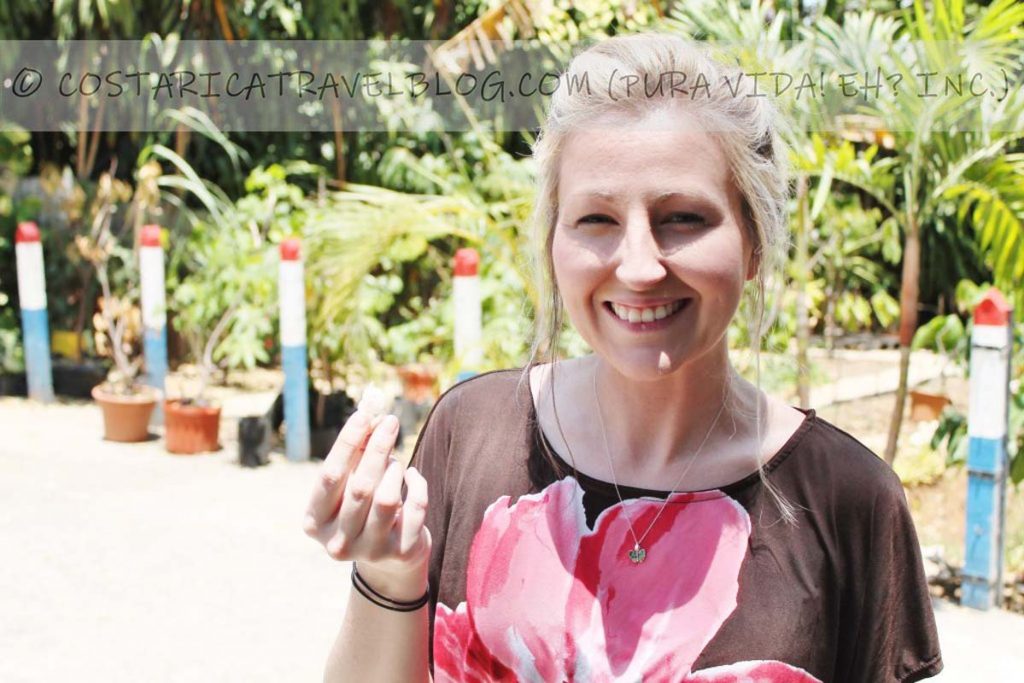

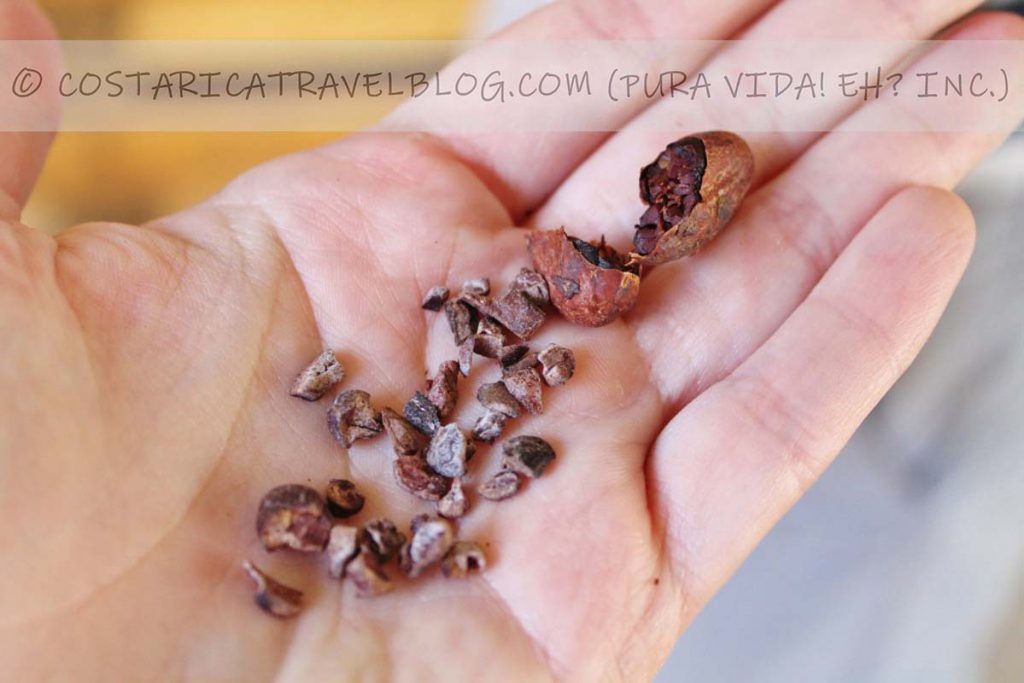
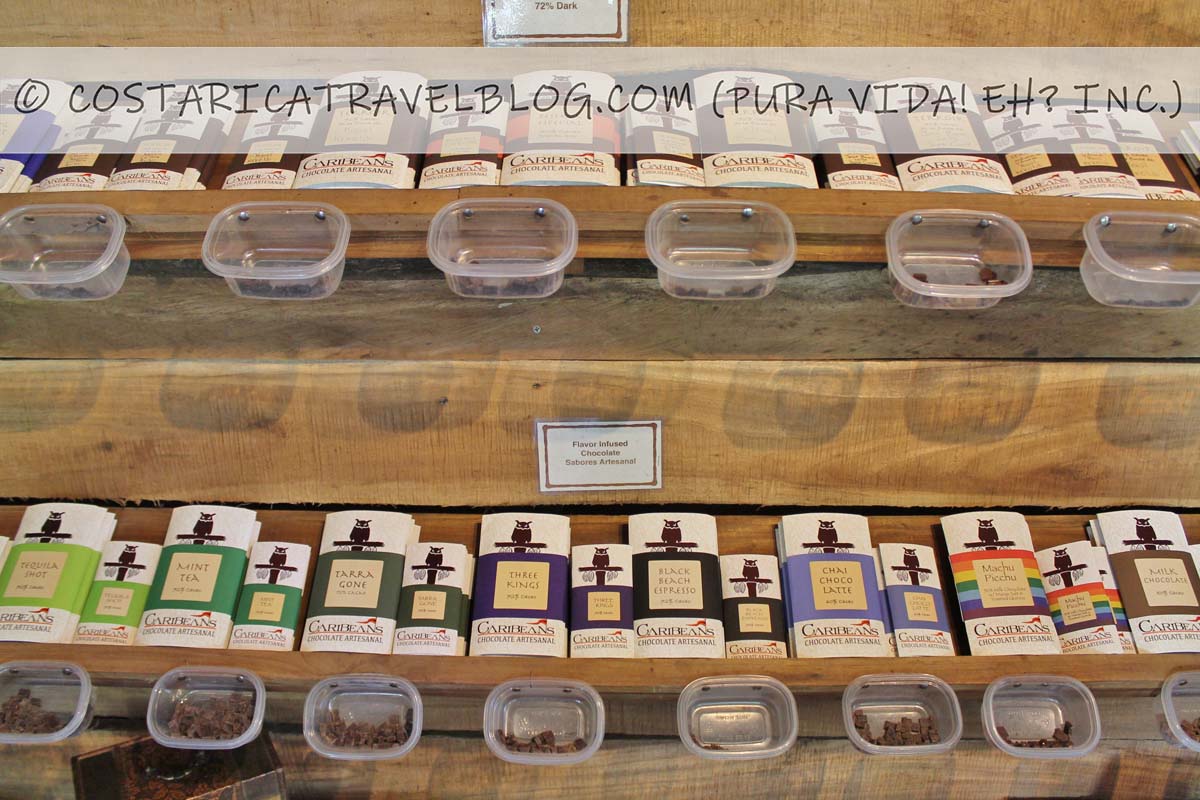

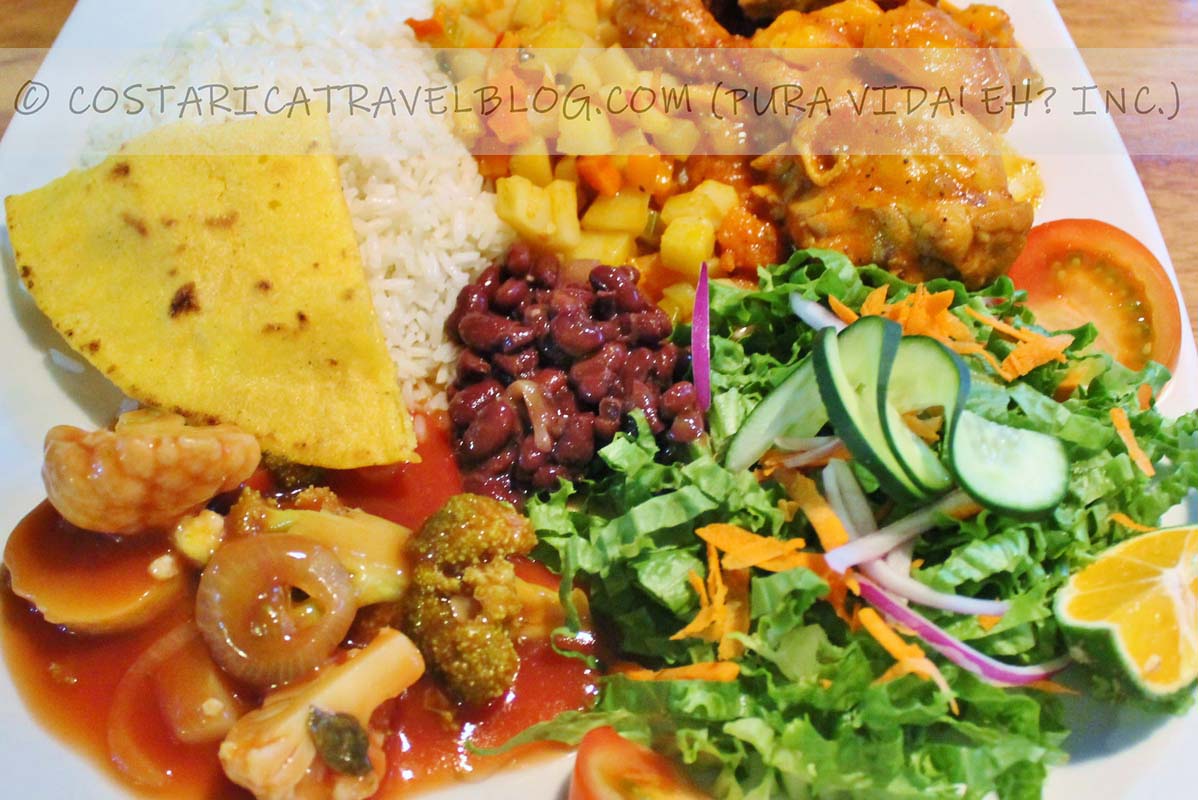
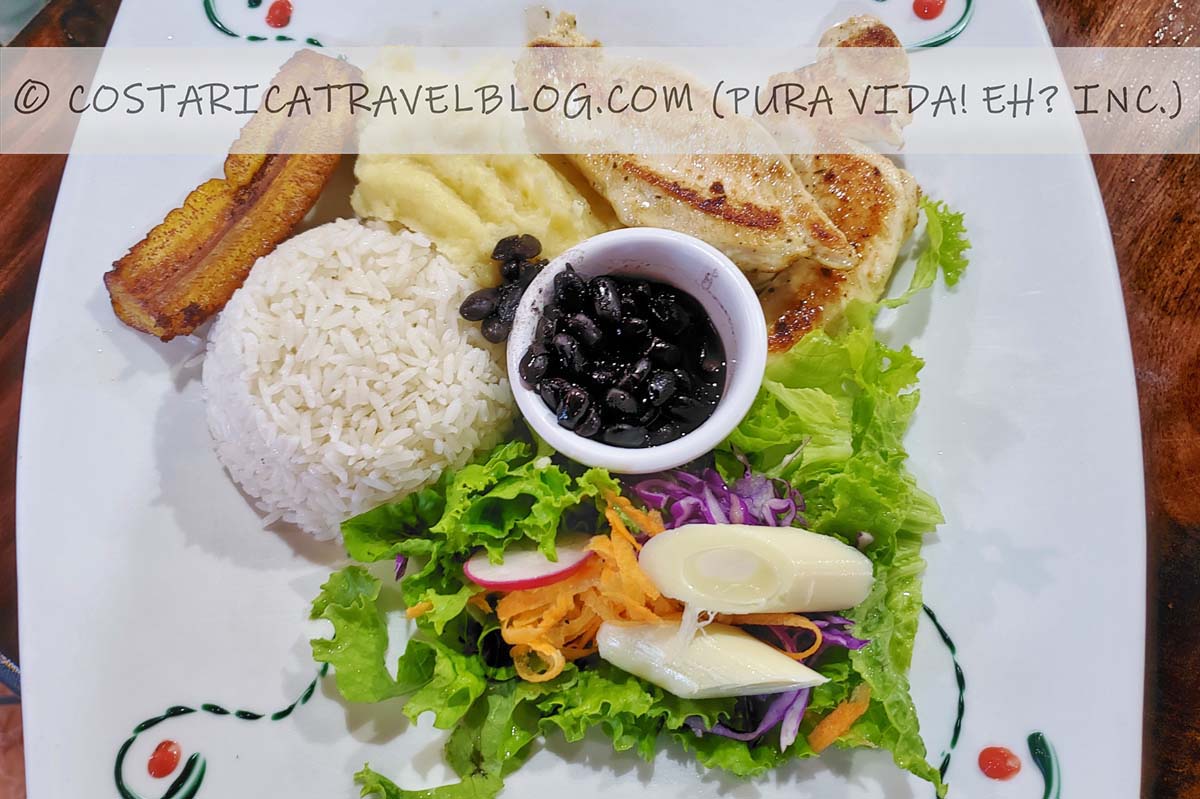
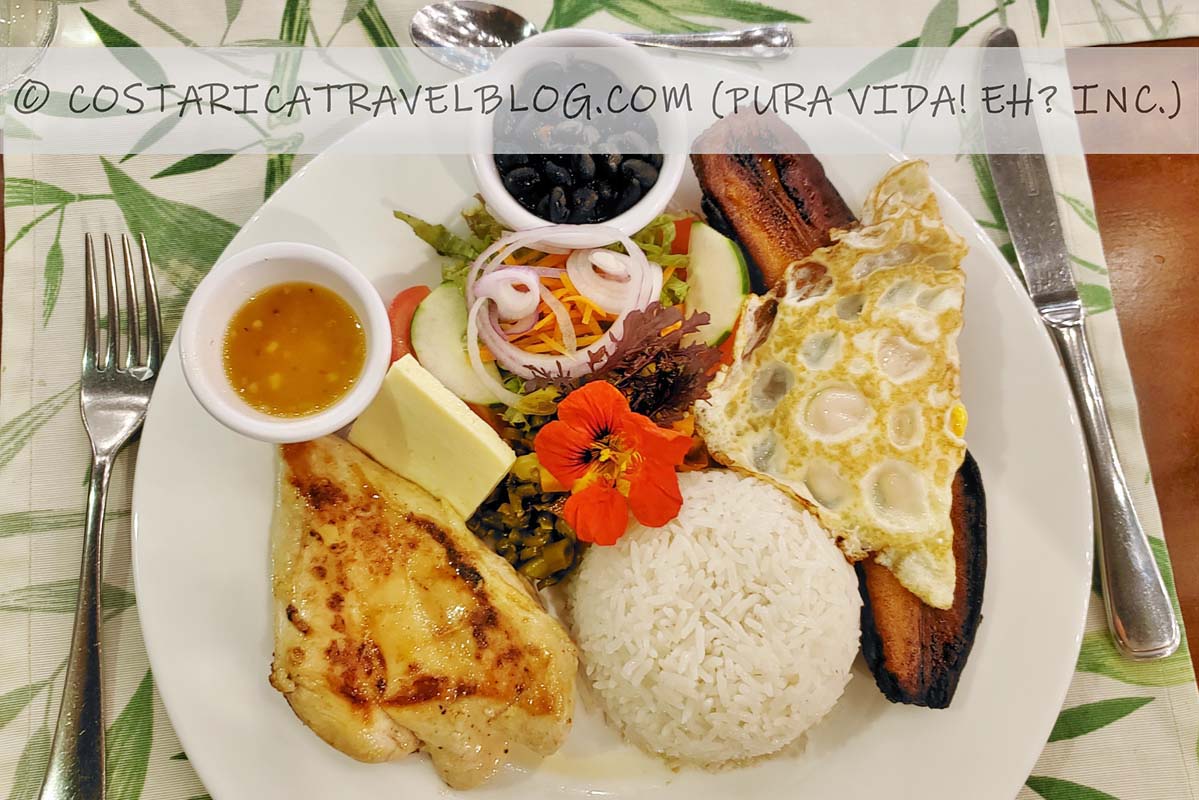
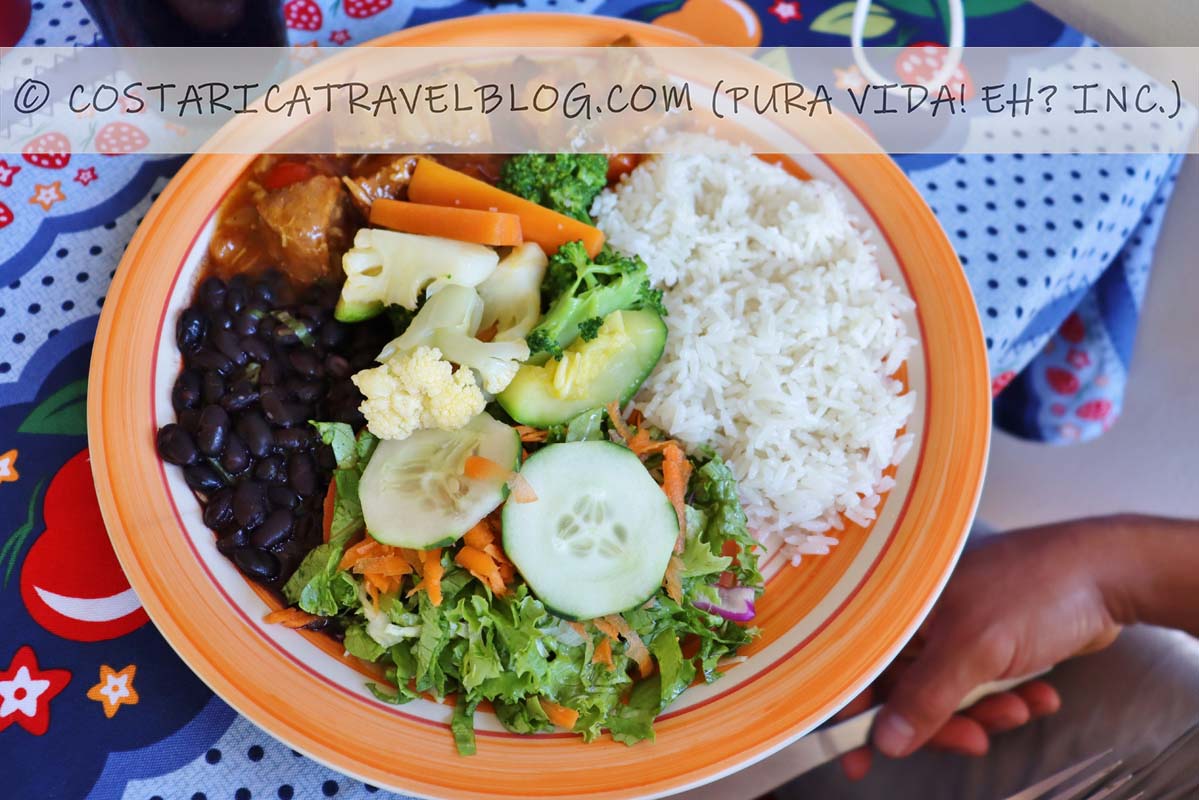

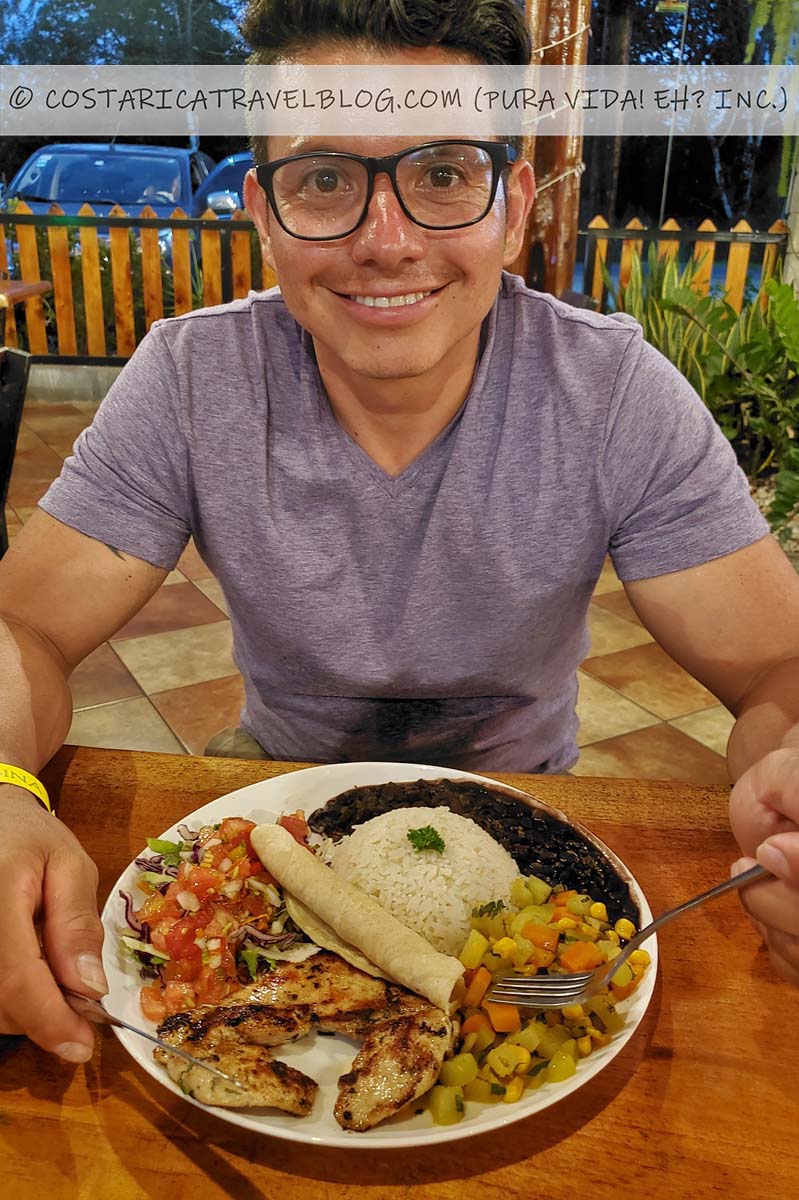

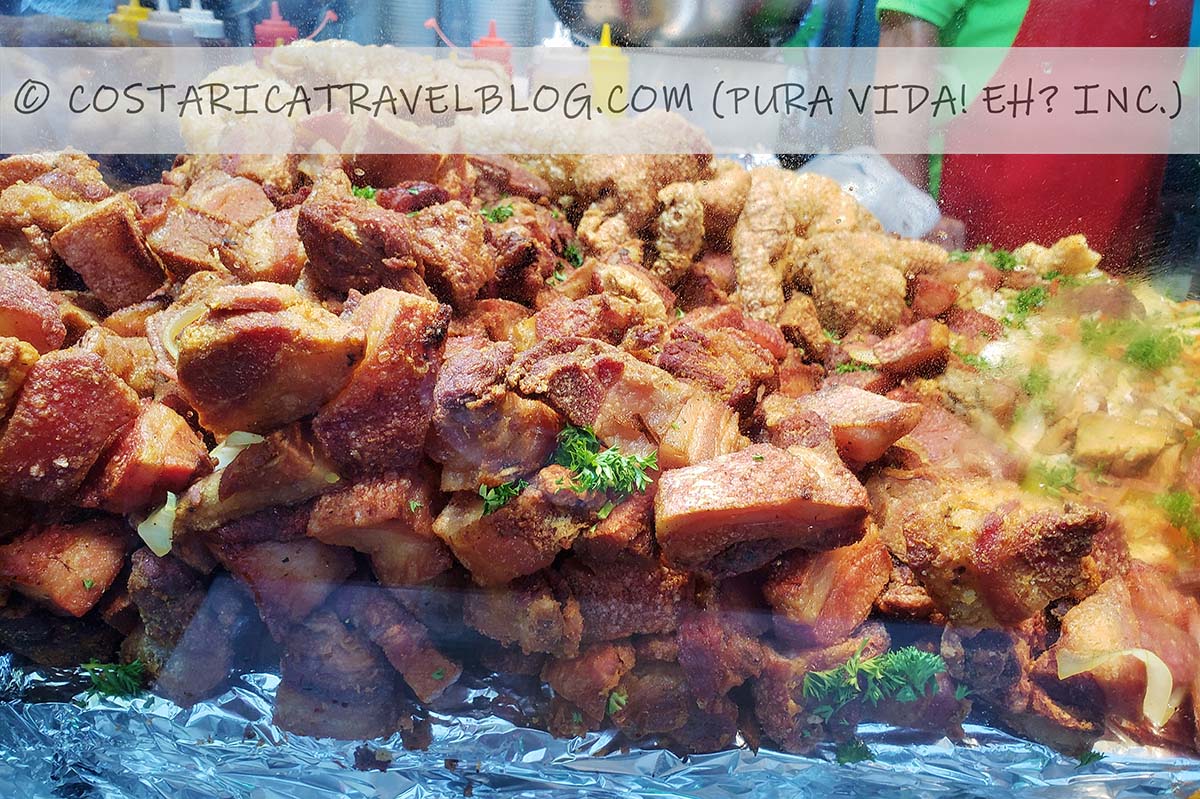
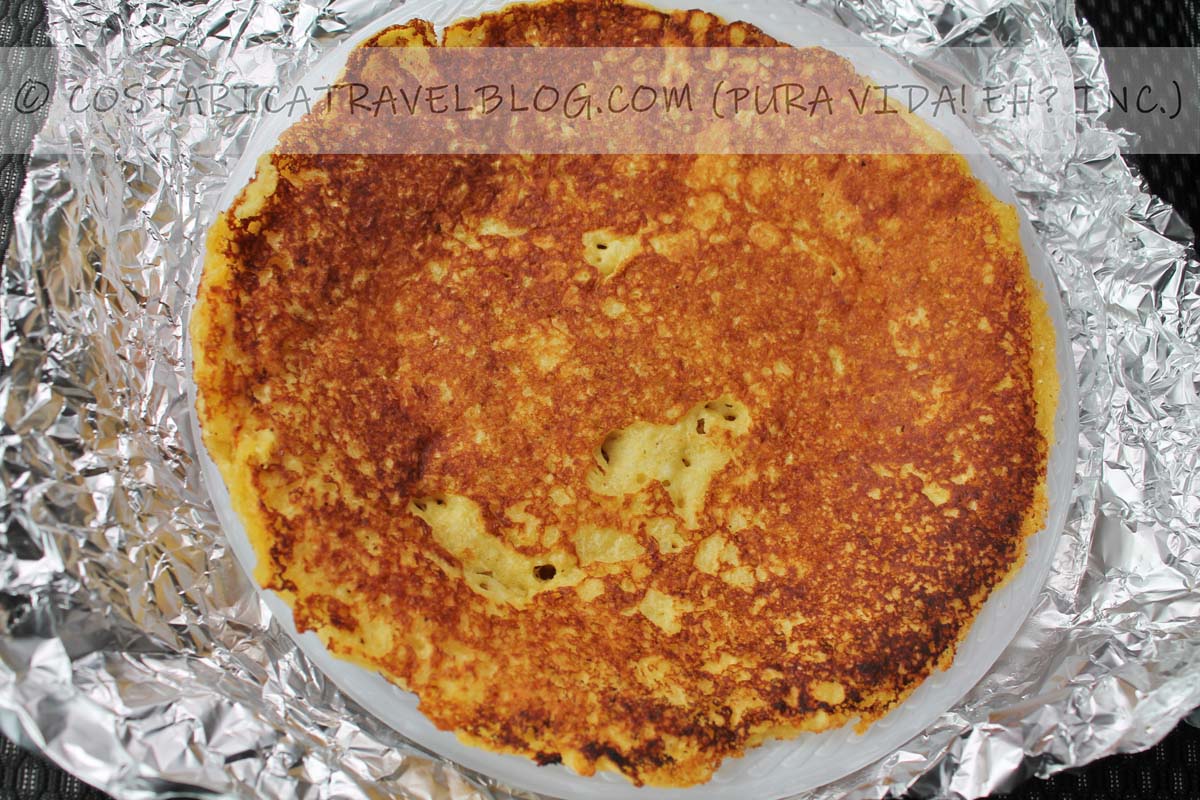
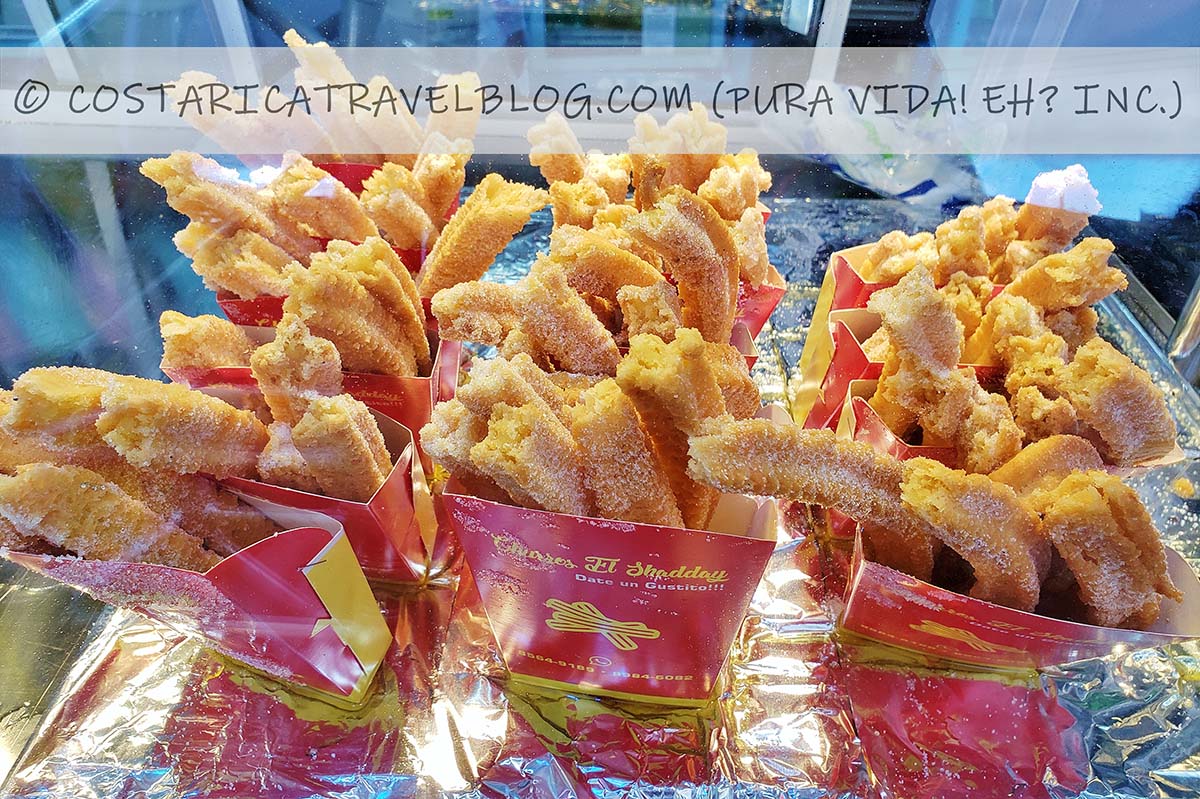

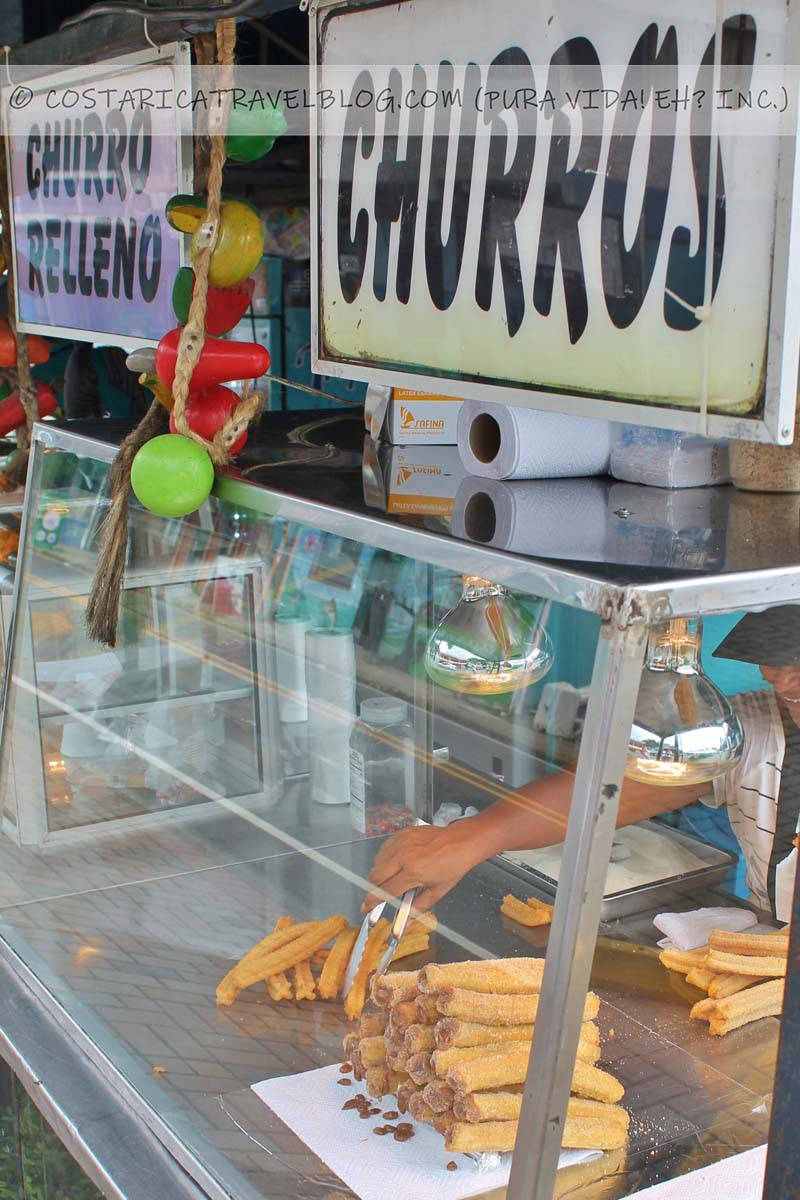
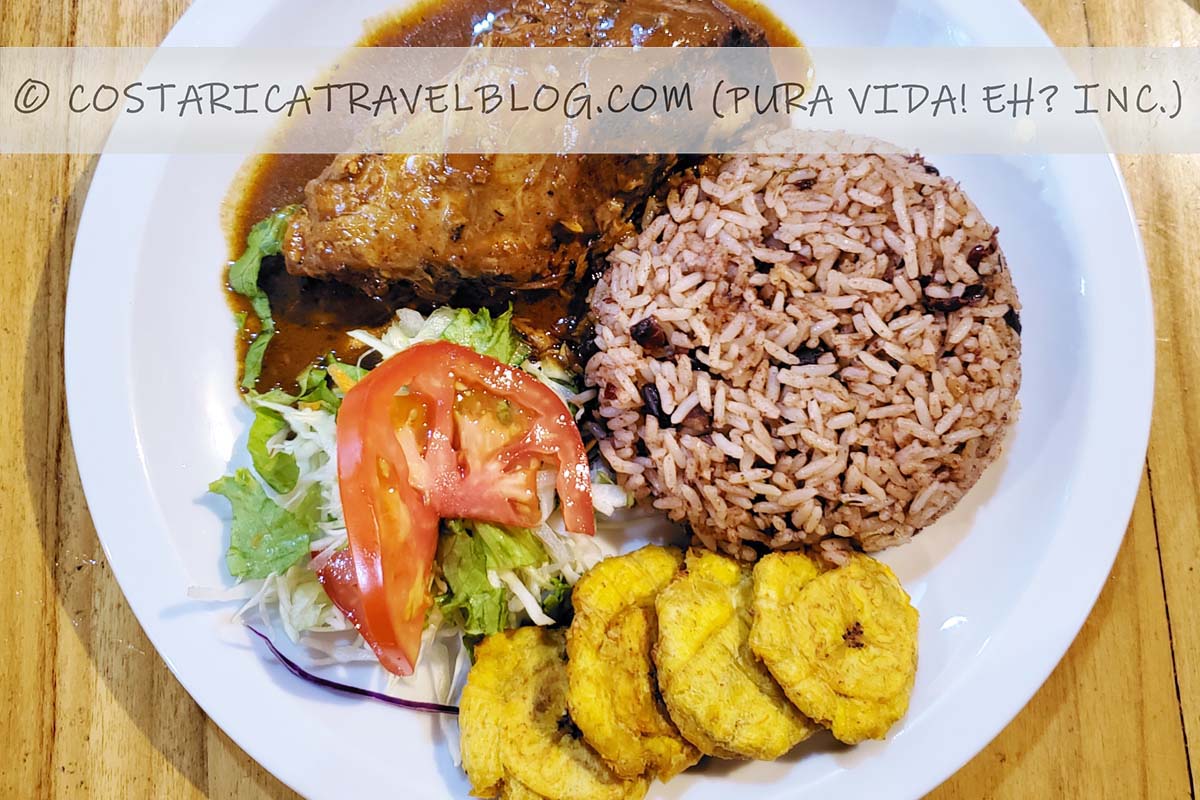
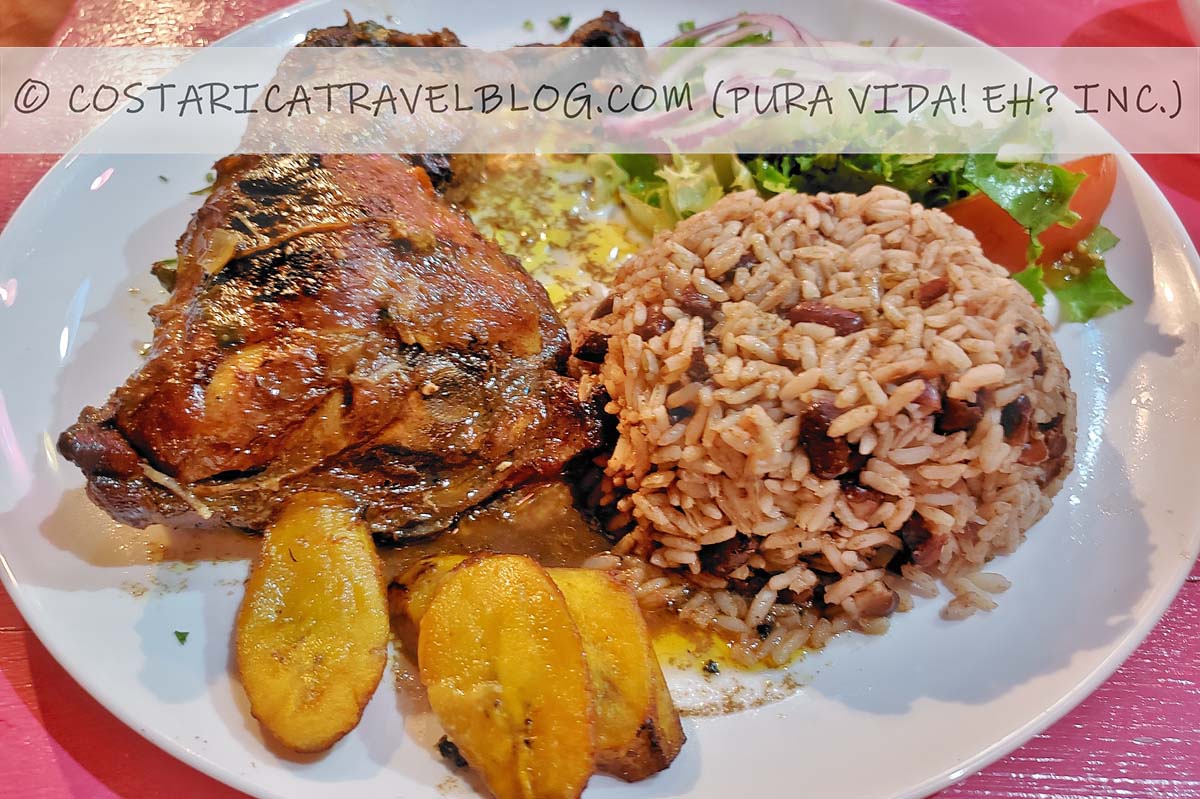
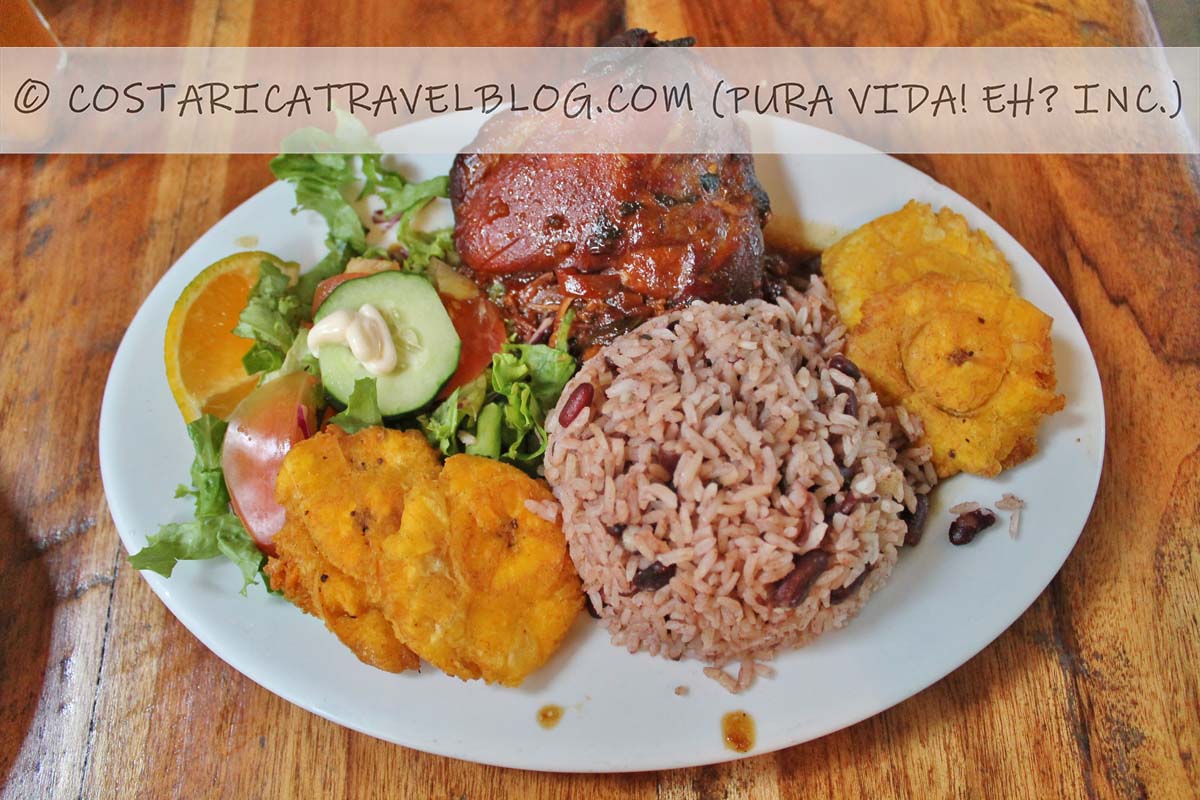
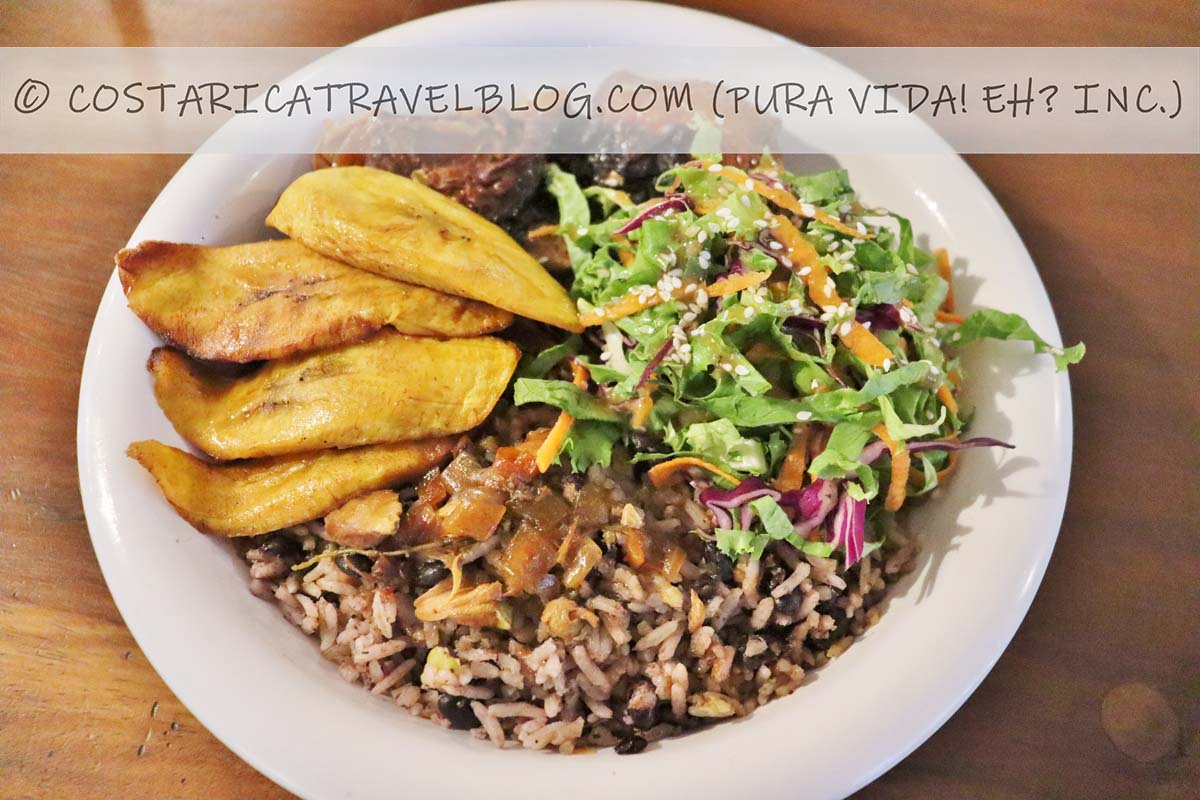

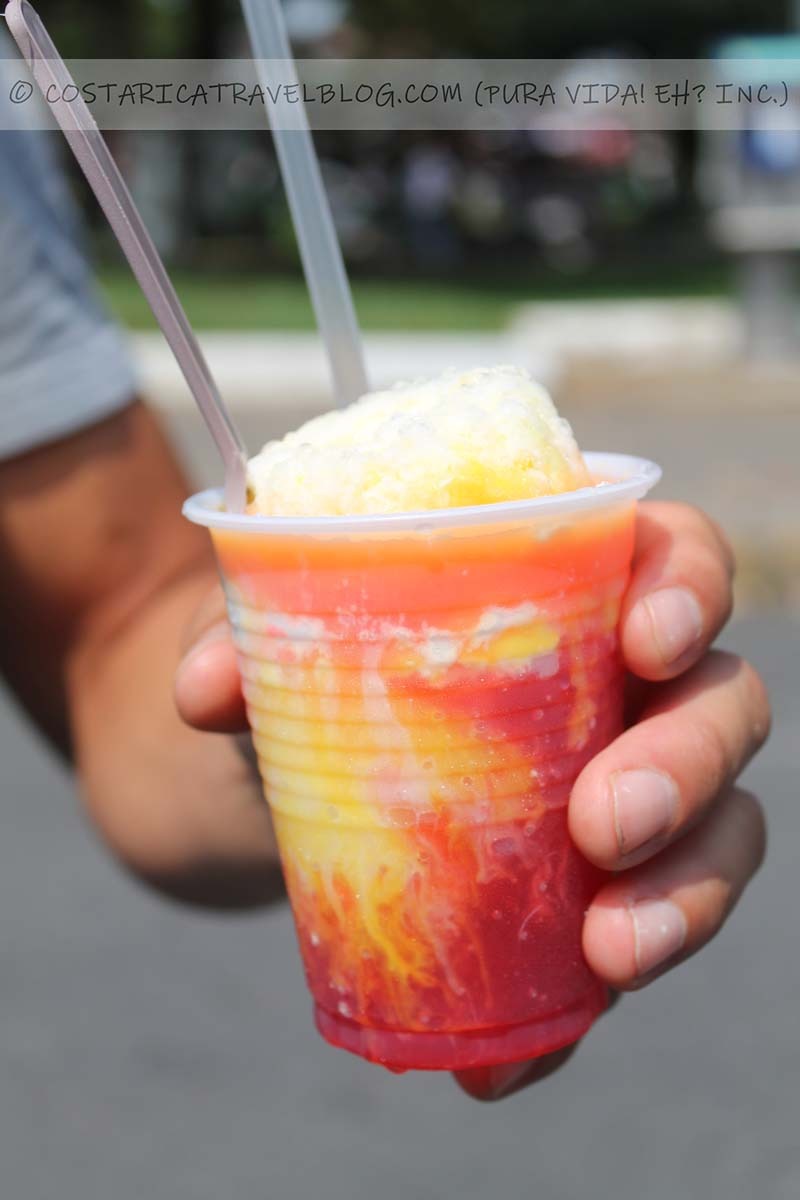


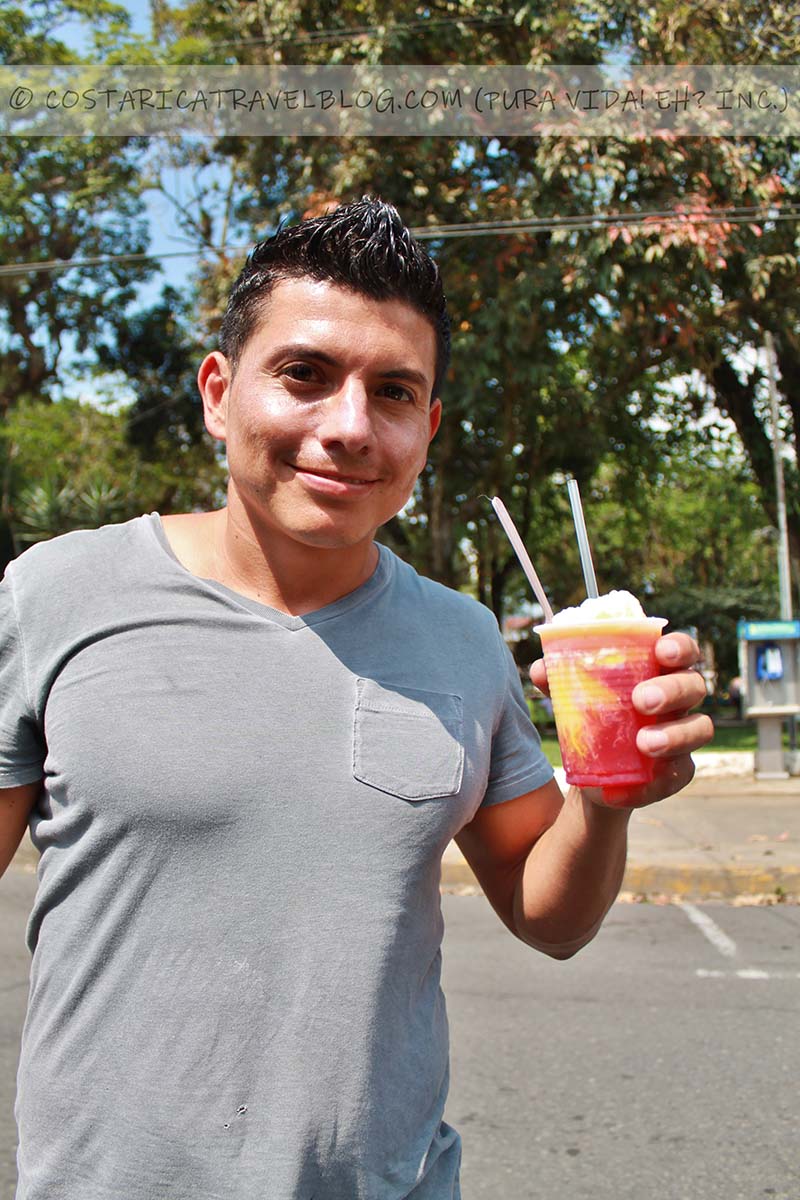
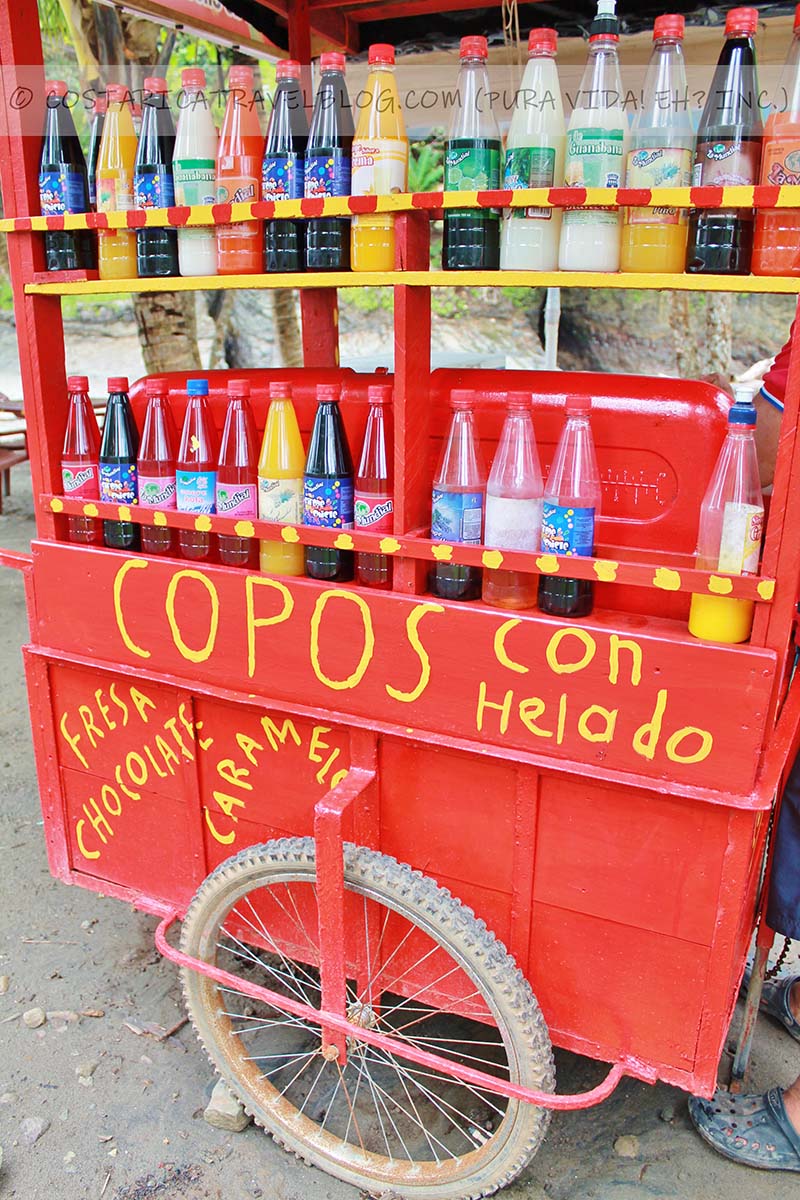
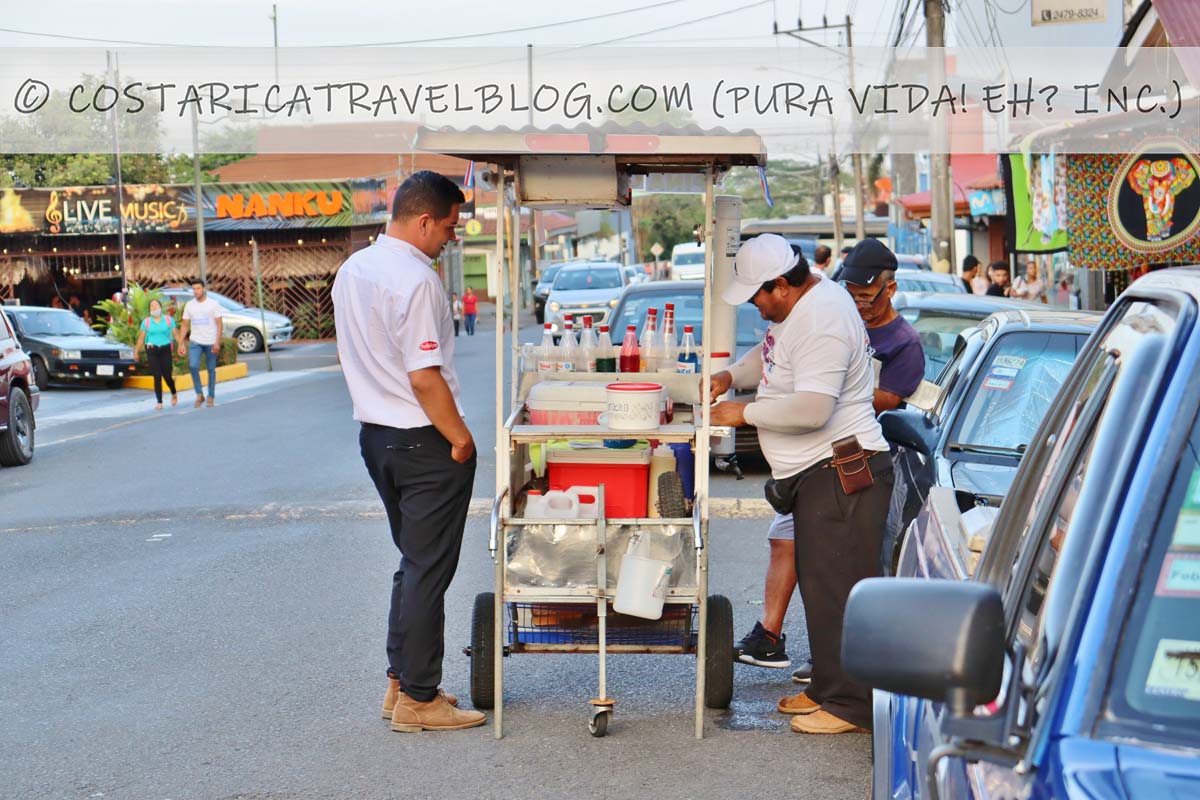

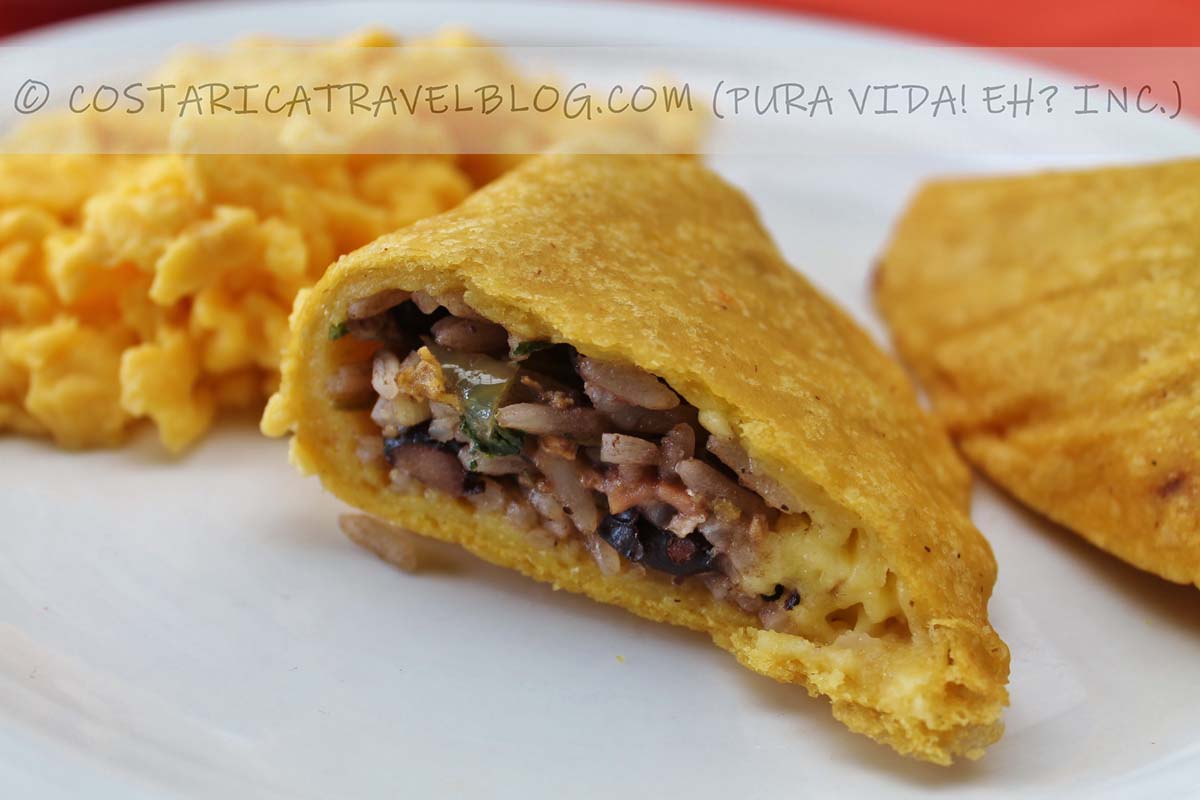


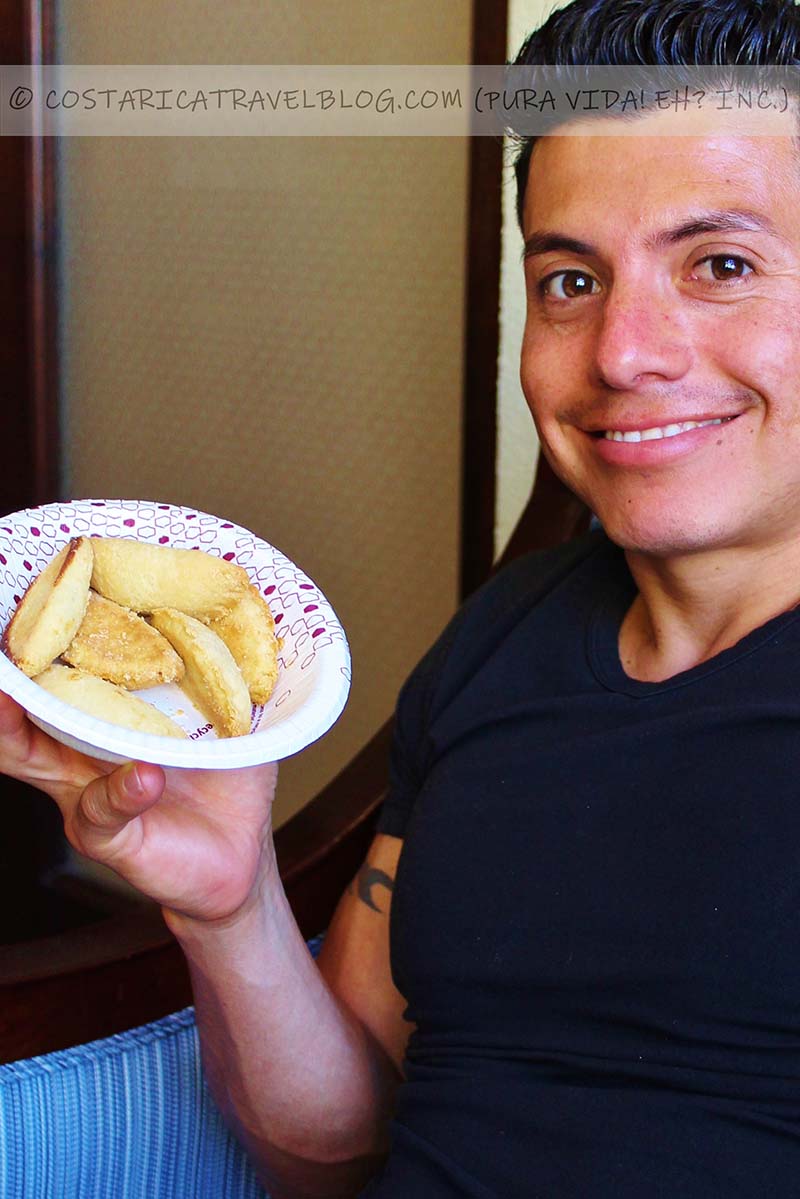
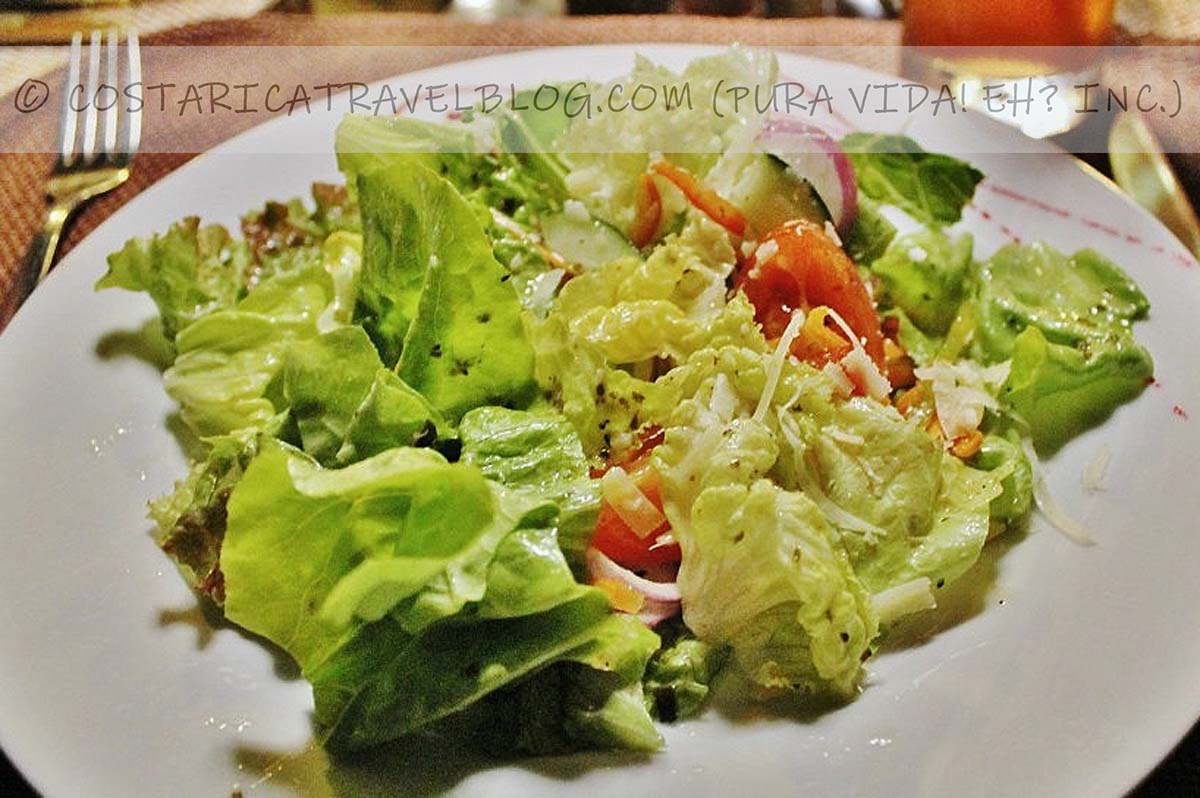

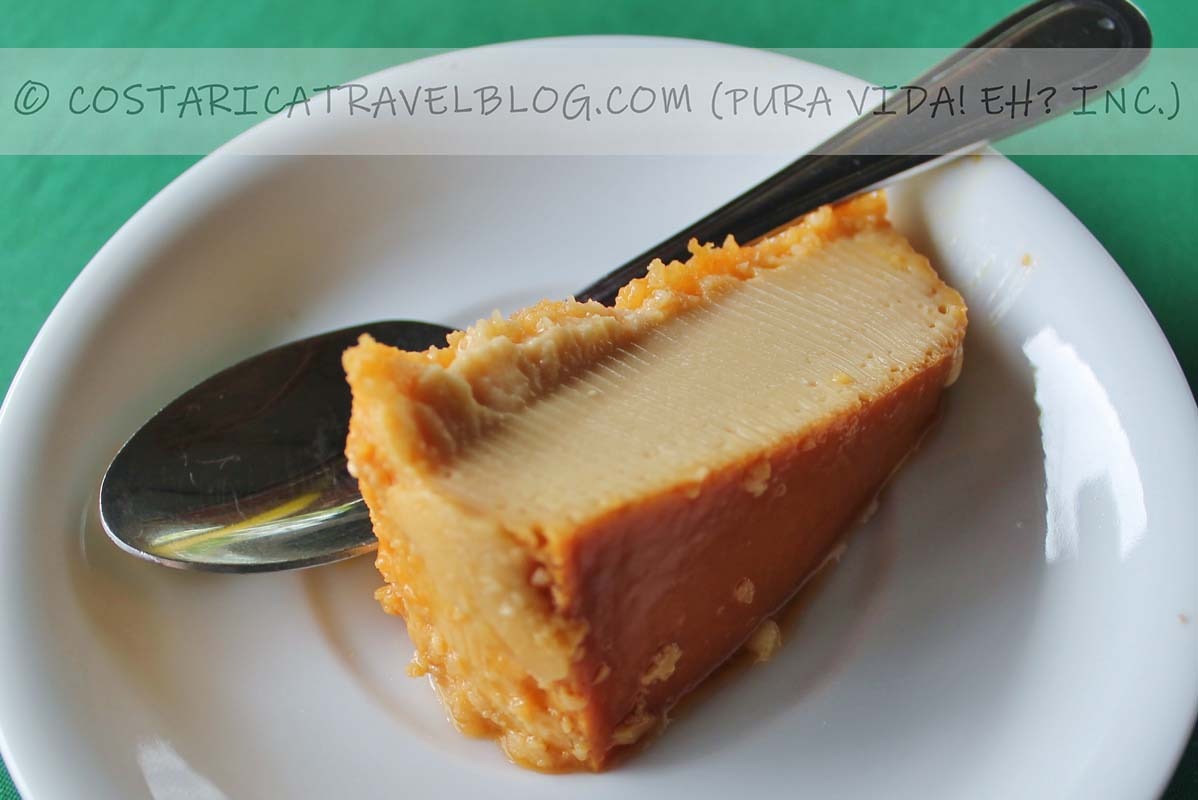
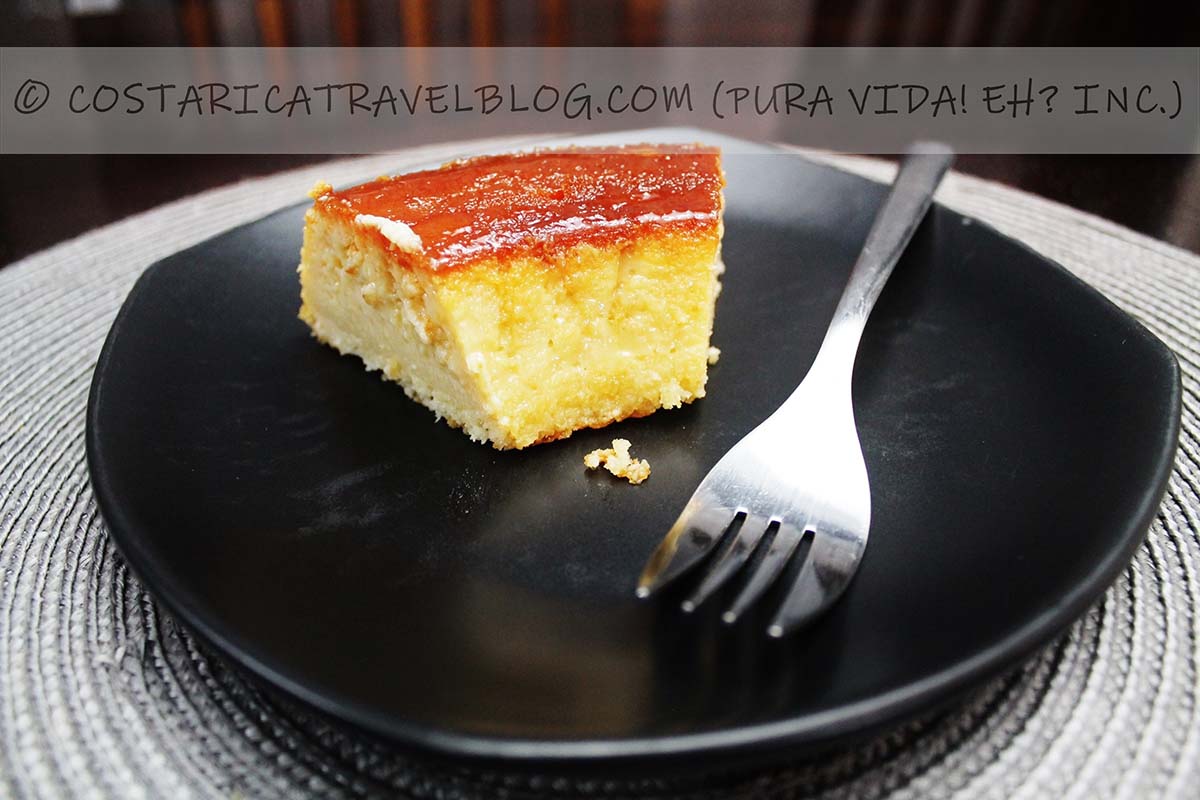
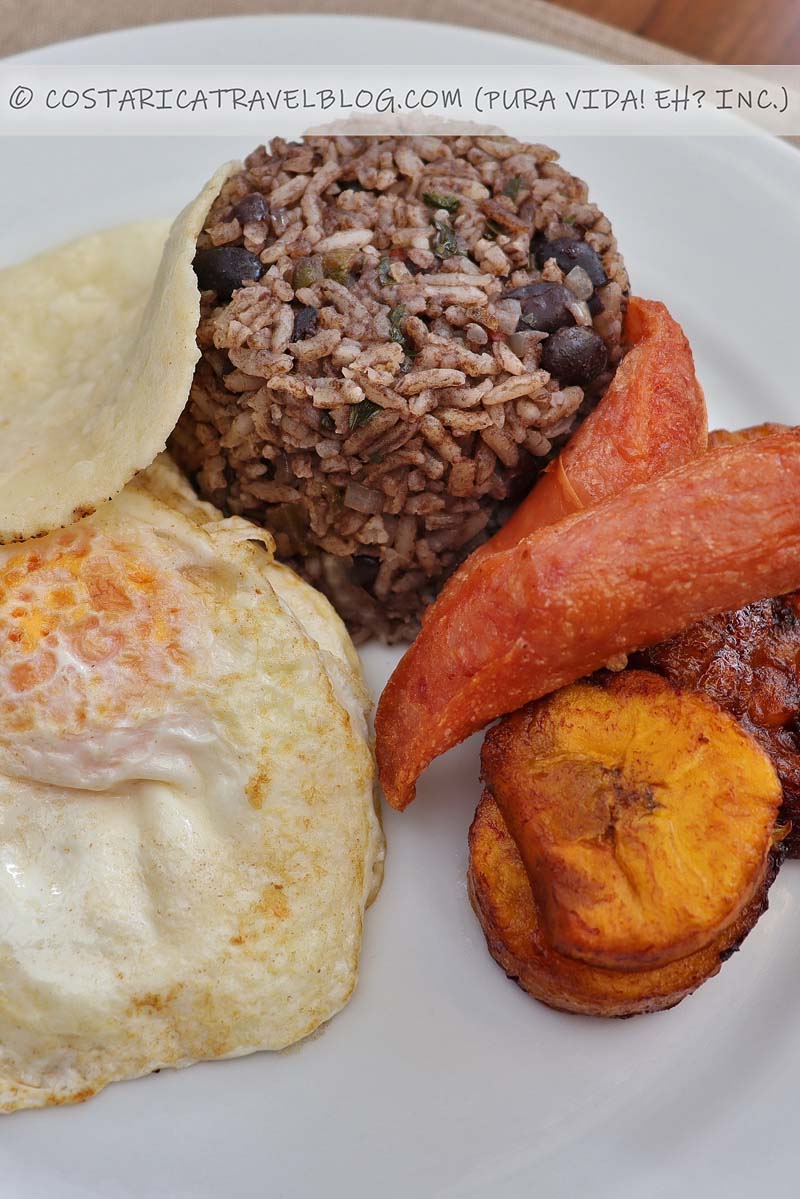

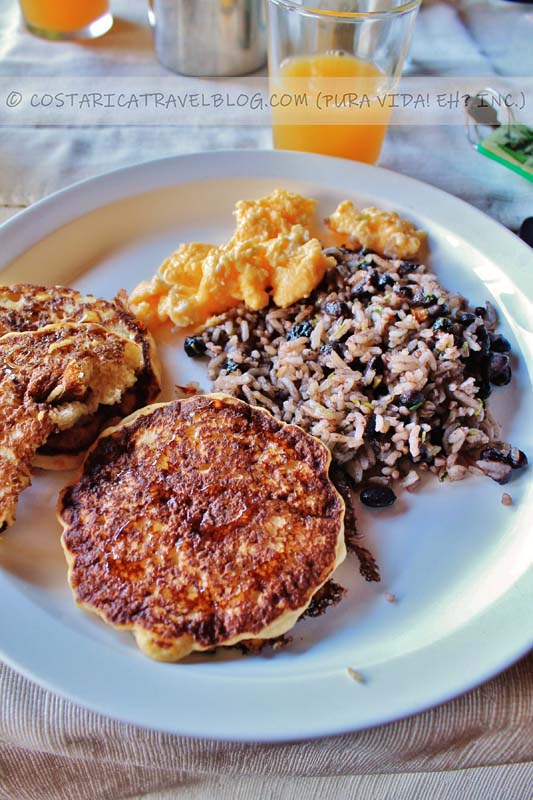


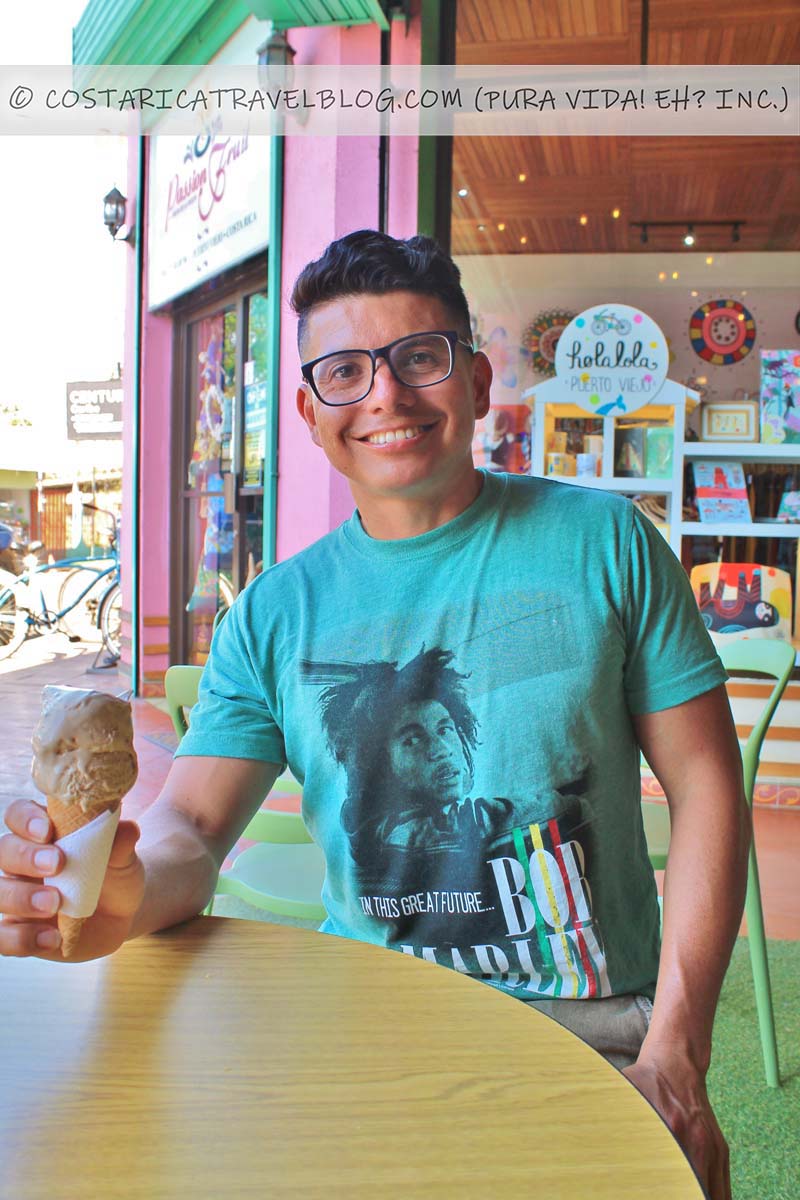
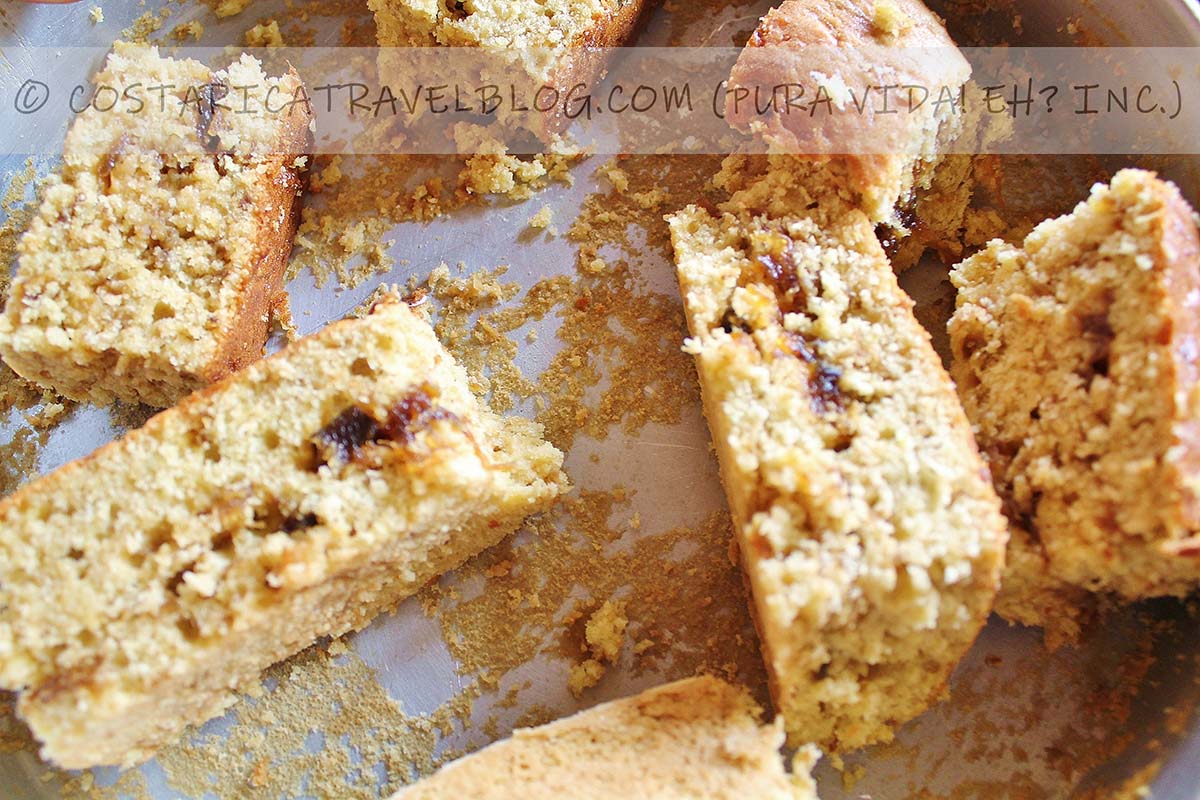
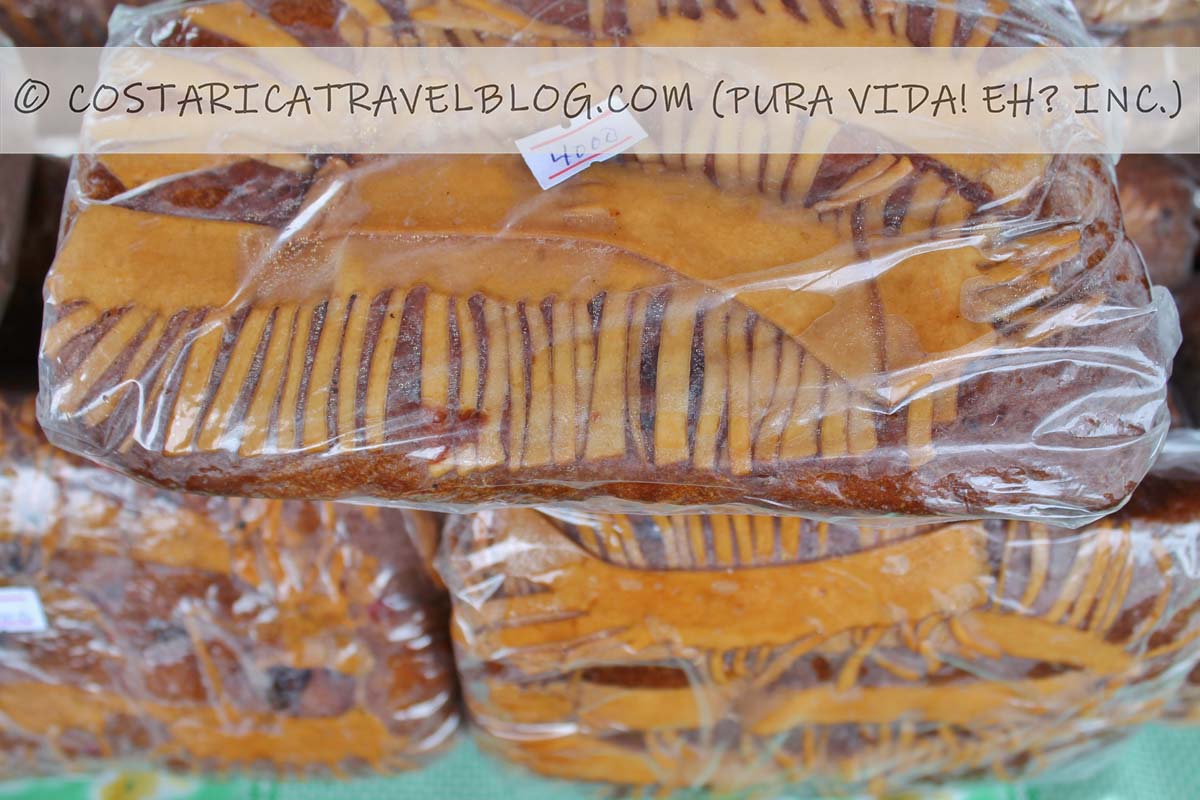

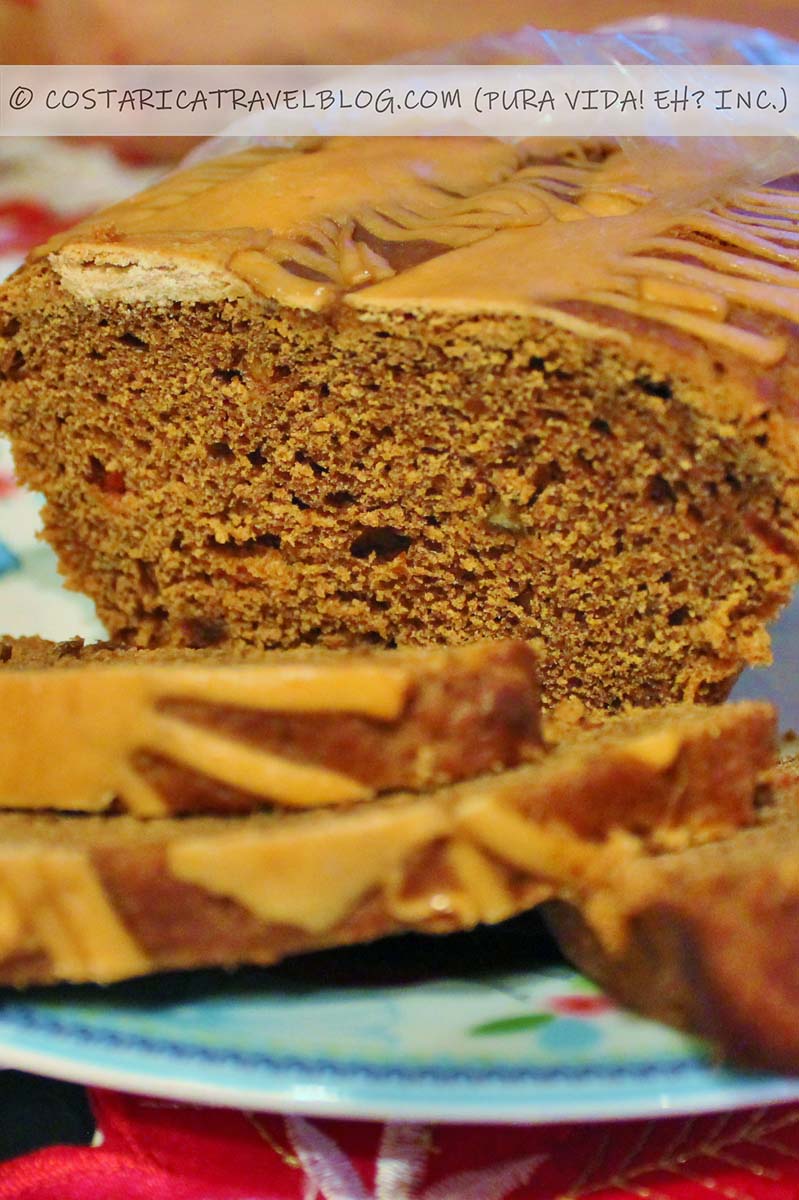
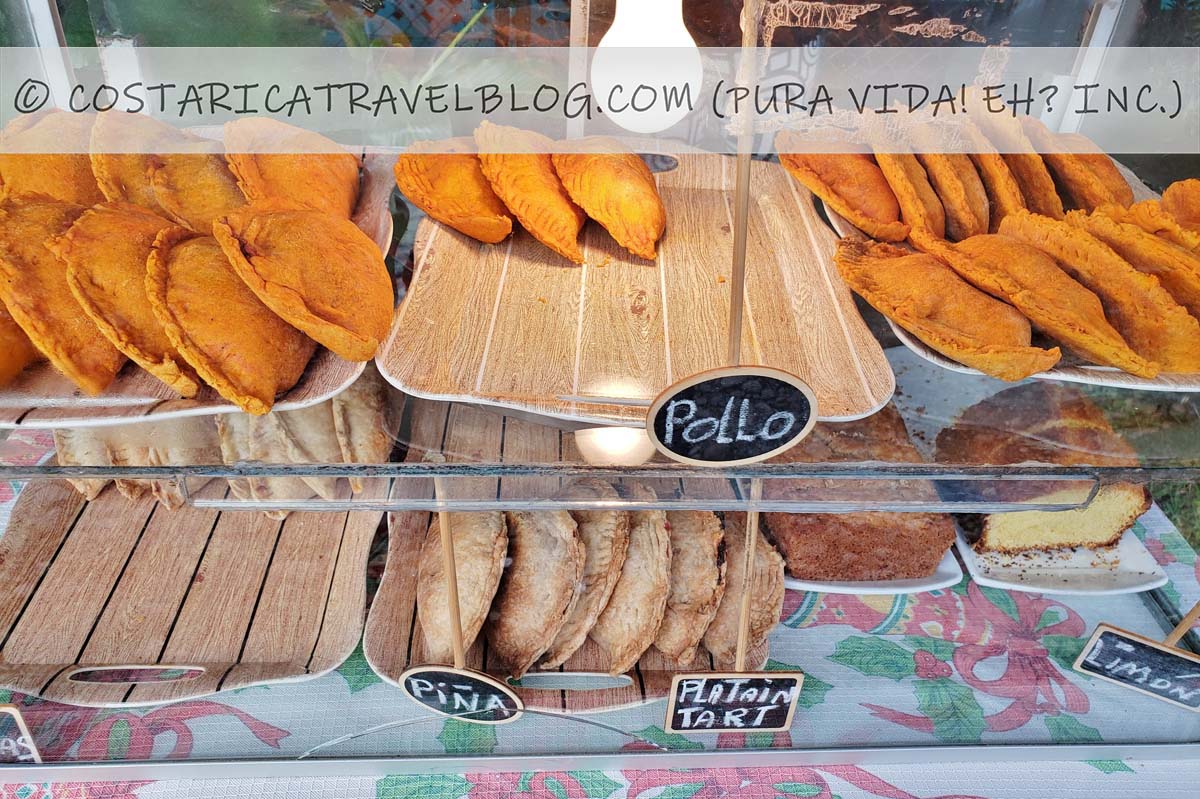
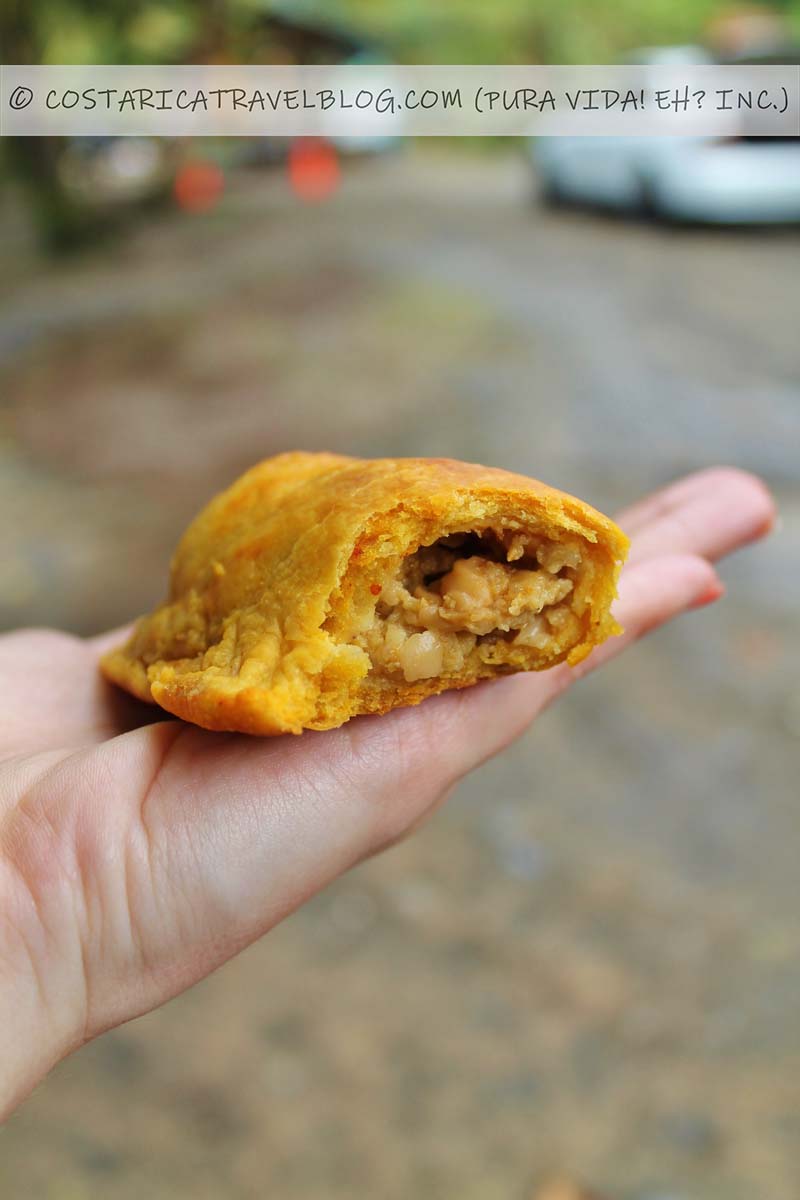

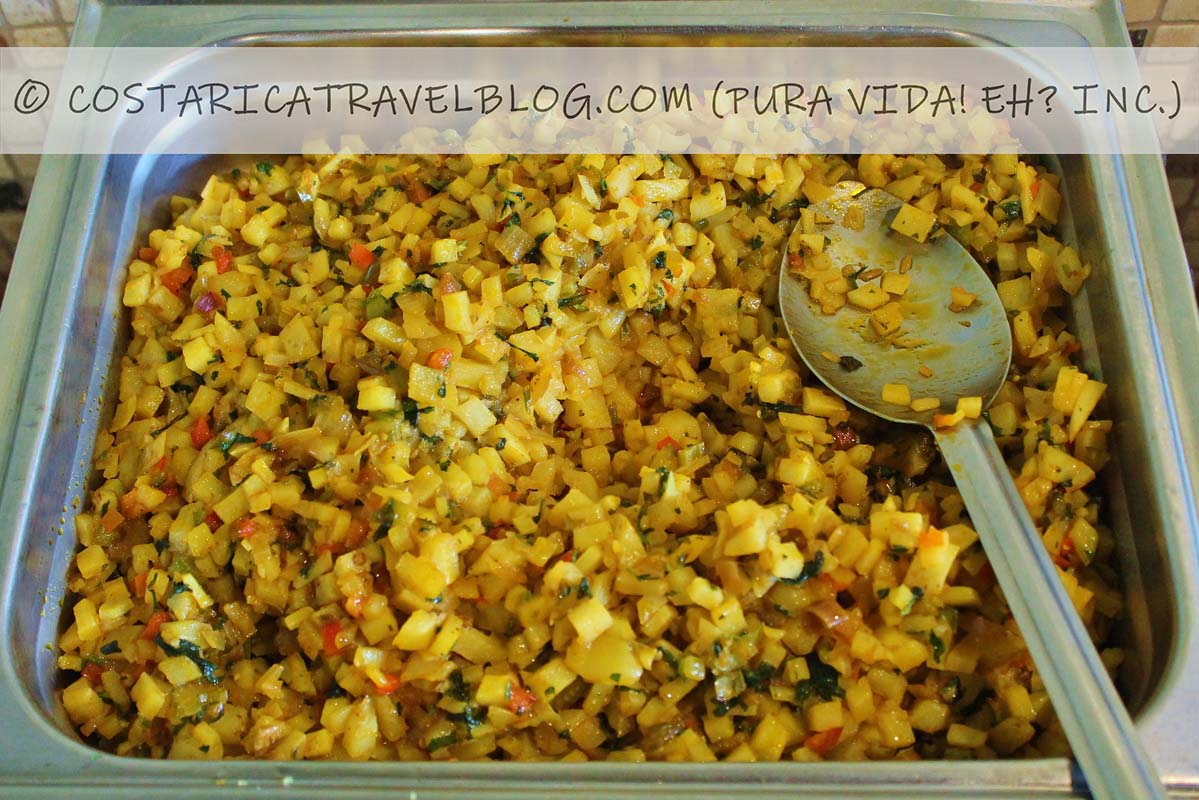
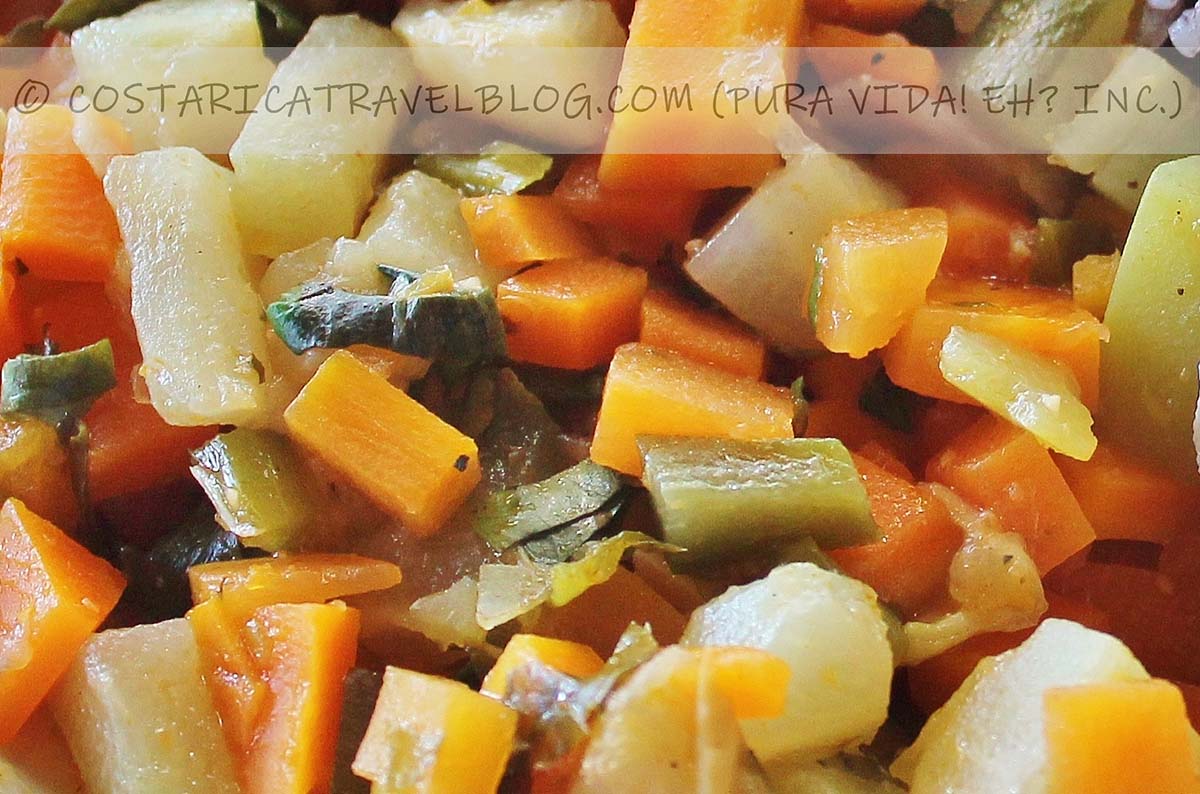
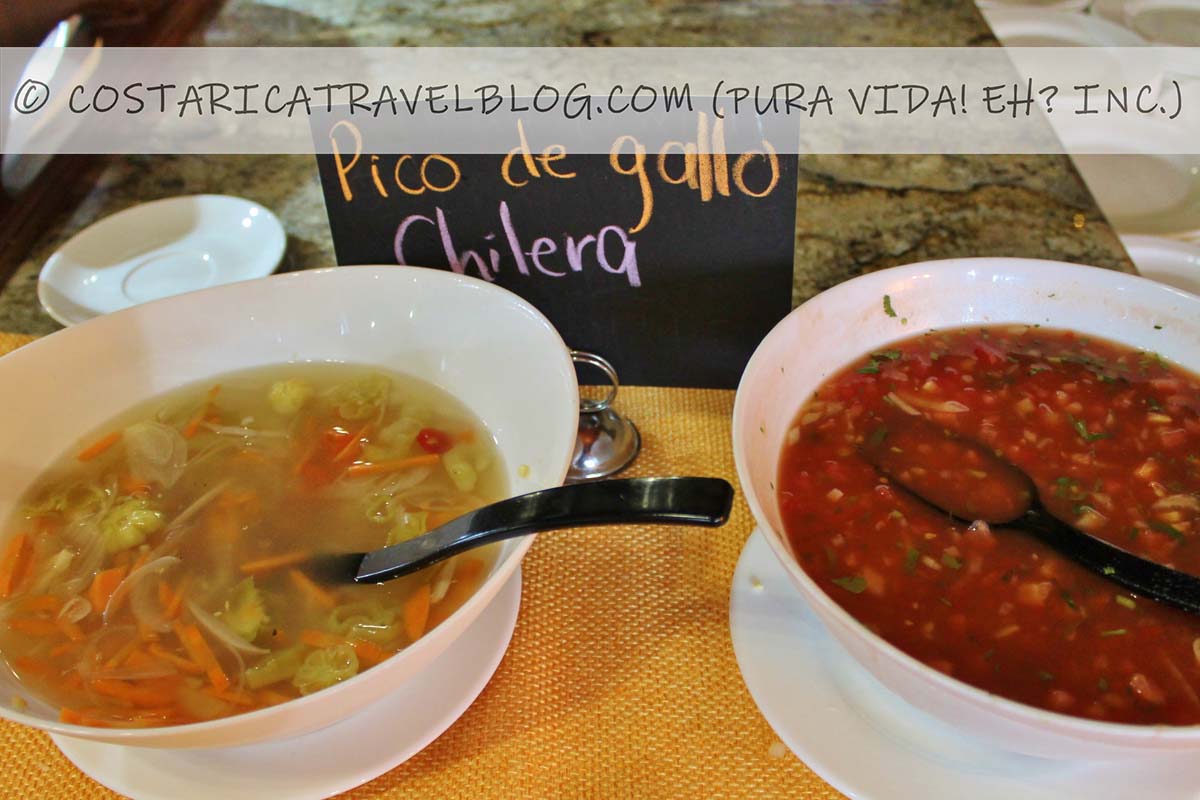

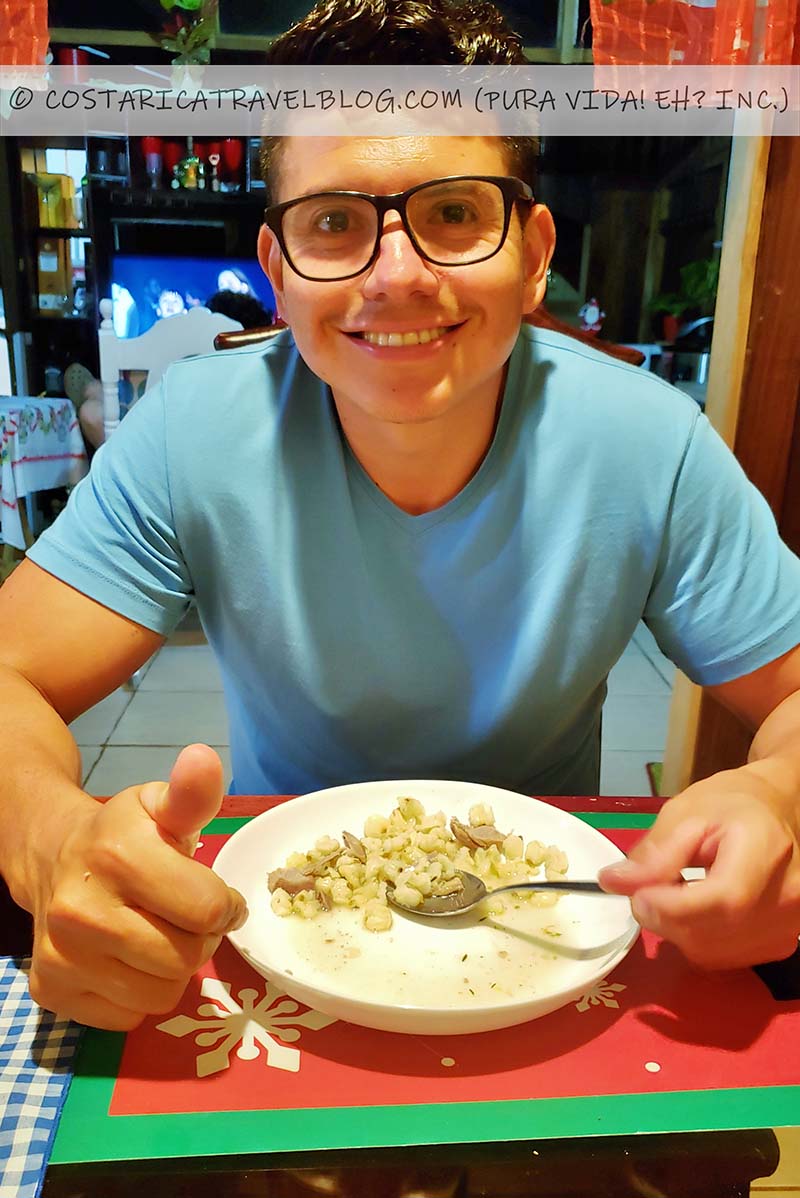
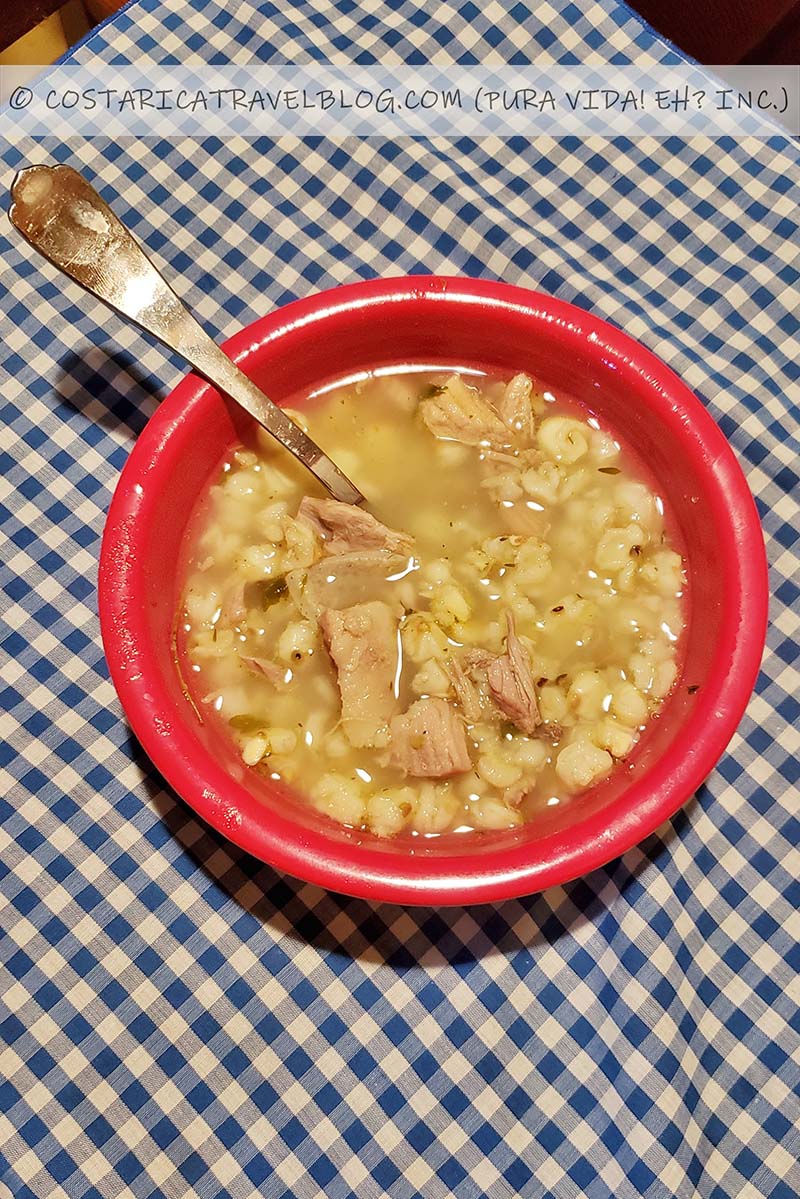


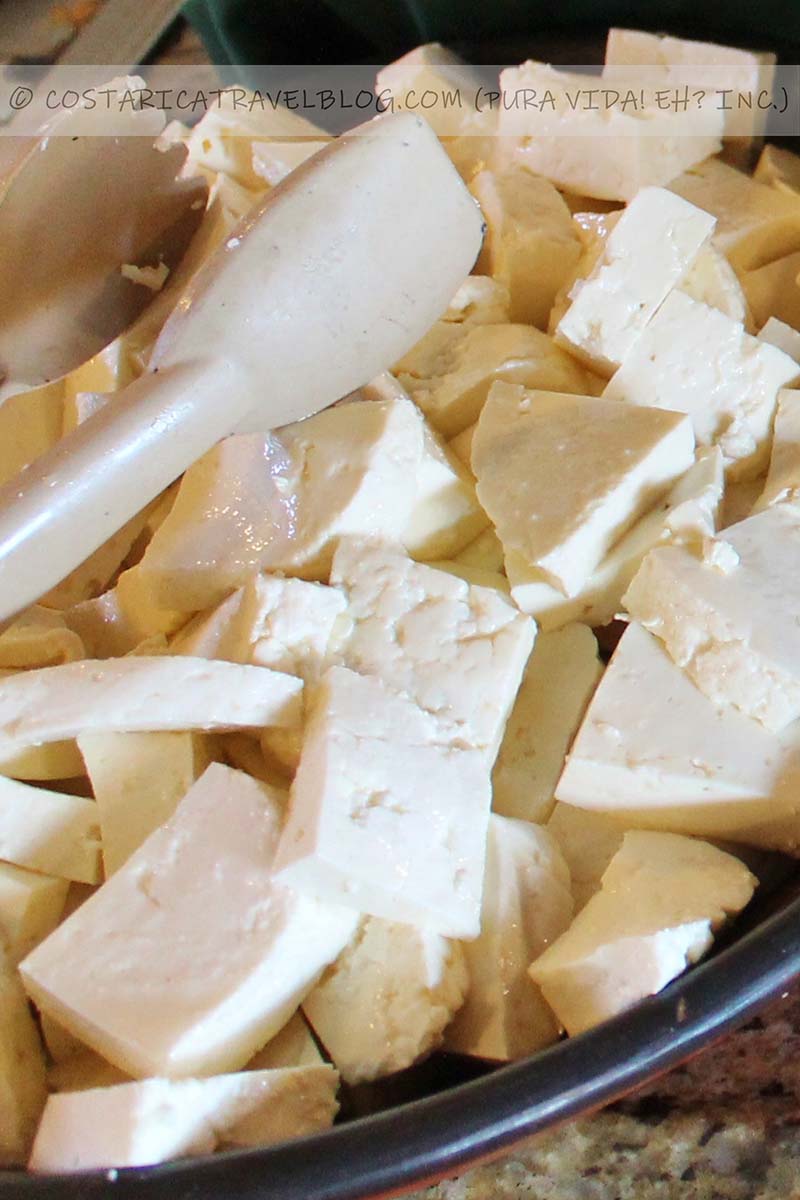

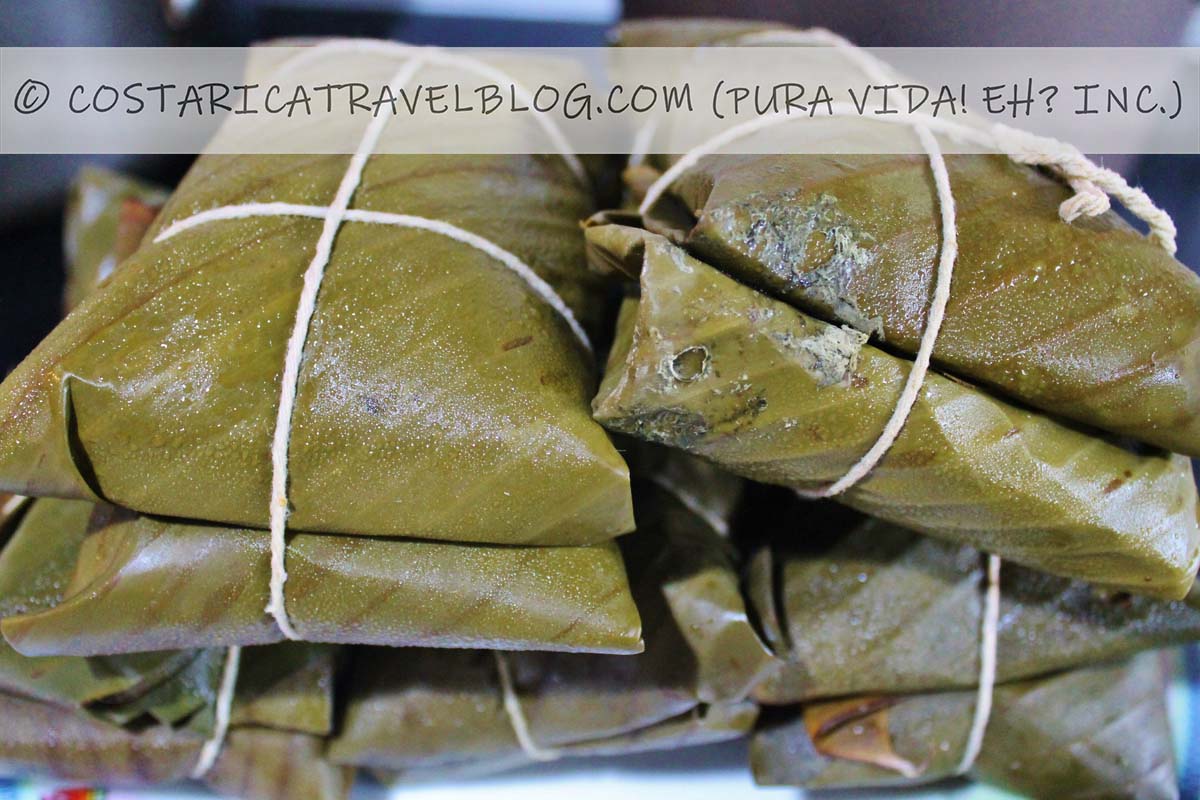


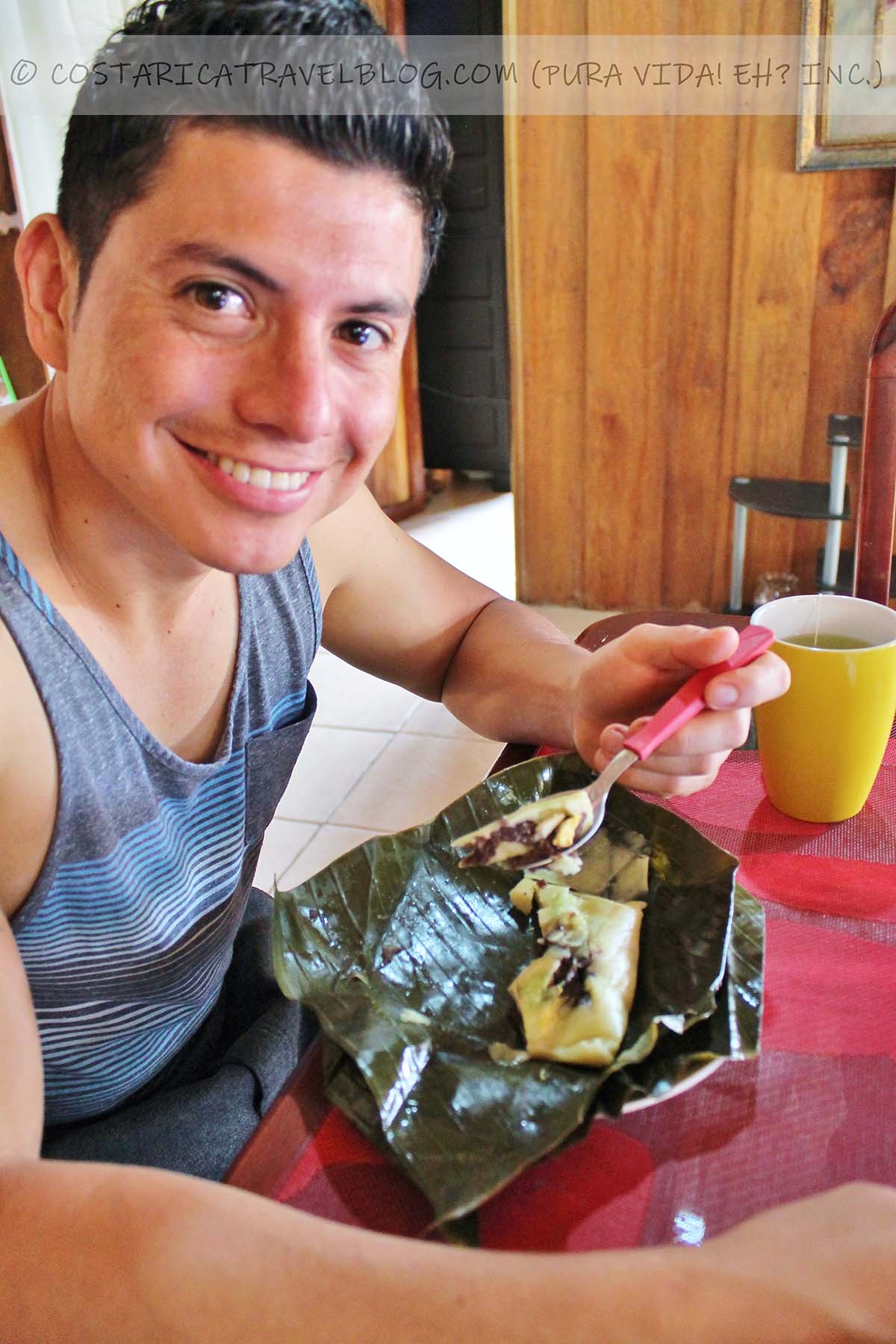
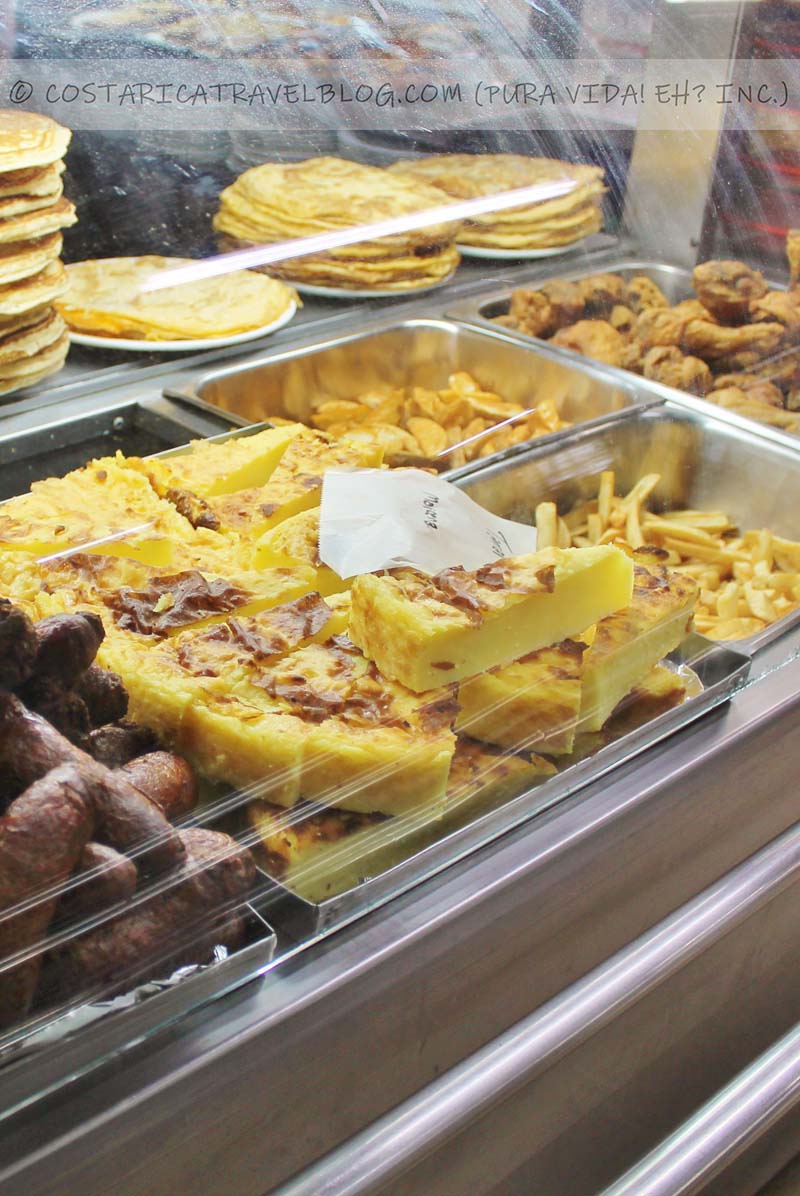


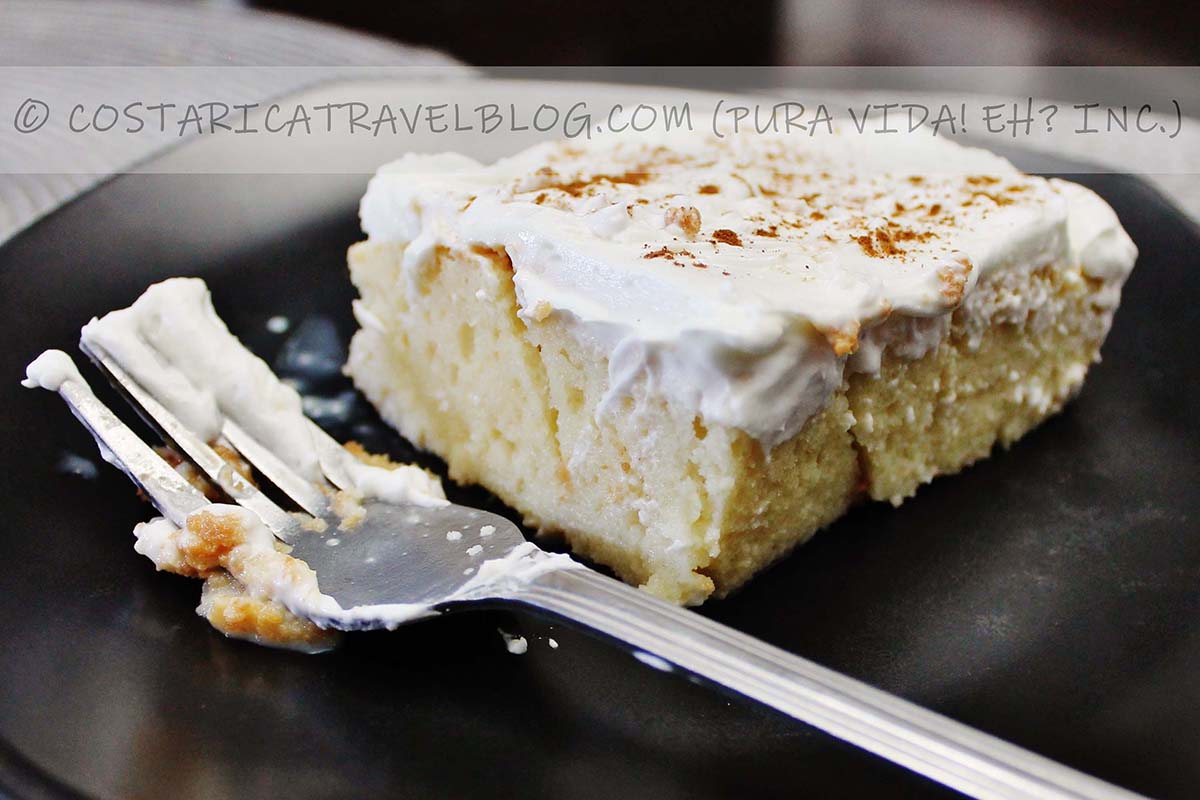

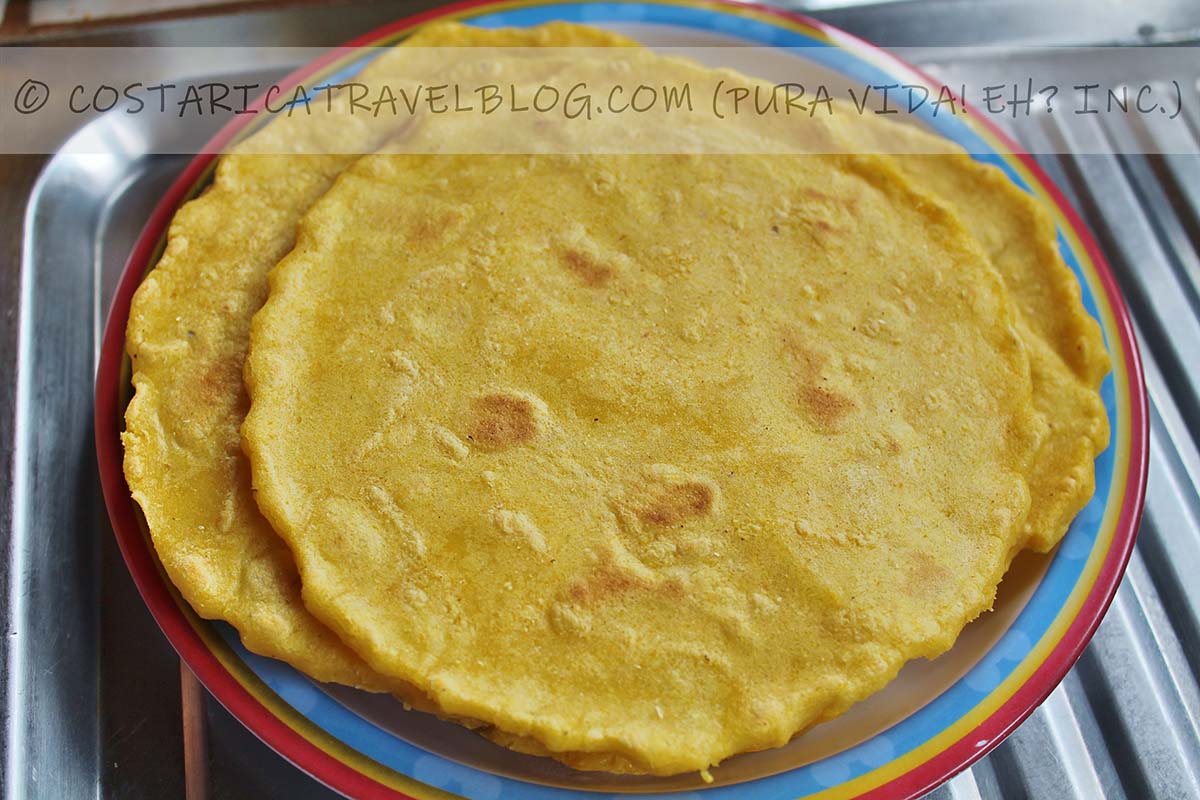

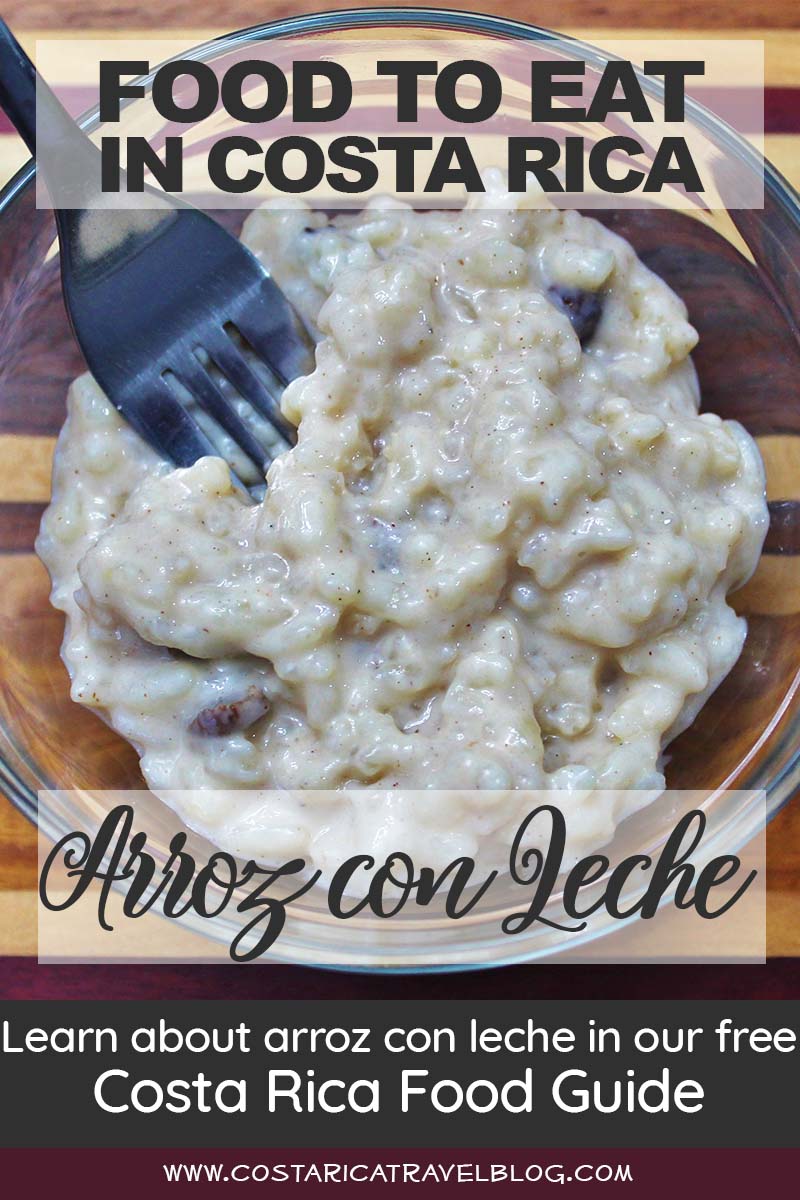

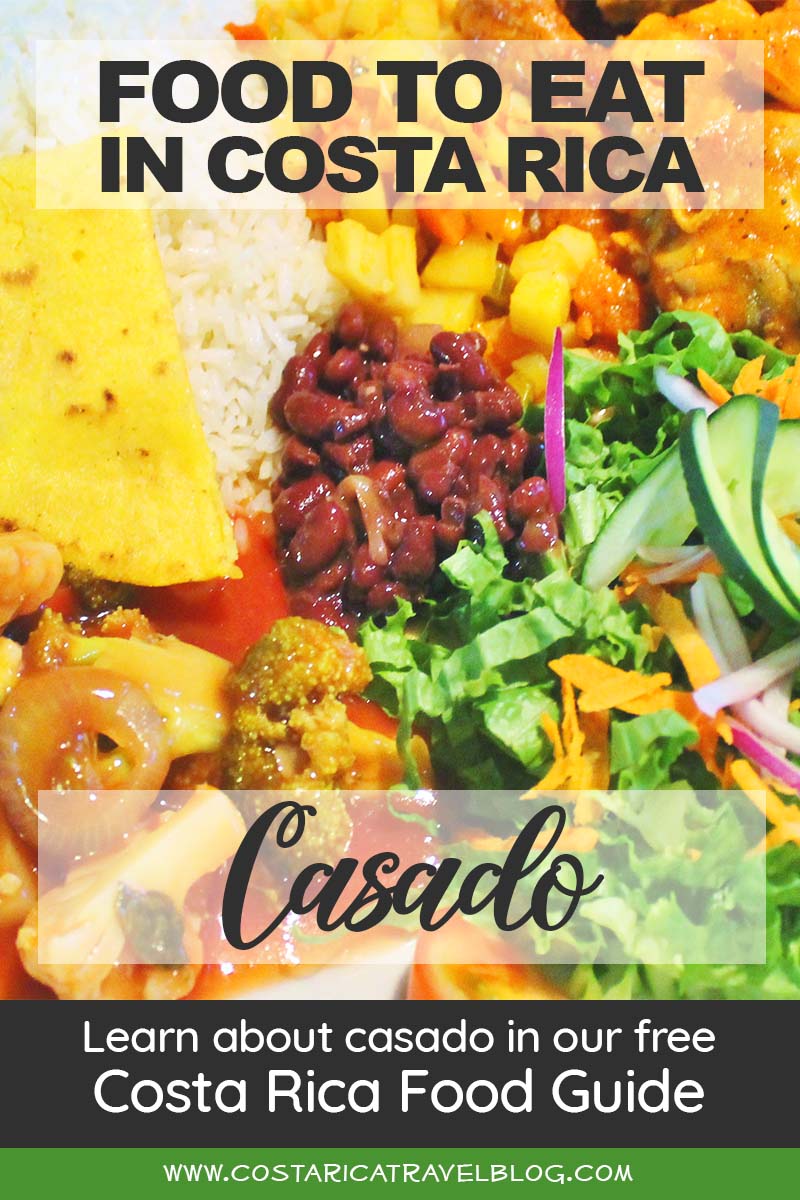
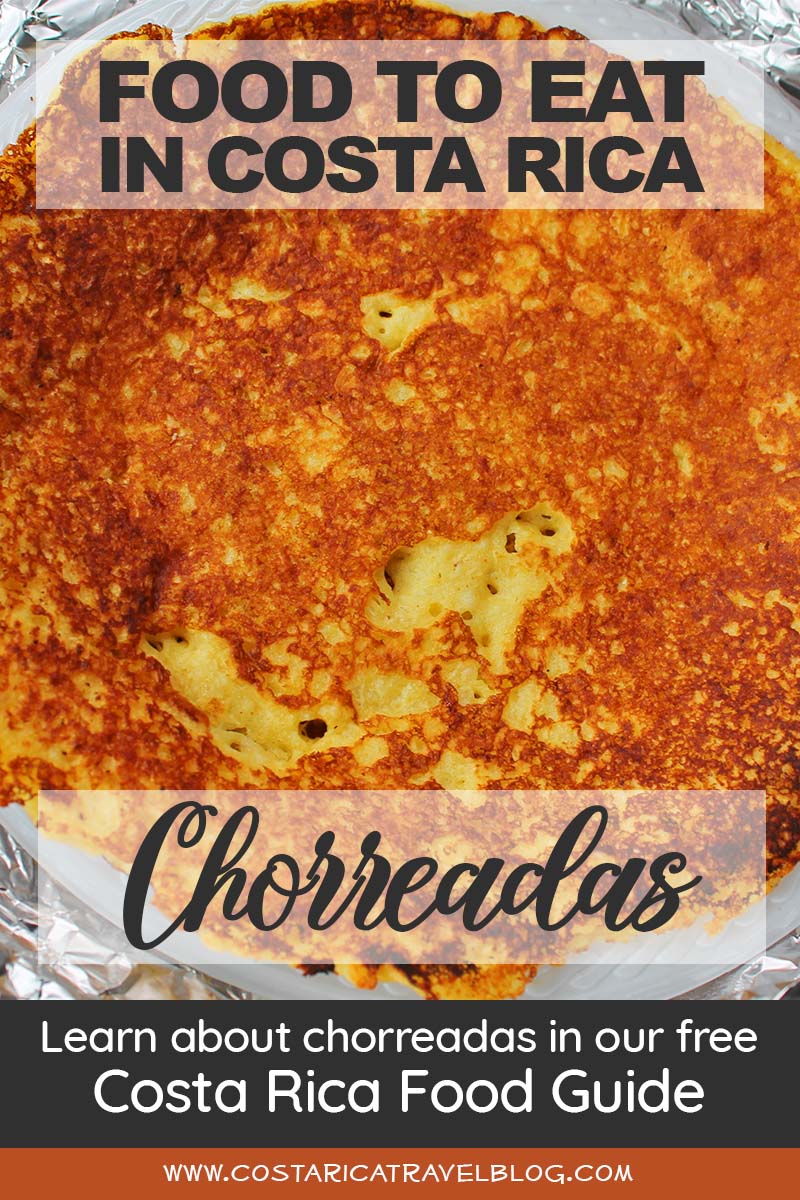
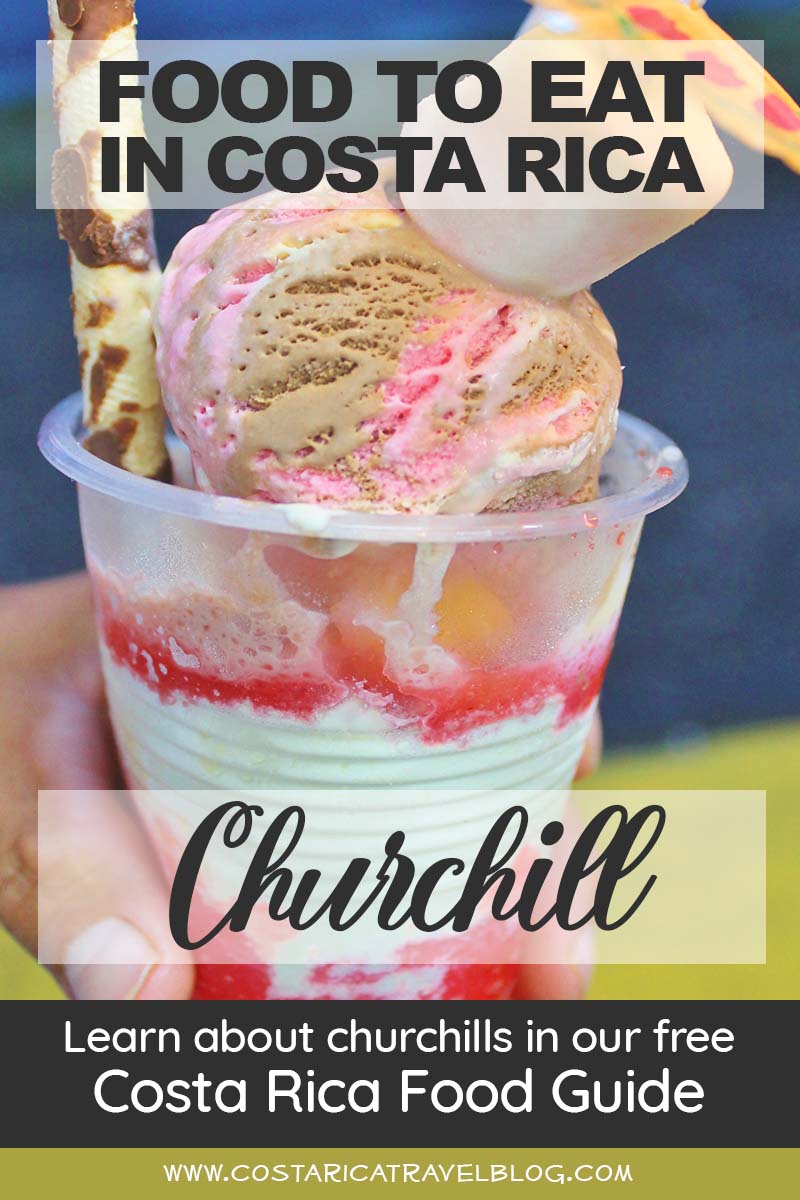
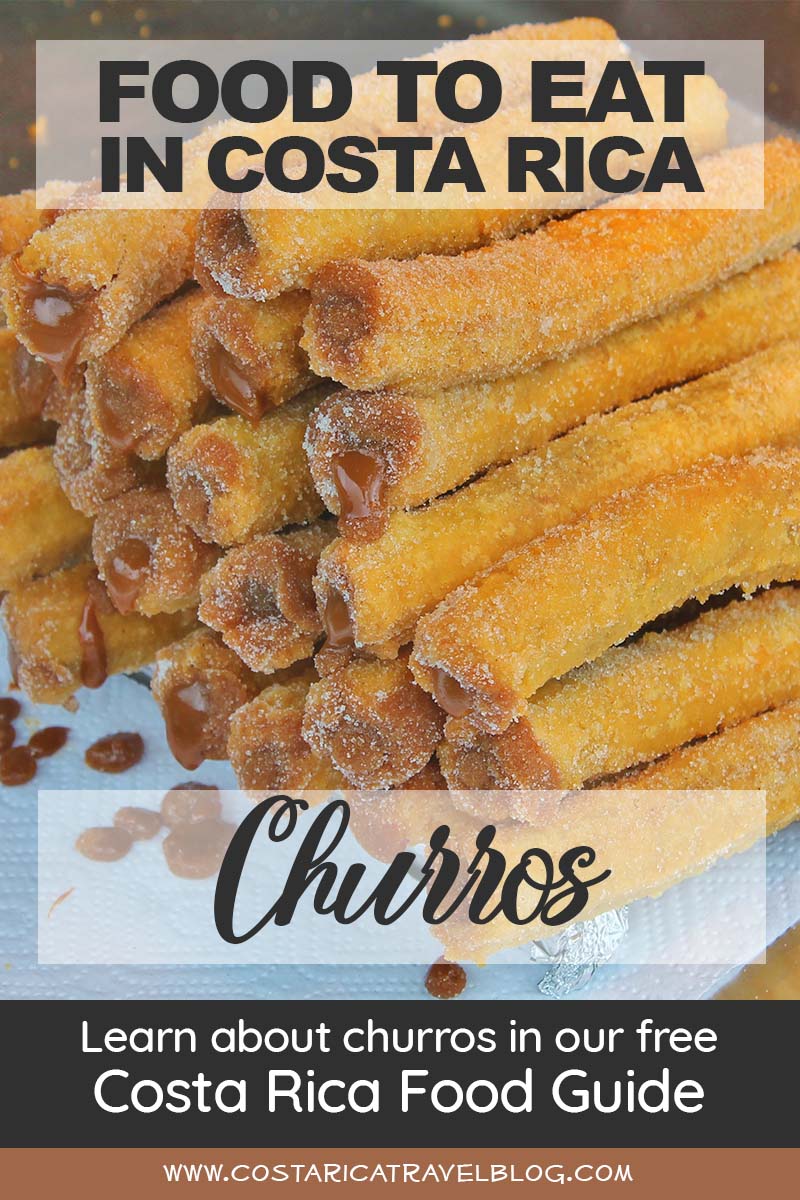
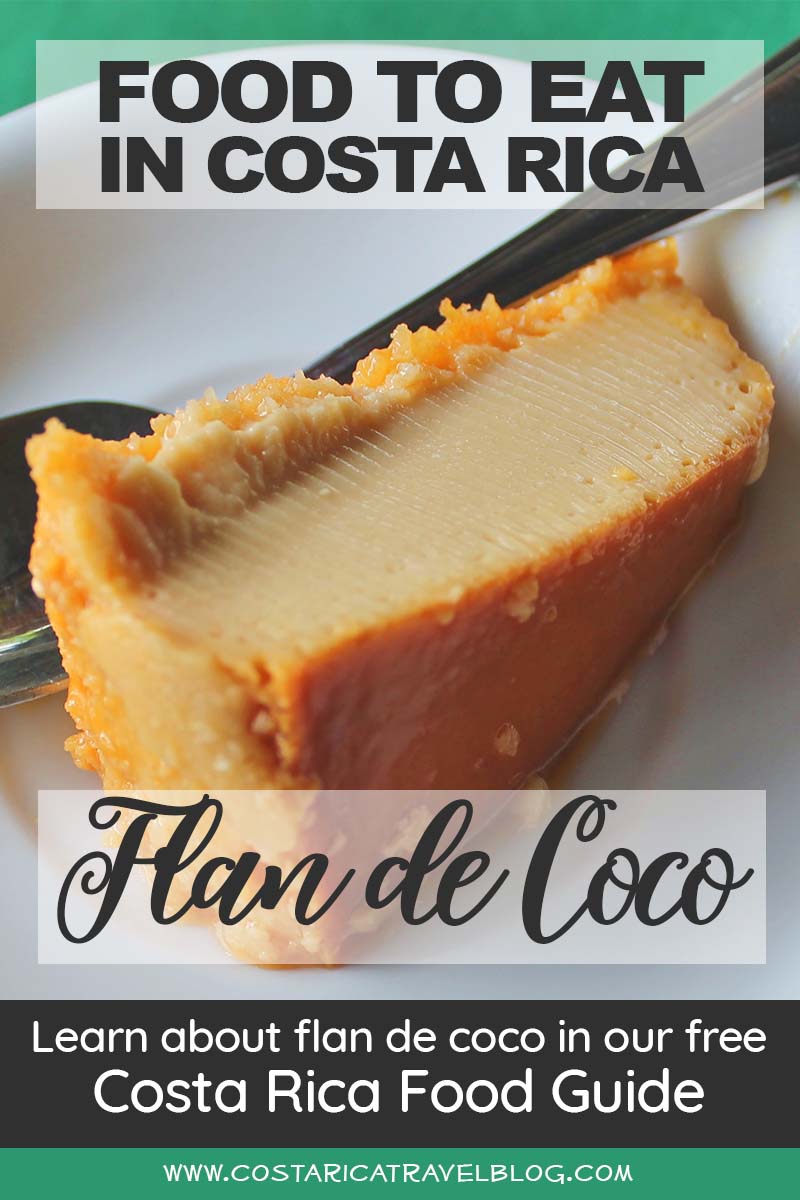

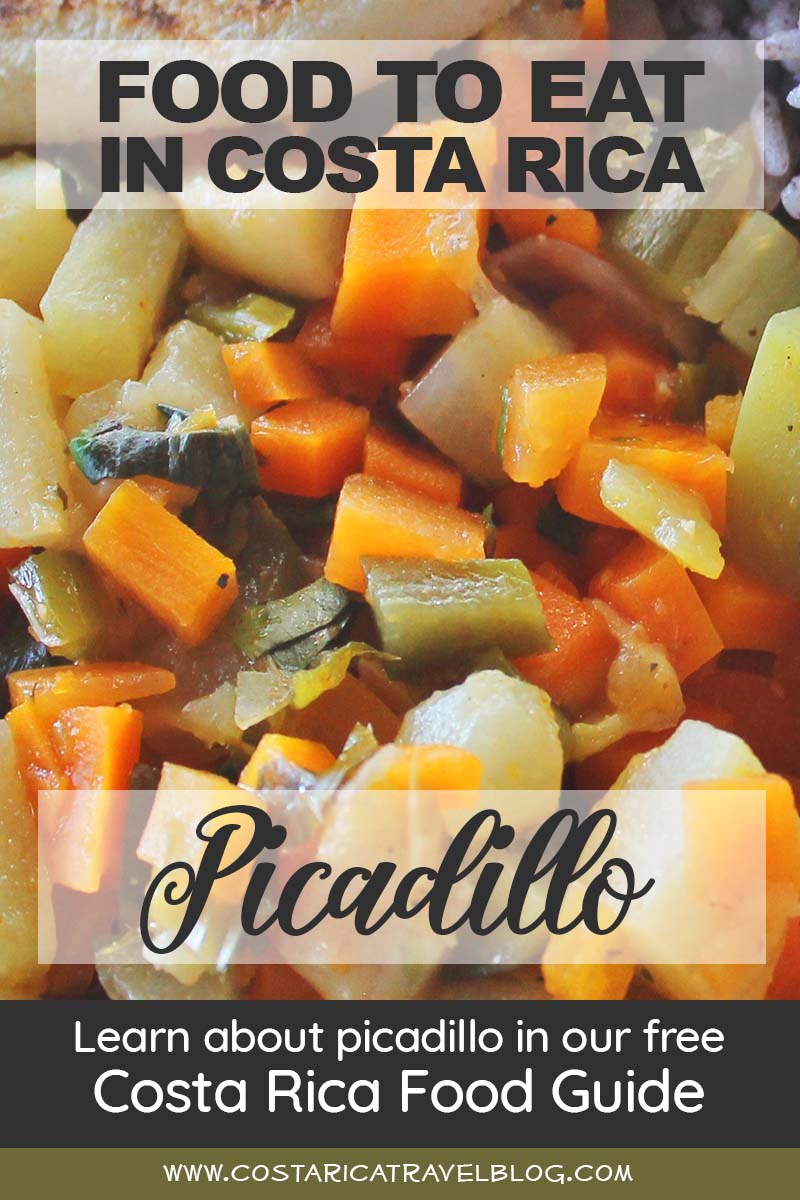
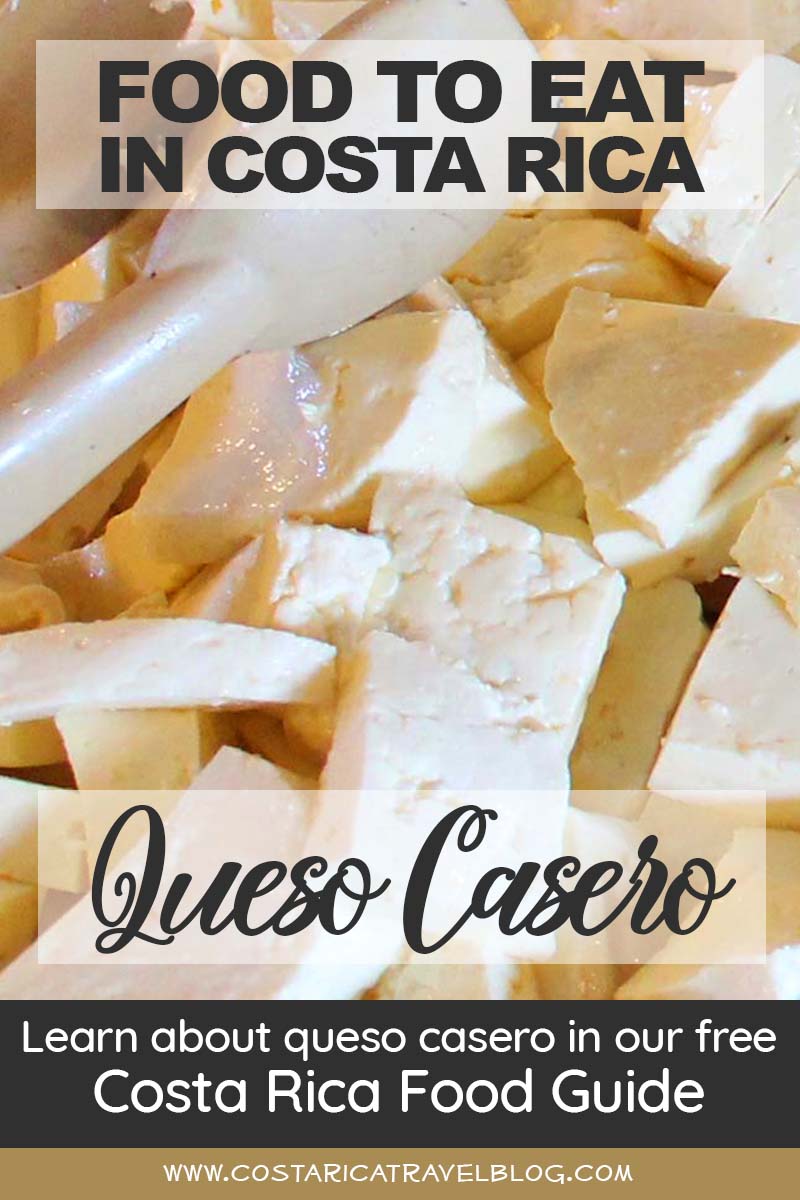
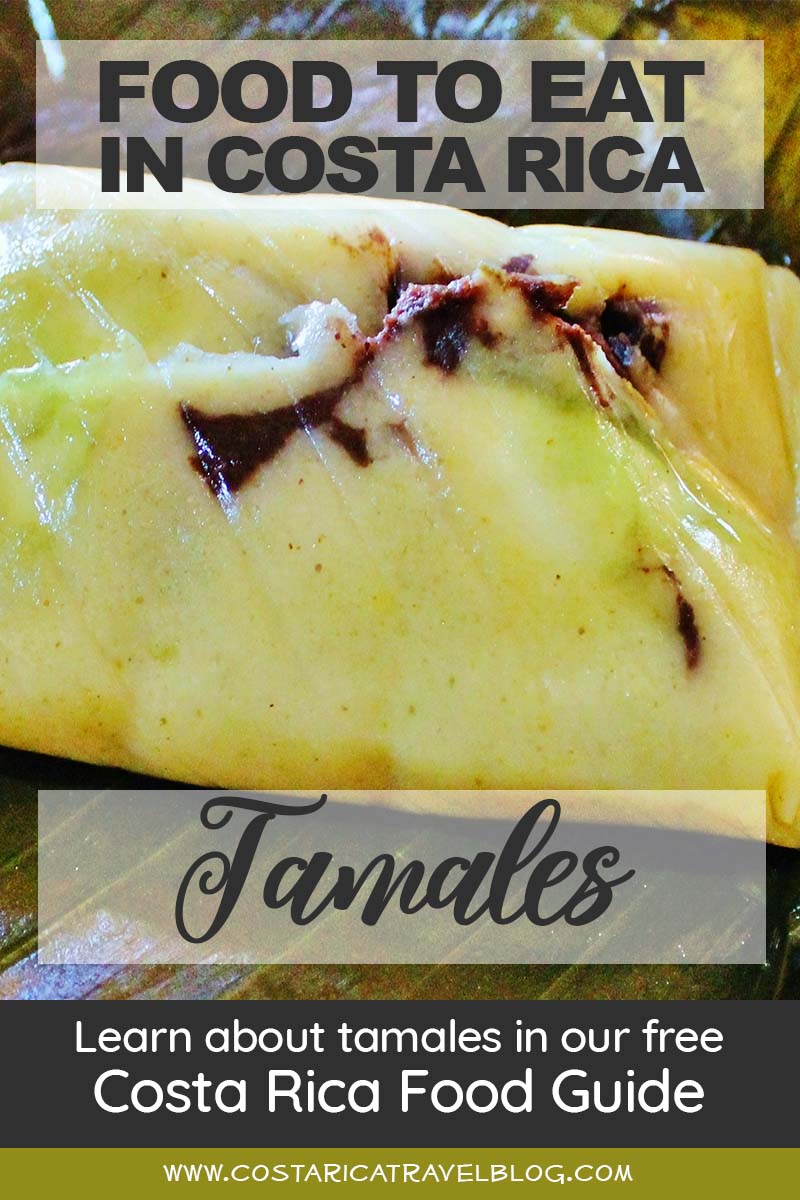
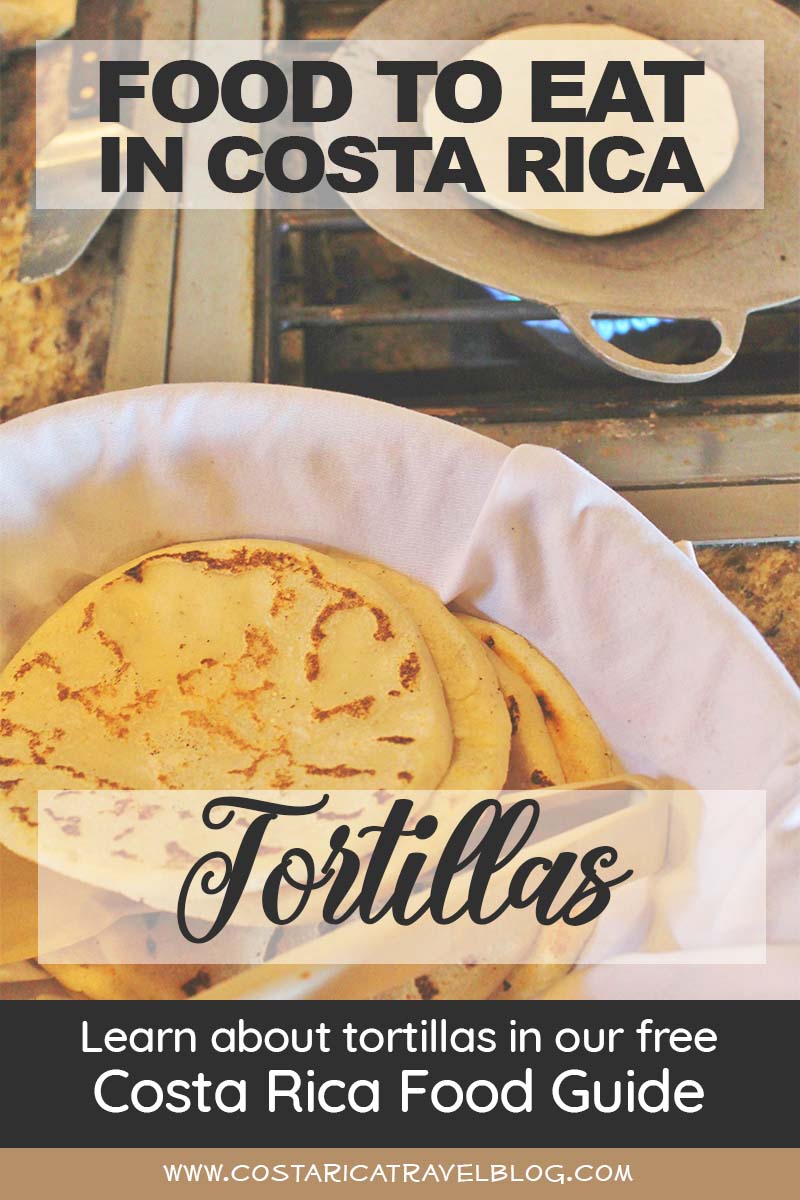
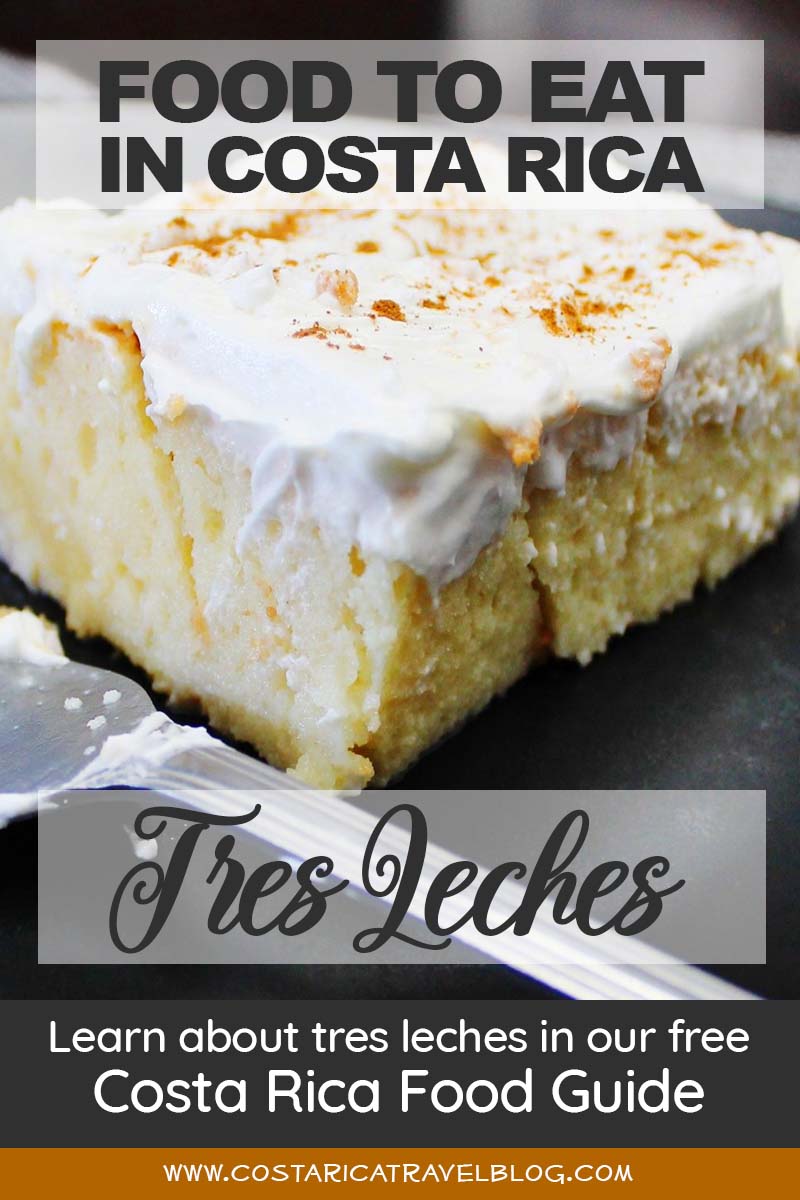
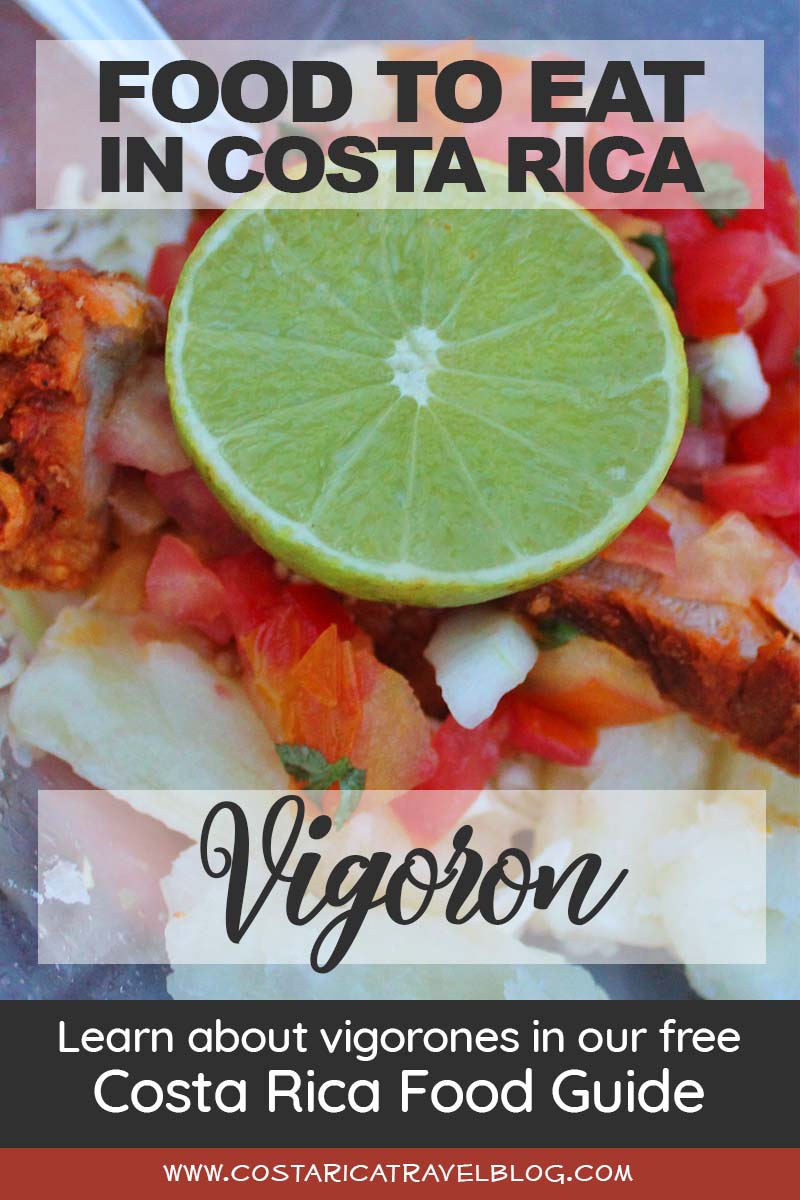
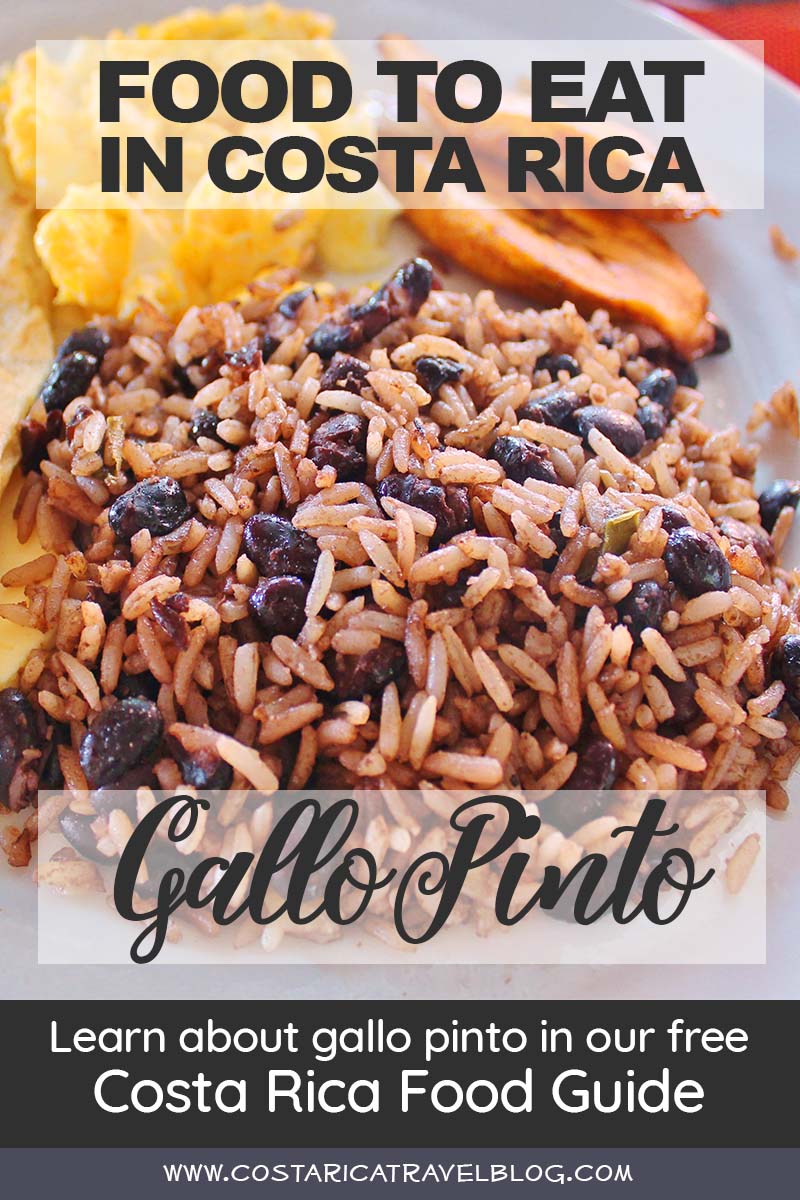









Tagged: costa rica, cuisine, food